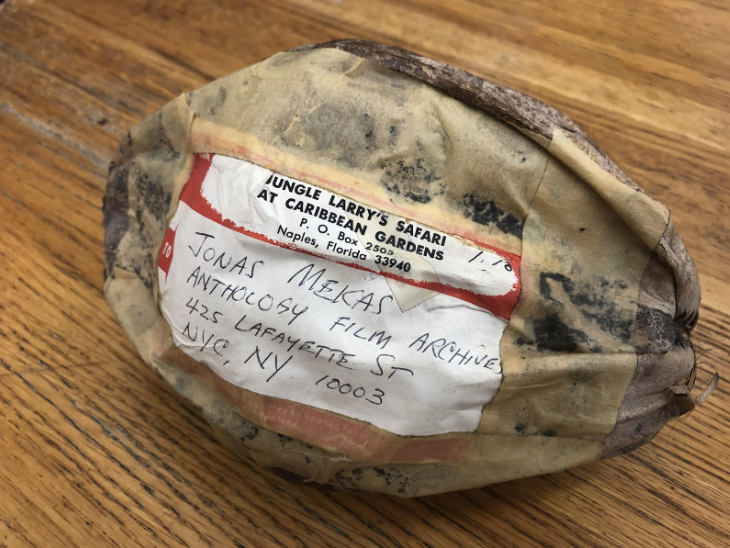A weekly glimpse into the personal archives of the late filmmaker and artist Jonas Mekas, who for over eight decades chronicled his life with typewriter and camera. Ranging from ephemera to video diaries, unseen letters to newly transferred reel-to-reel audio recordings, each week will focus on an item from the archives at its new home at Mana Contemporary in Jersey City.
Jonas Mekas Open Archives
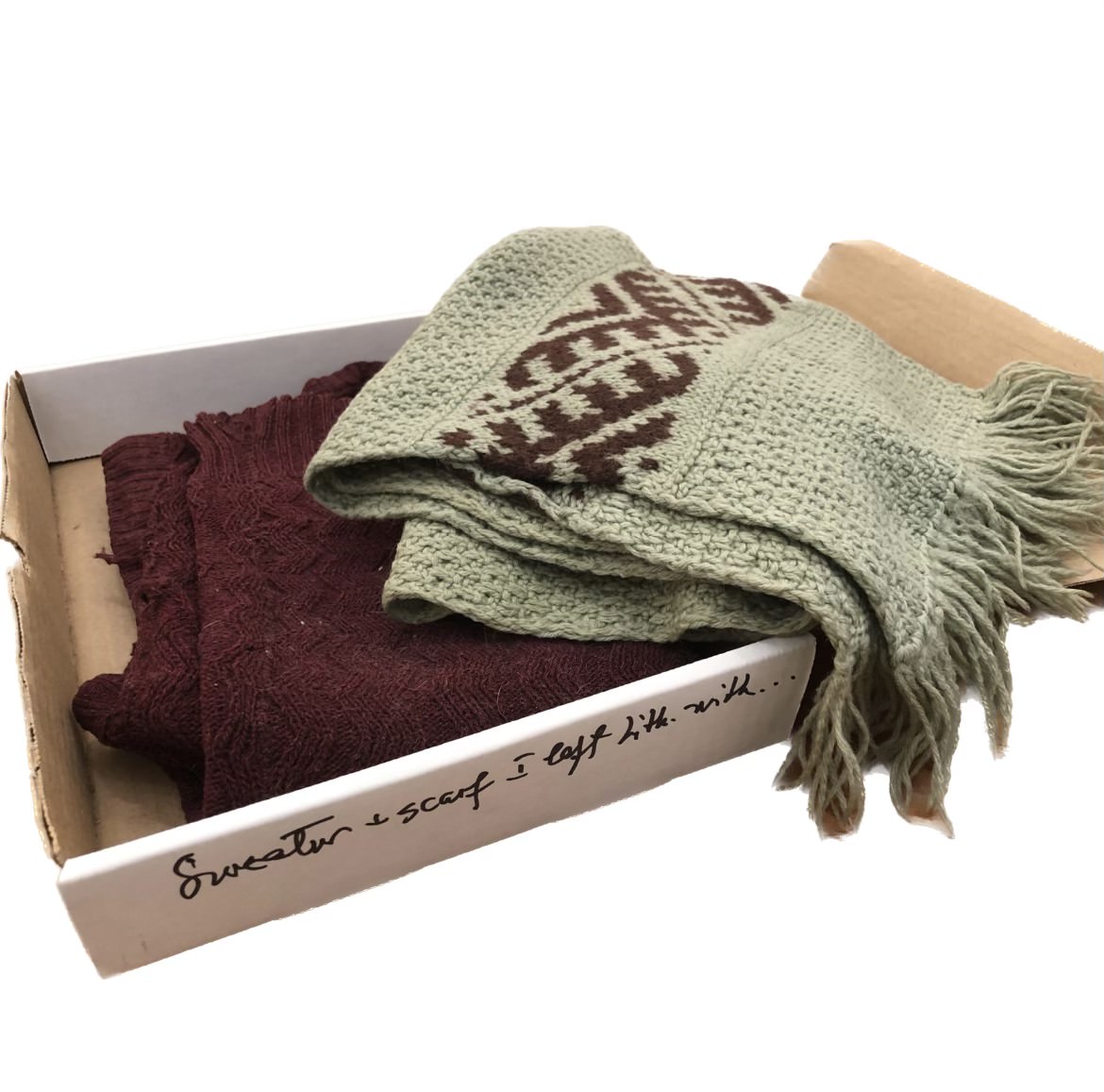
“Sweater and scarf I left Lithuania with…”
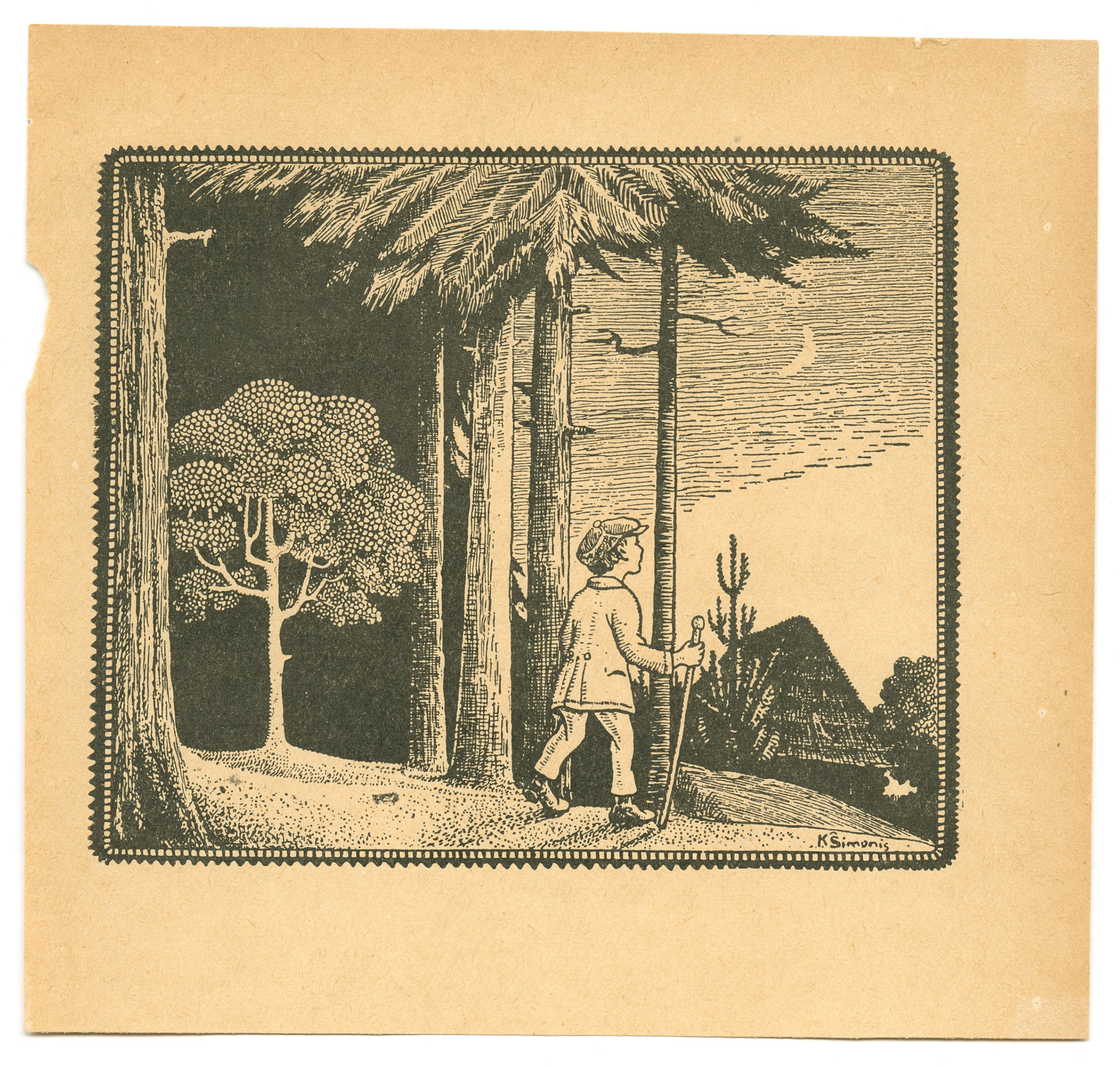
“This picture by Kazys Šimonas, as it appeared in SAULUTE (the SUN), a monthly magazine for children, summarized the dreams of my childhood. I always saw the boy in the picture as myself. That was me, in that picture, walking out in the wide, mysterious world…”
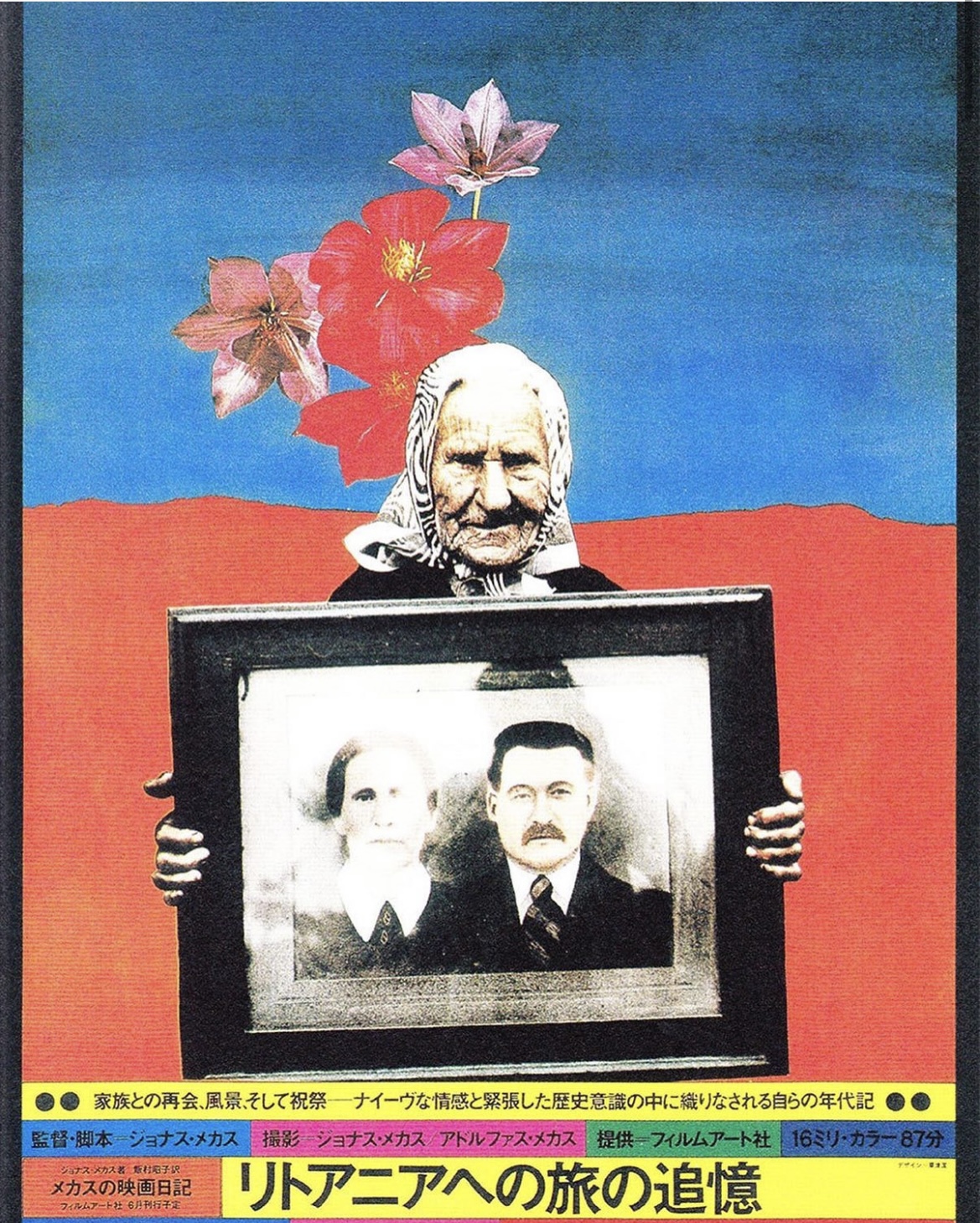
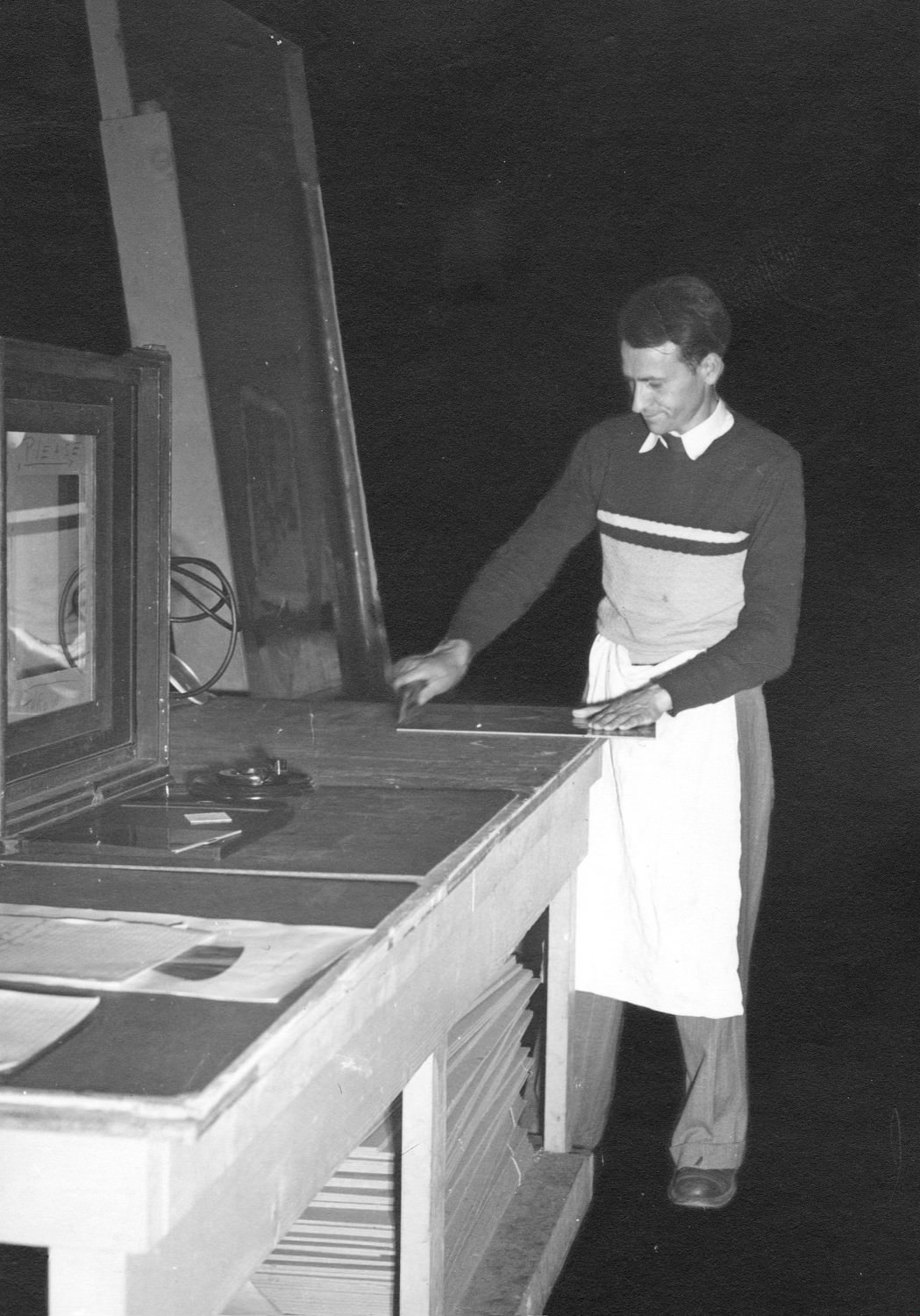
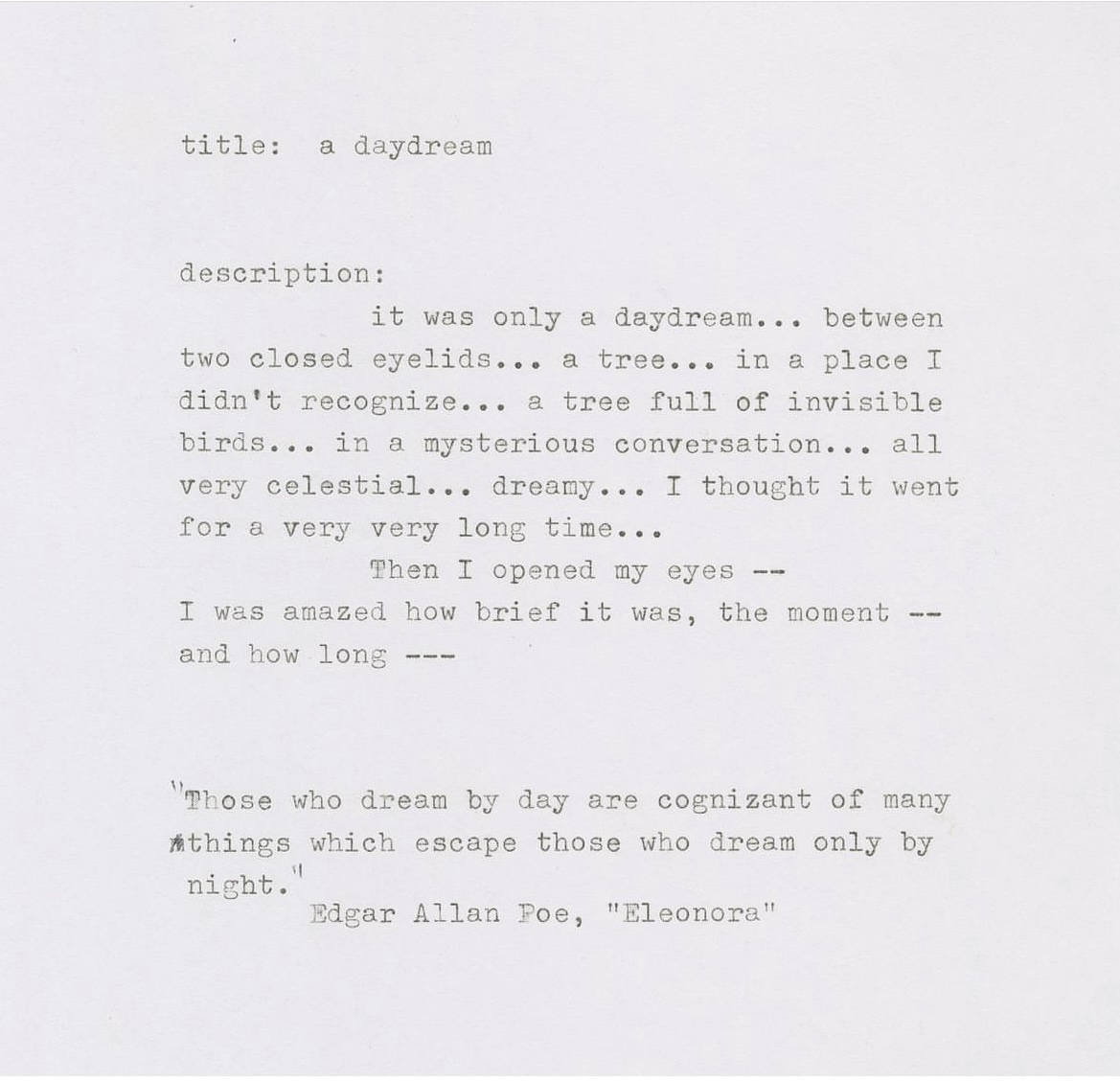
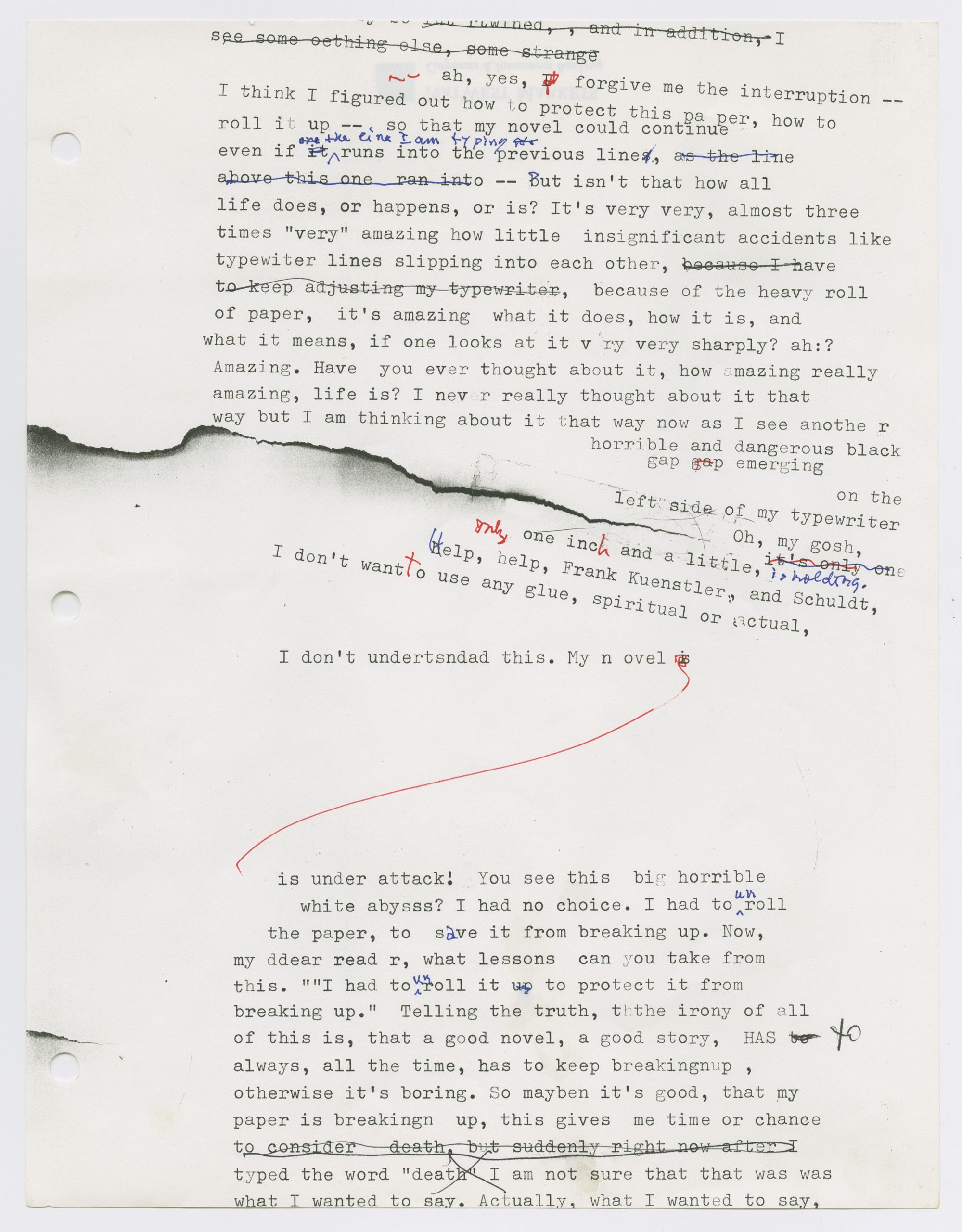
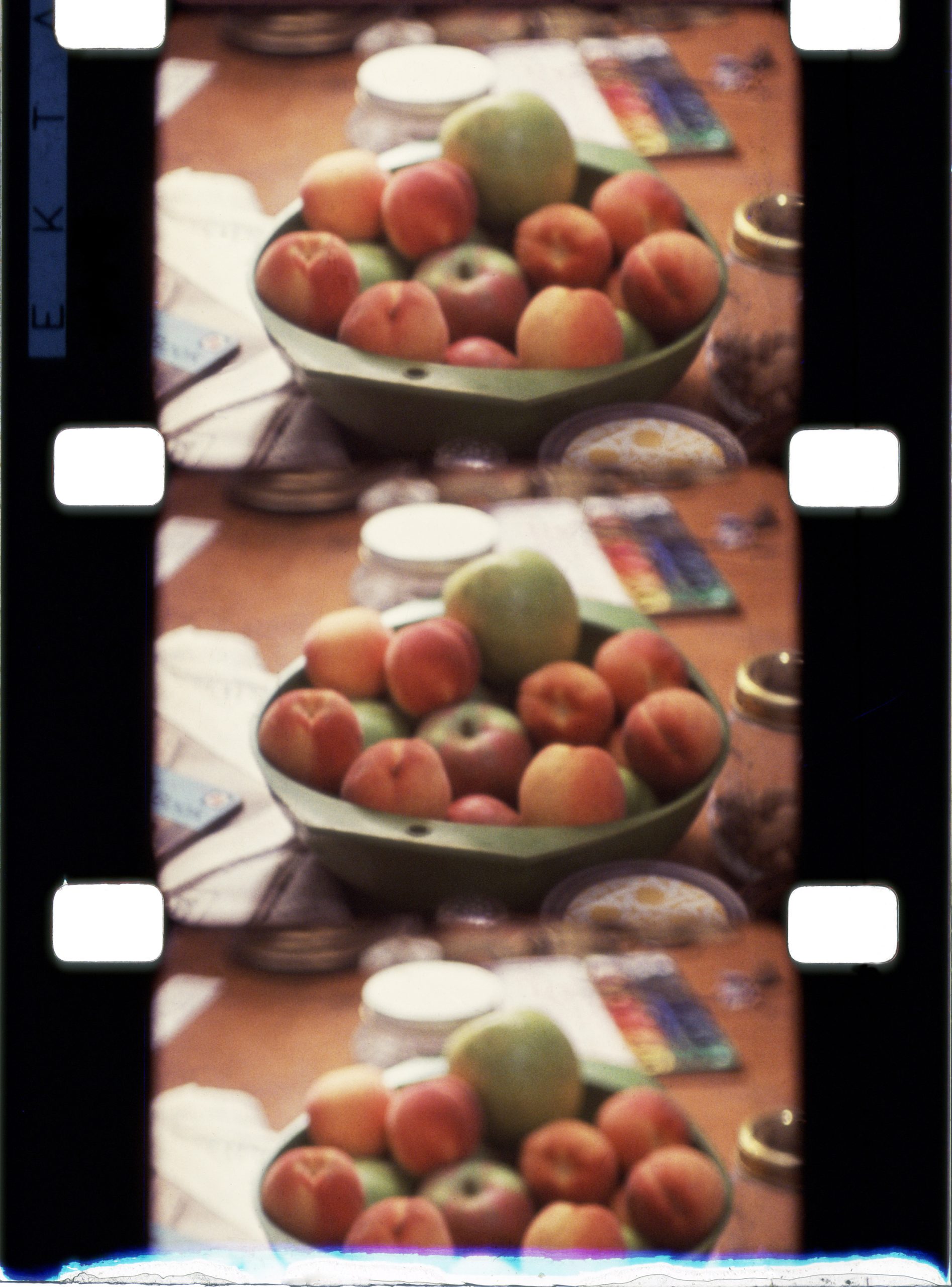
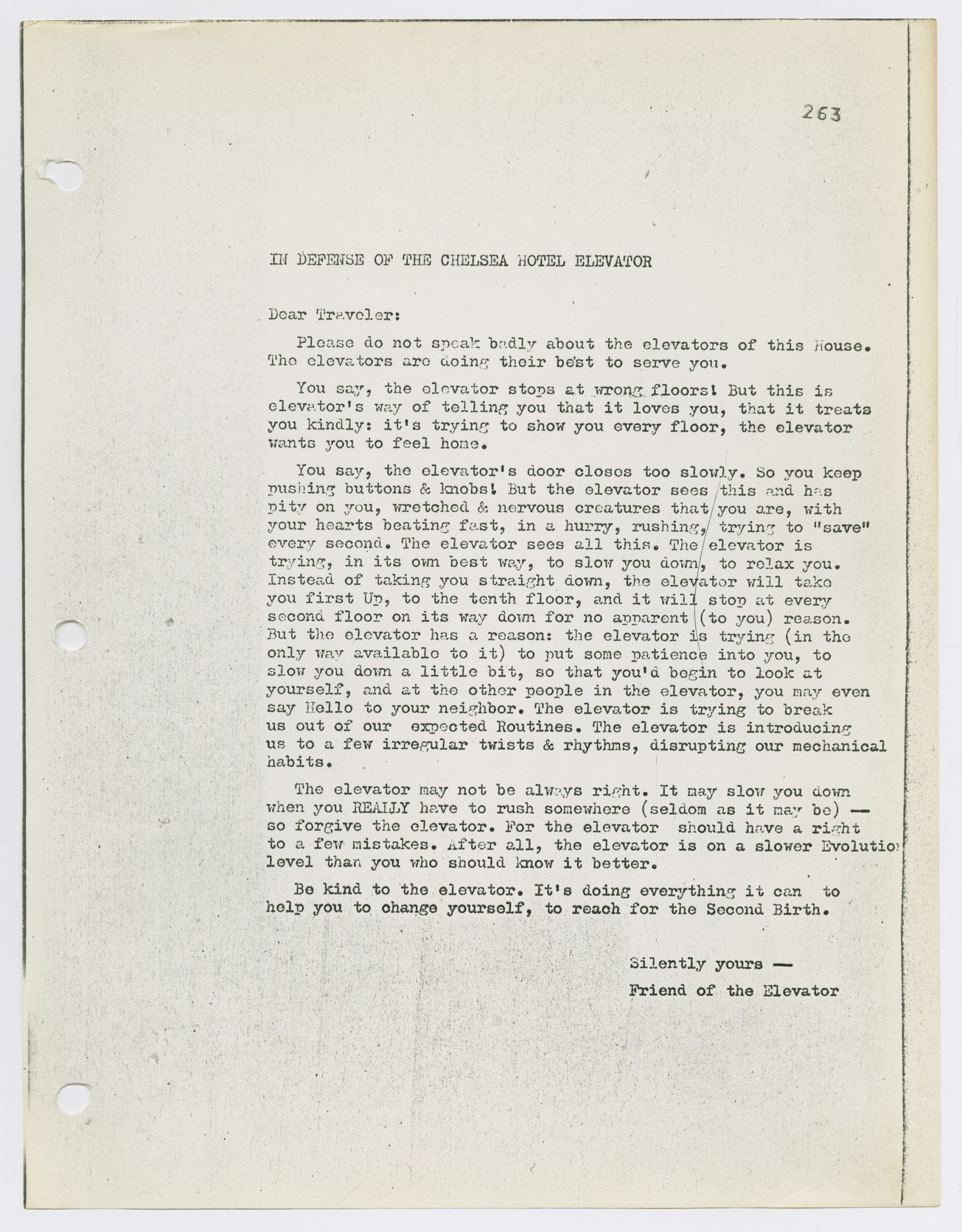
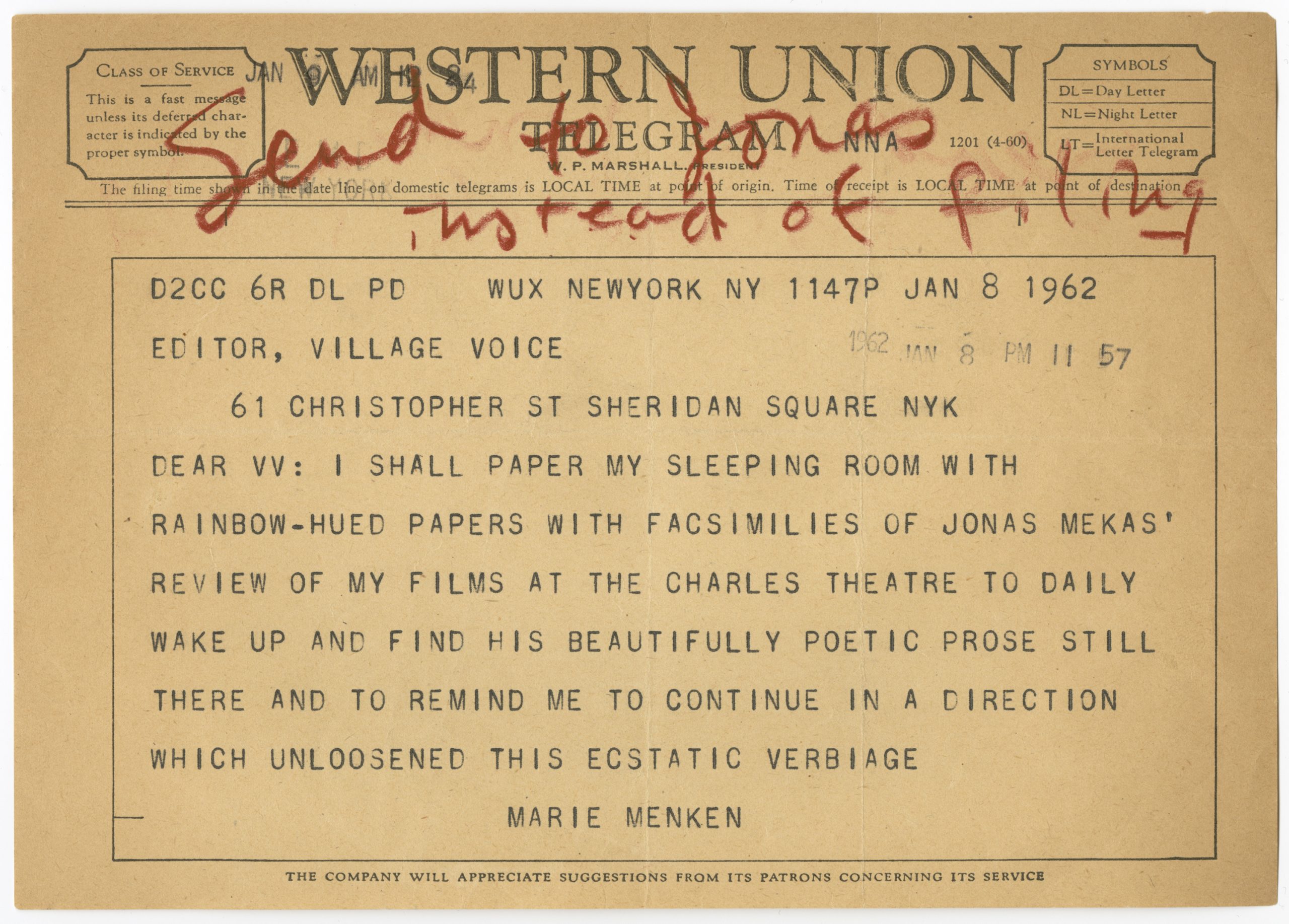
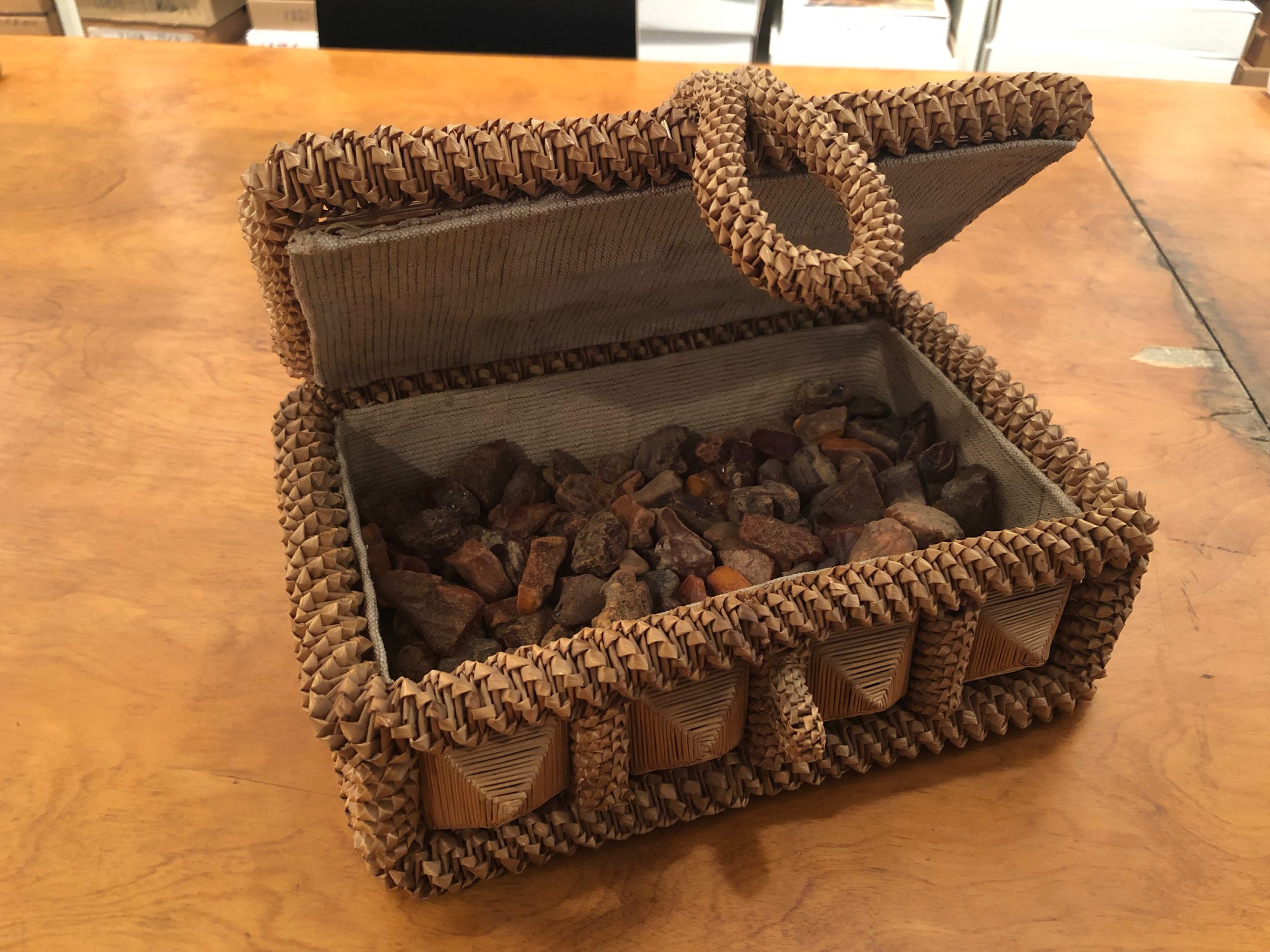
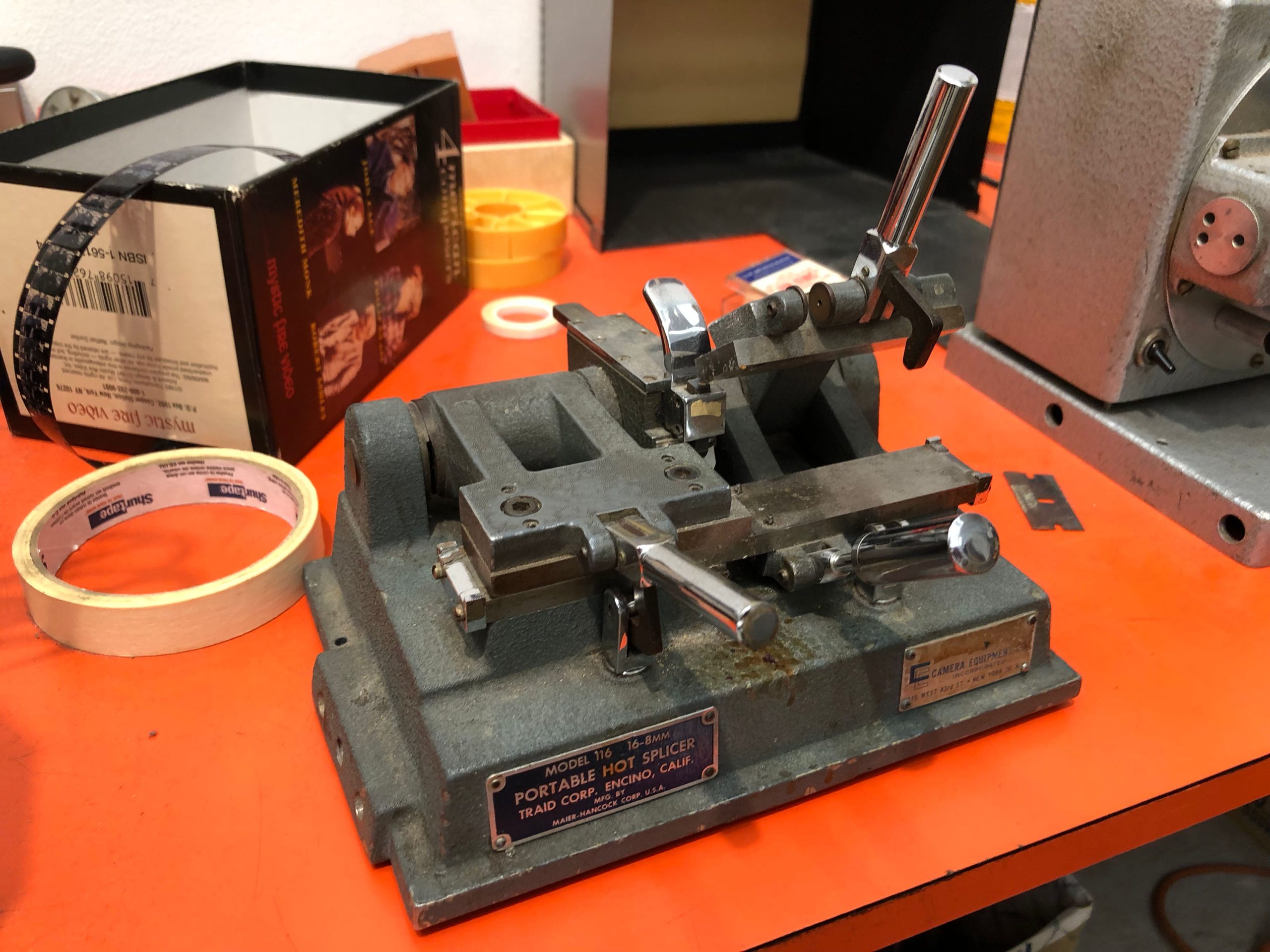
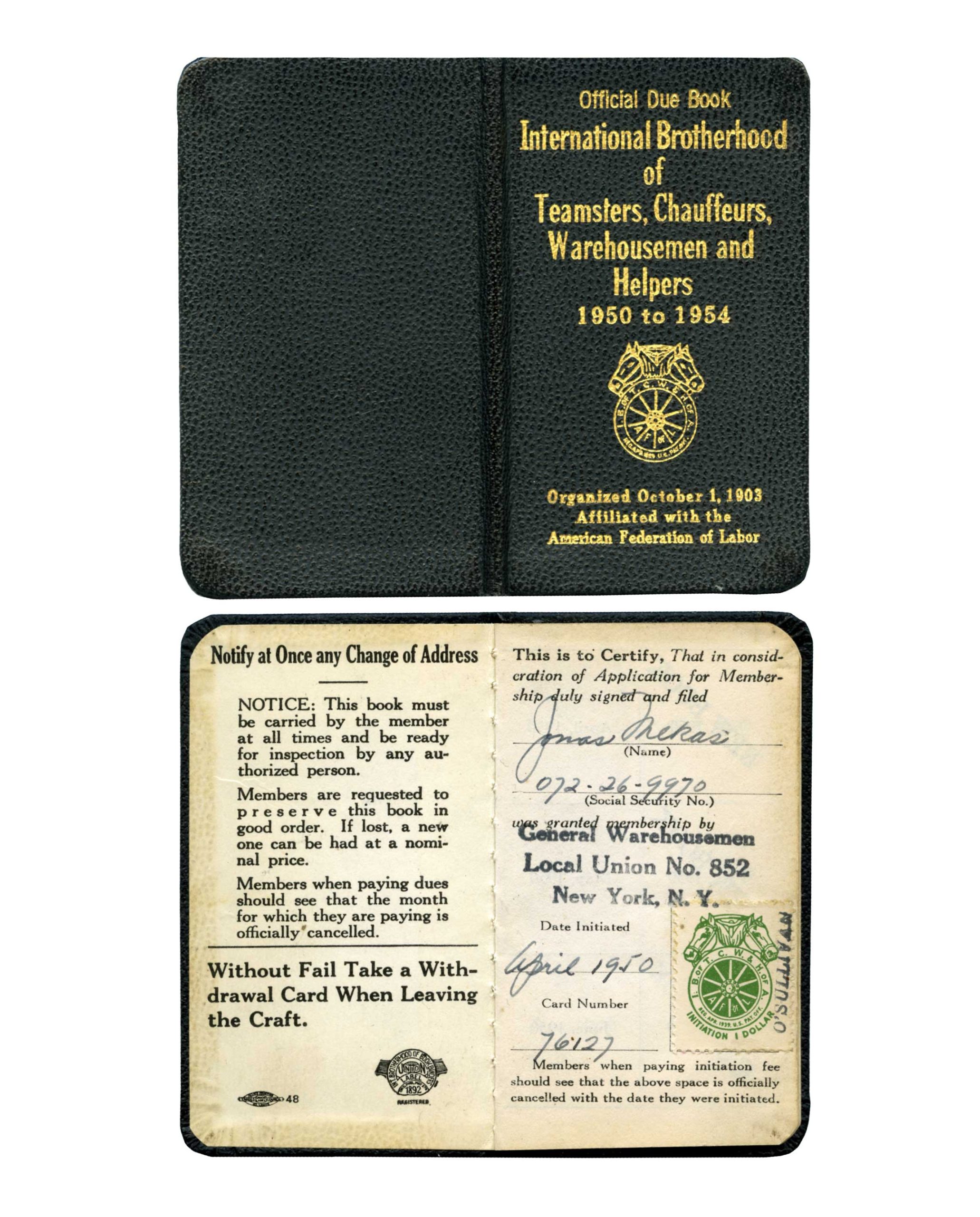
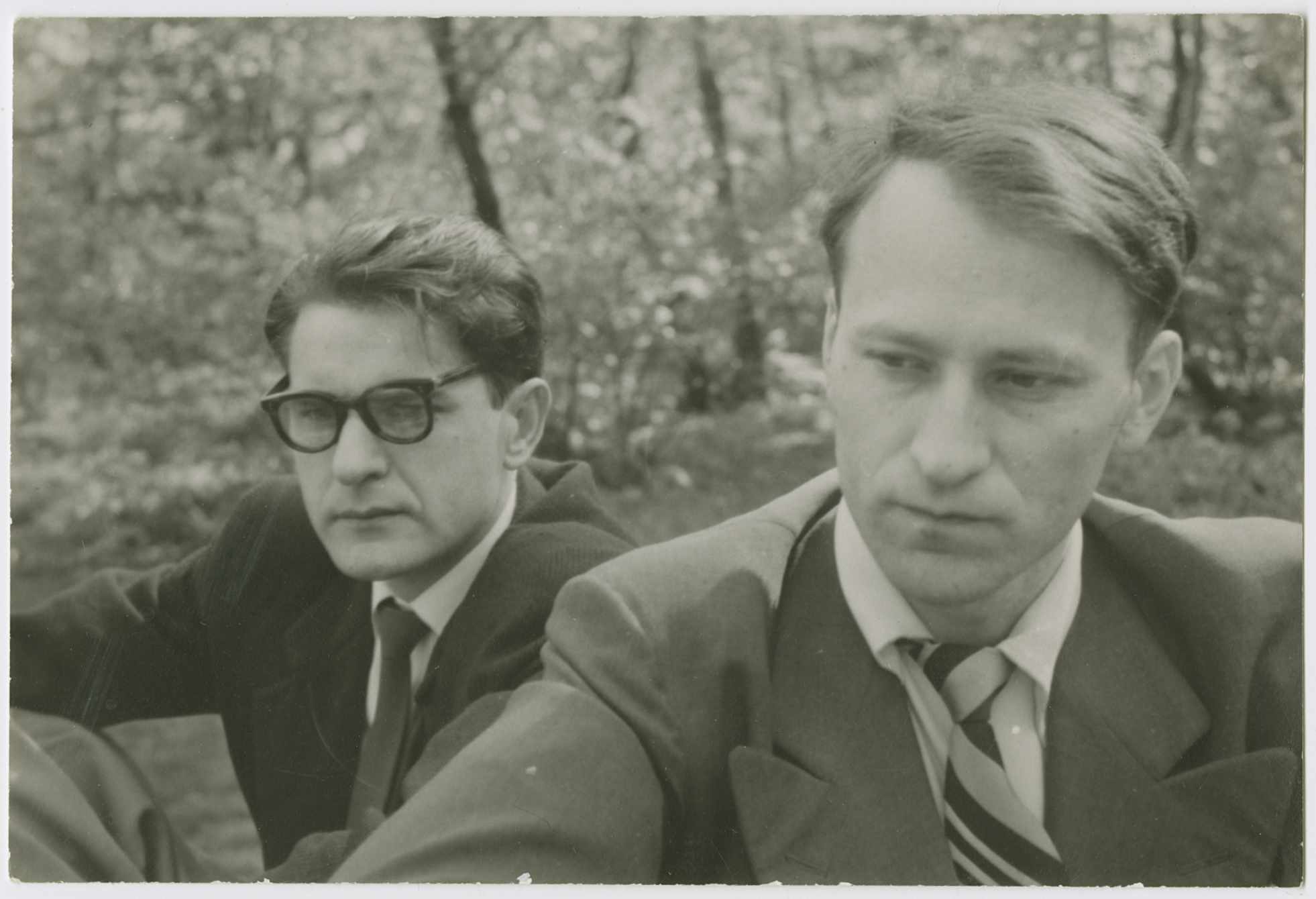
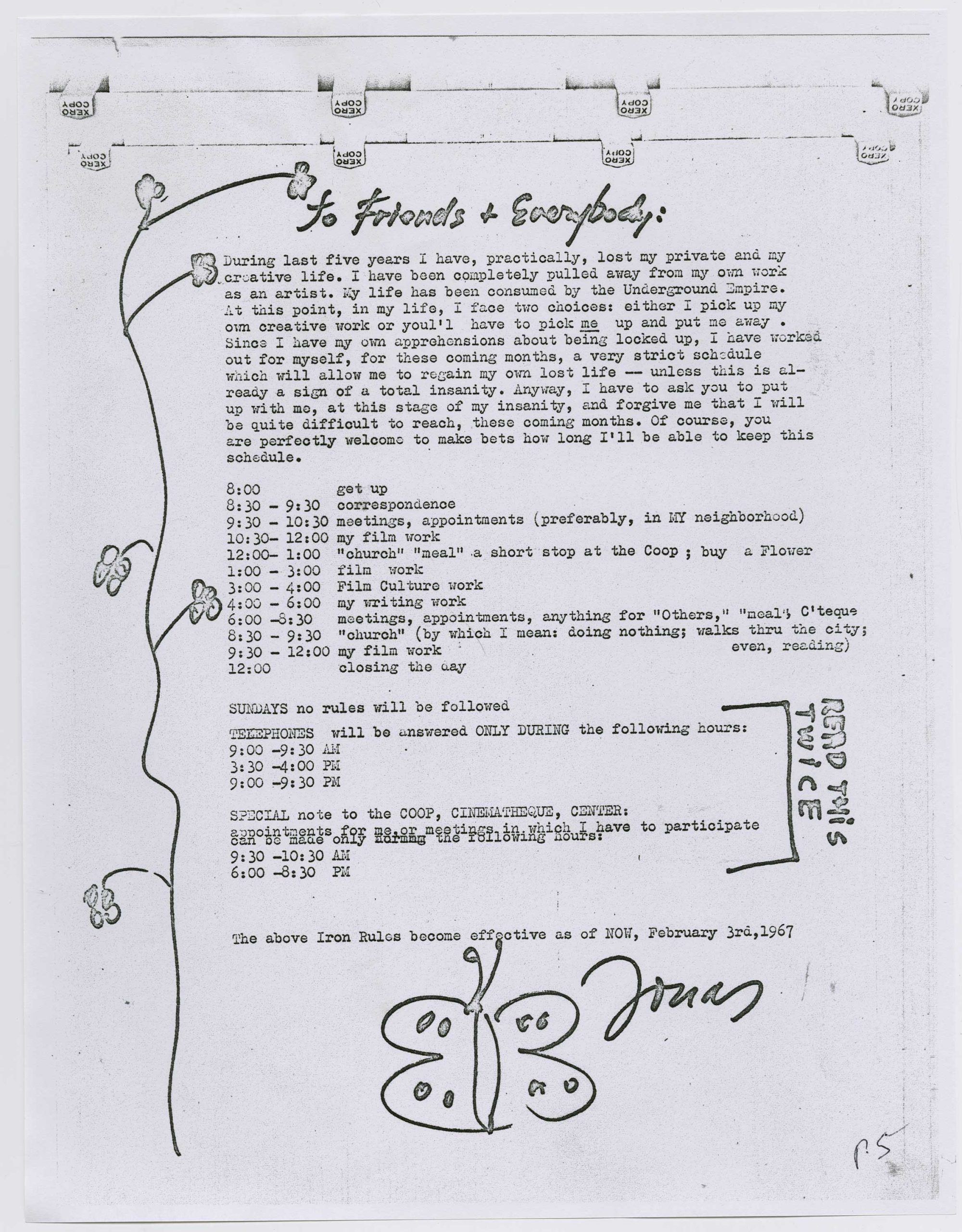
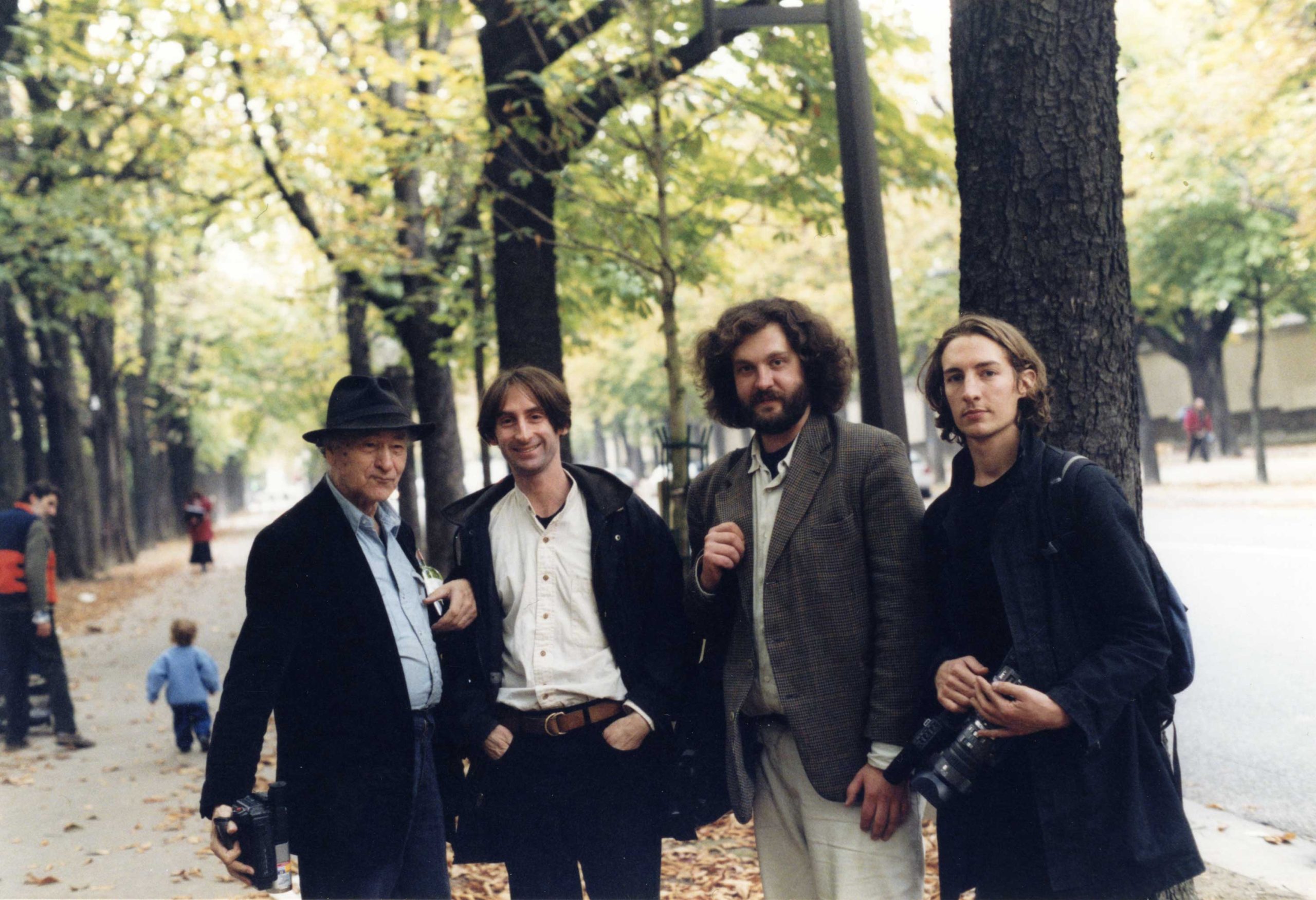
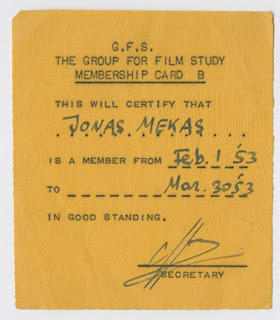
Just after arriving in New York City in October 1949, Jonas began to thoroughly immerse himself in the city’s active film scene. He saved many of his membership cards from the period, such as this one for Gideon Bachmann’s Group for Film Study.
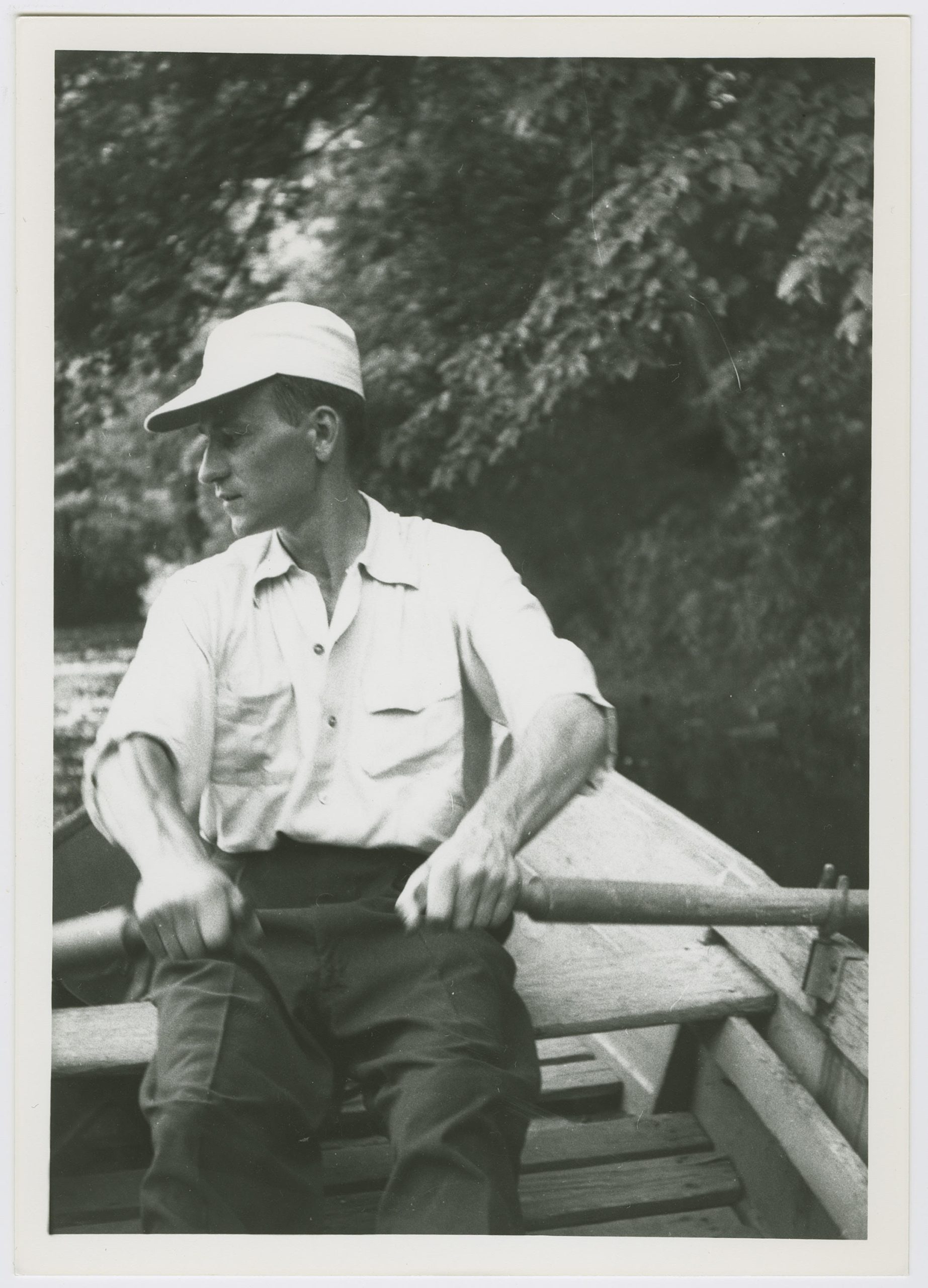
C. 1955.
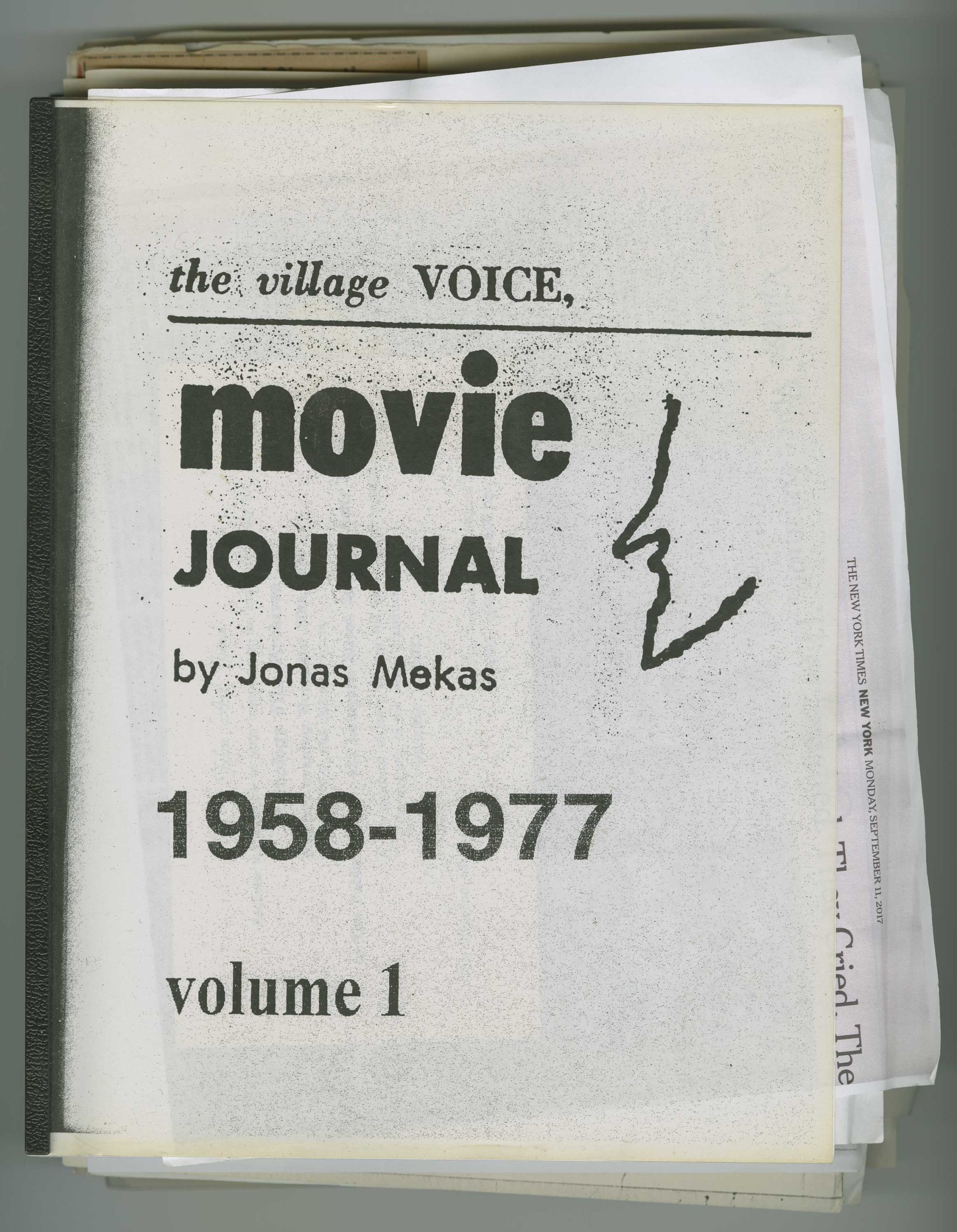
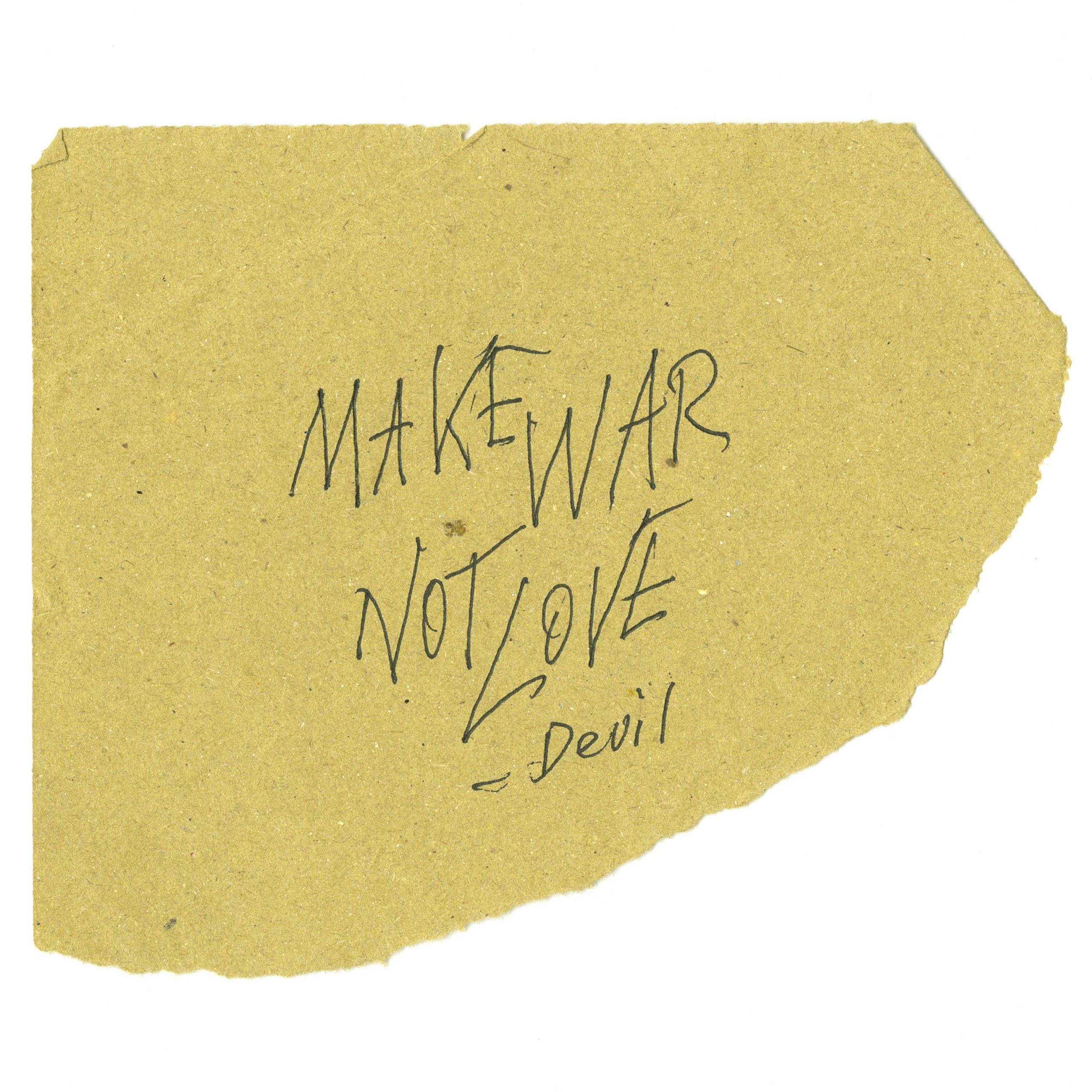
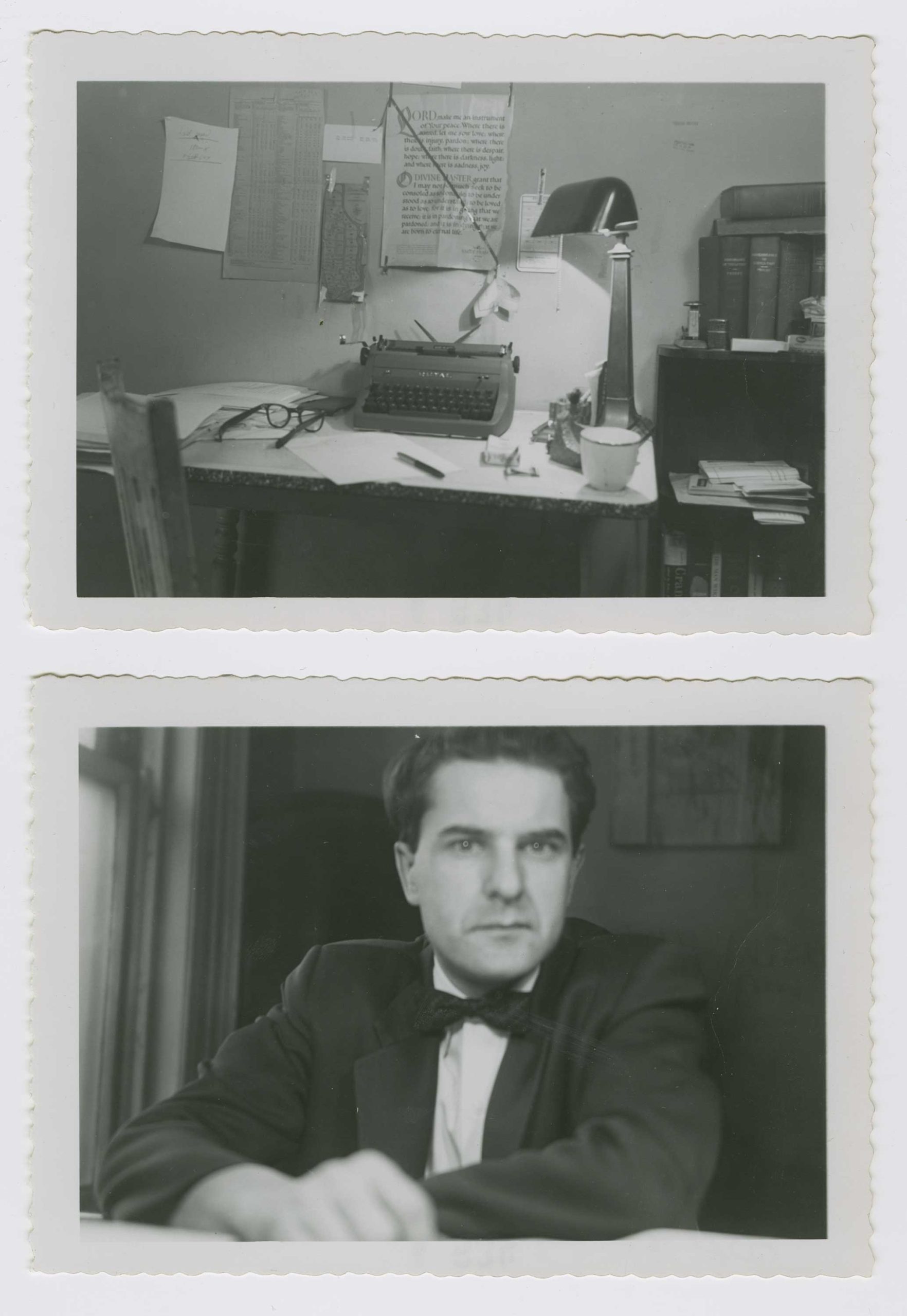
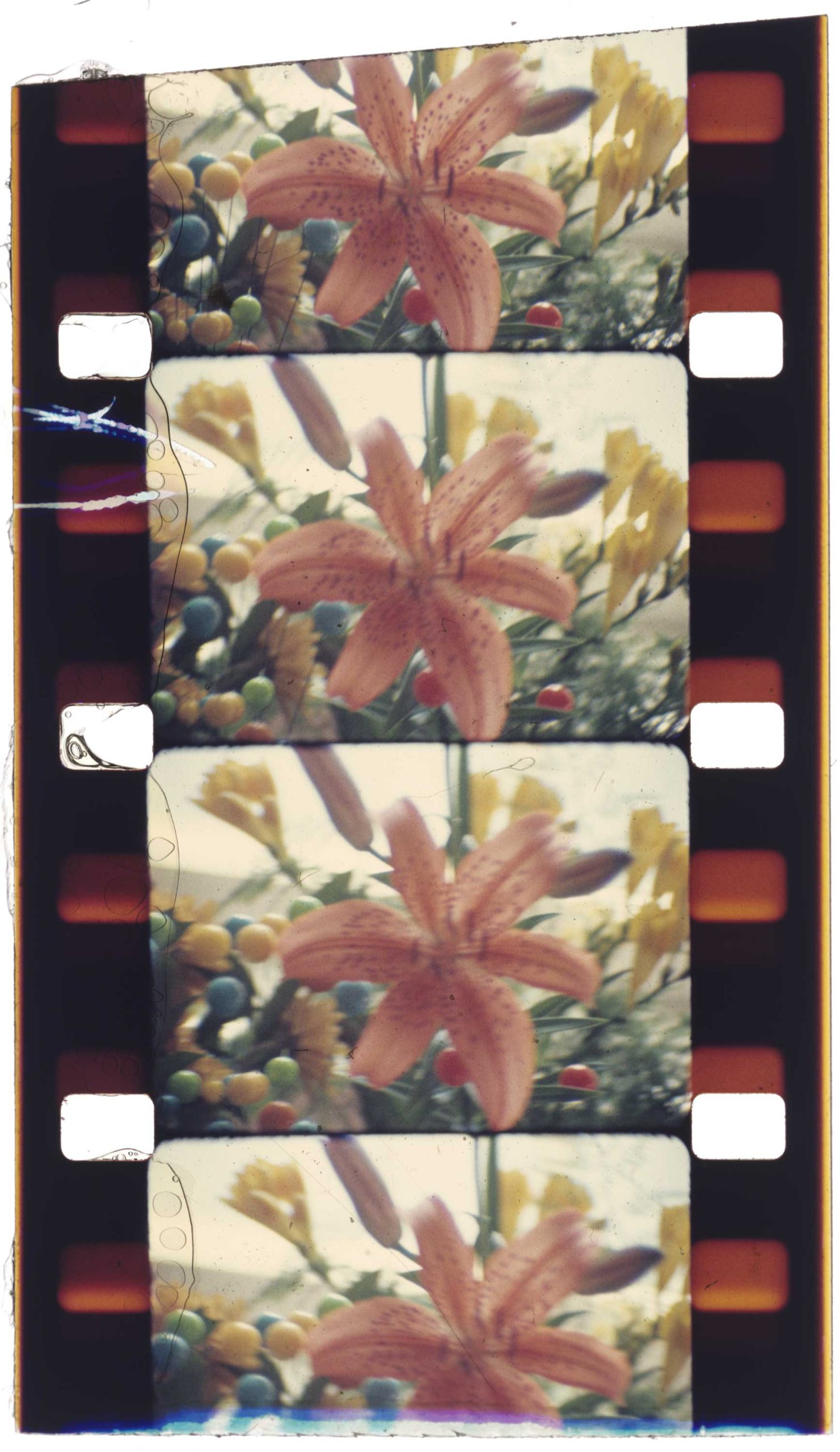
Untitled fragment of 16mm film. One of the hundreds of “rillettes” that Jonas collected while splicing and editing his films.
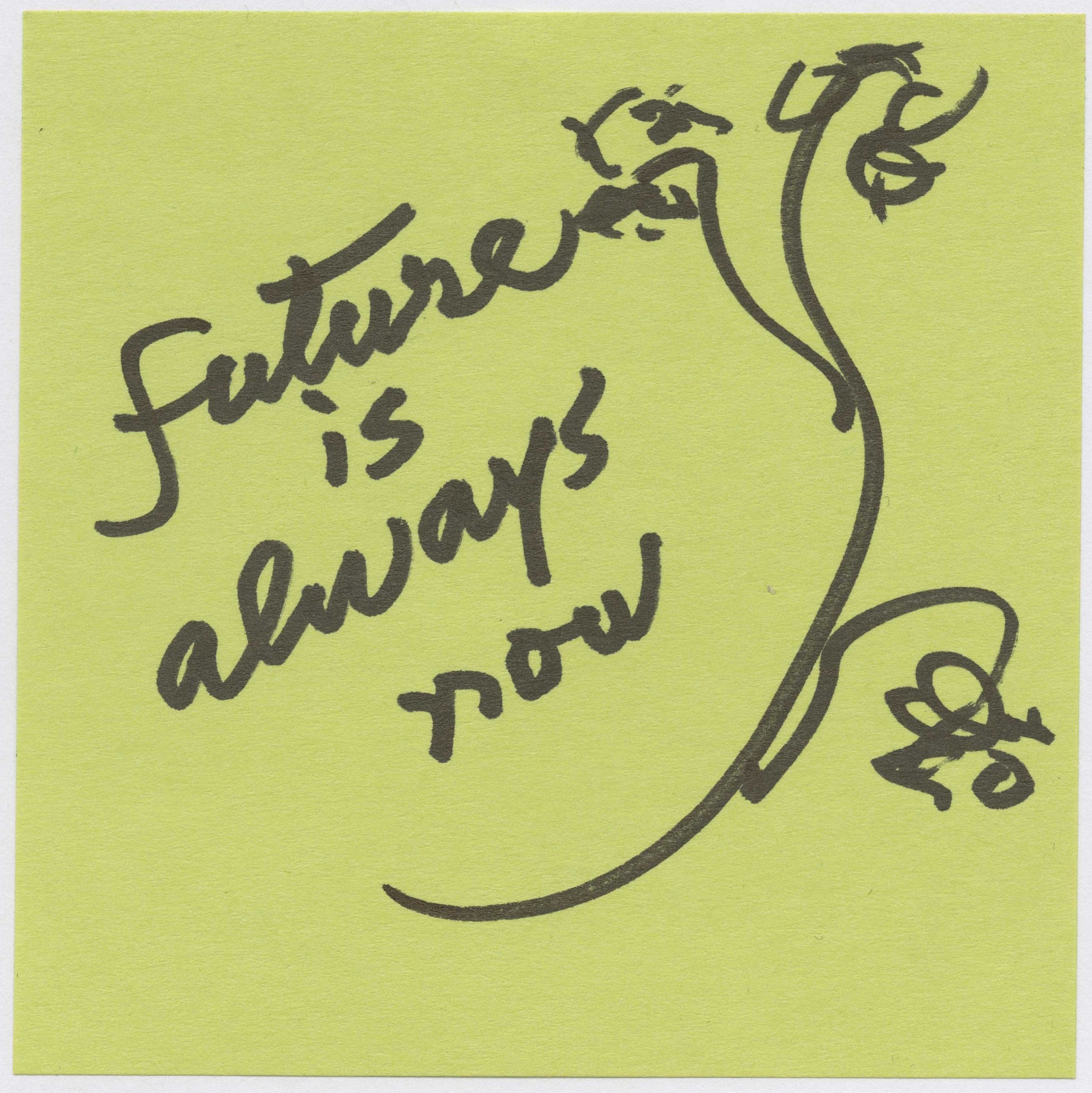
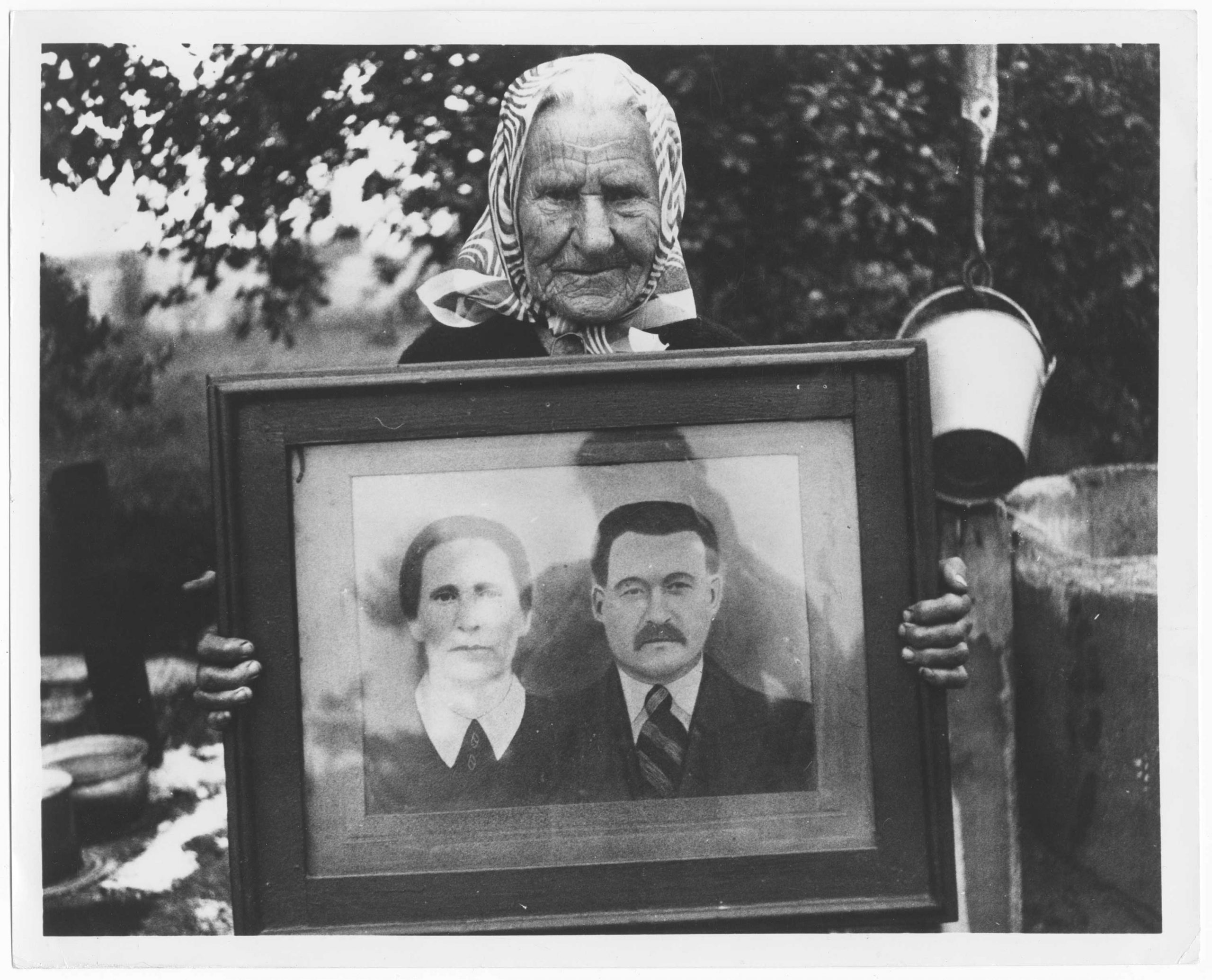
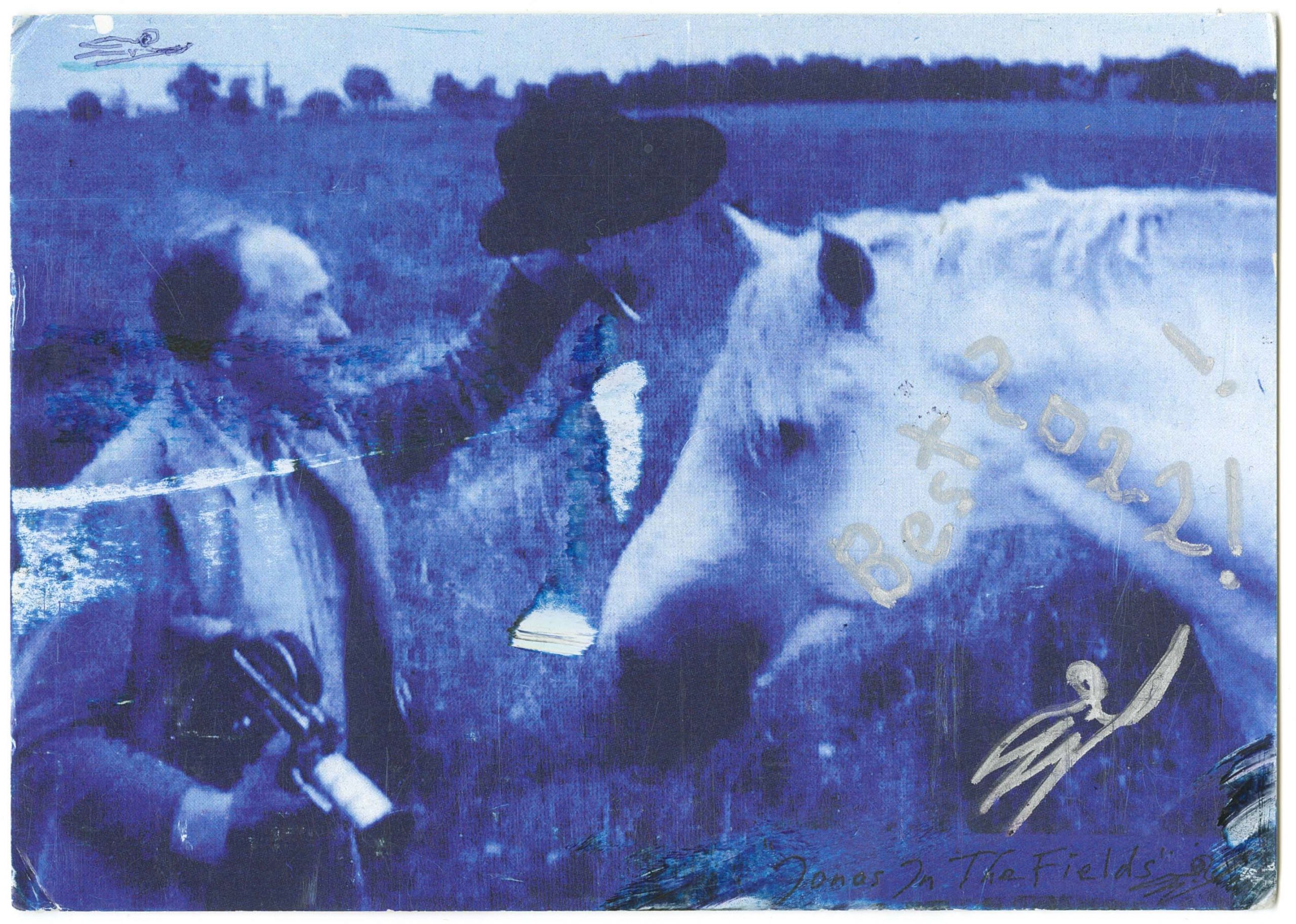
A postcard from Peter Sempel, with a still from his fourth and latest film portrait on Jonas, “Jonas in the Fields.” Meeting the white horse, in fields near Biržai.
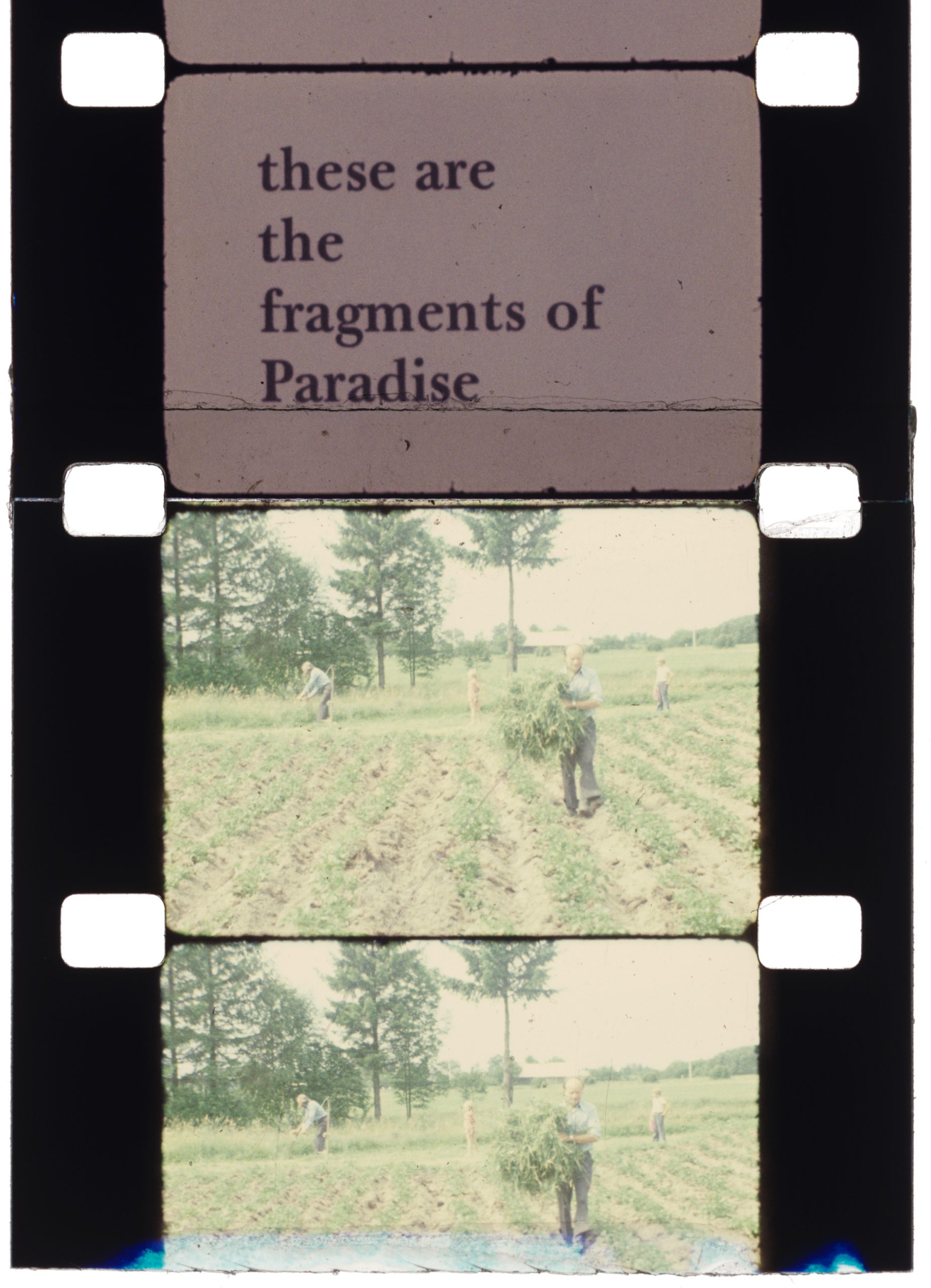
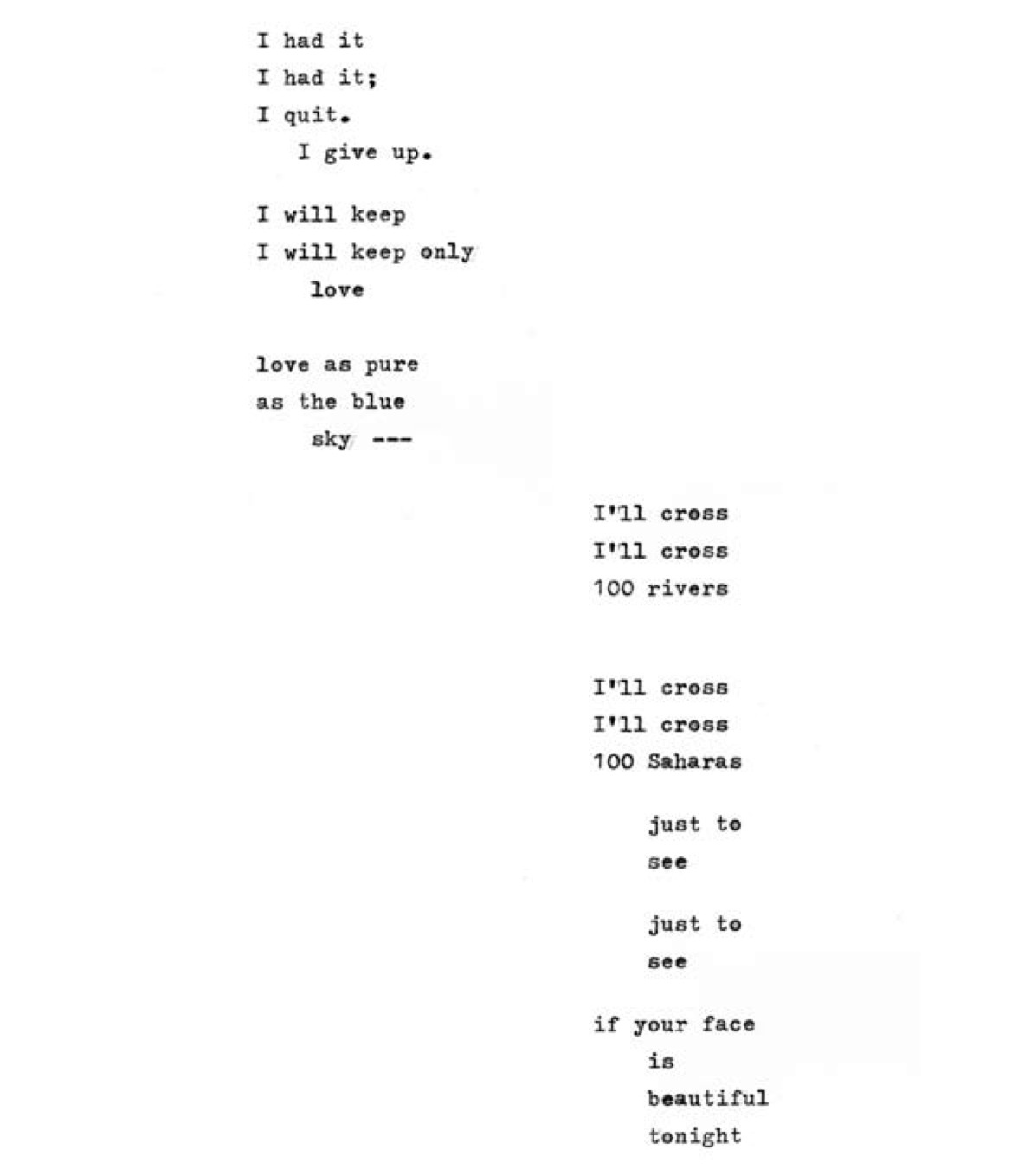
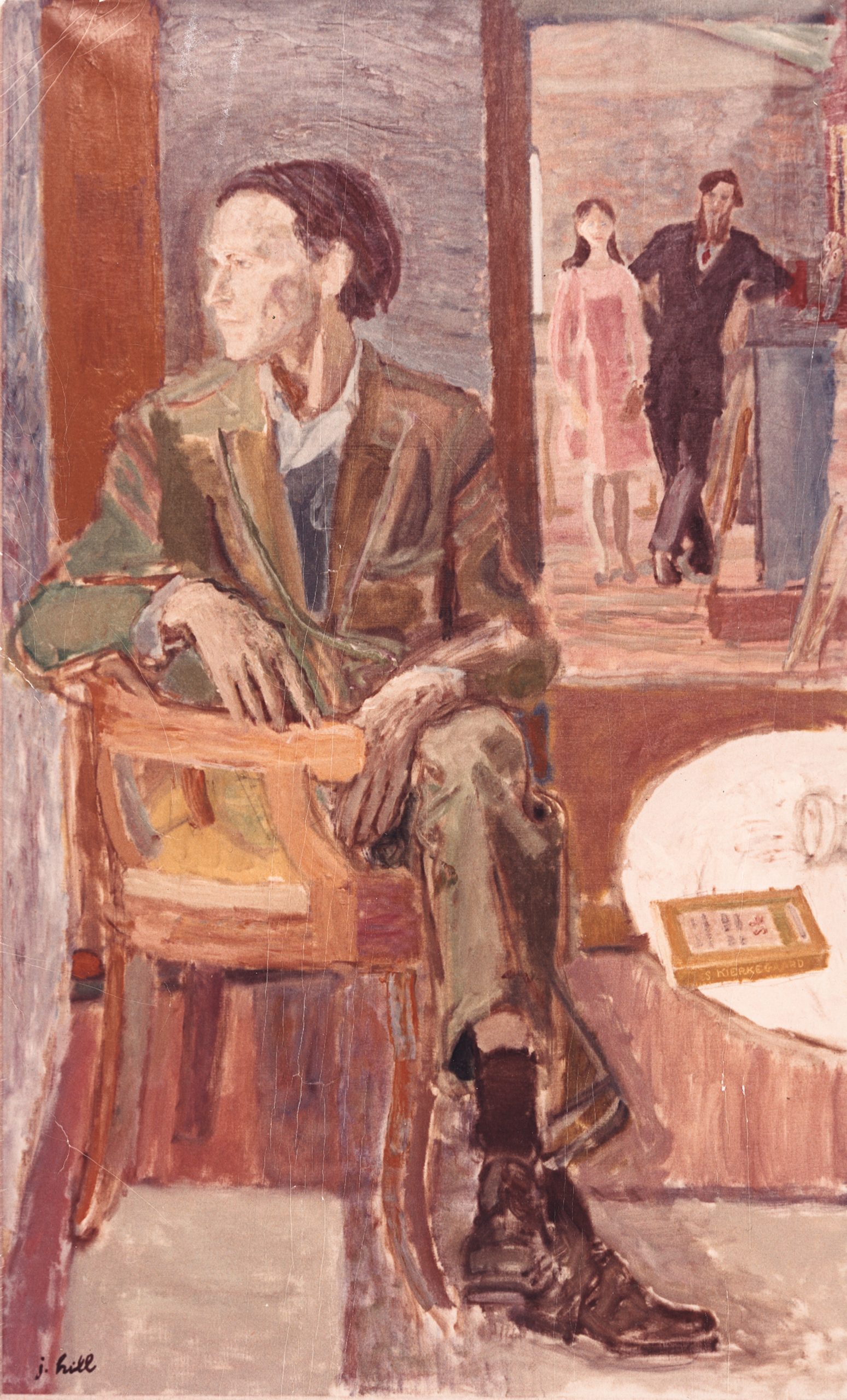
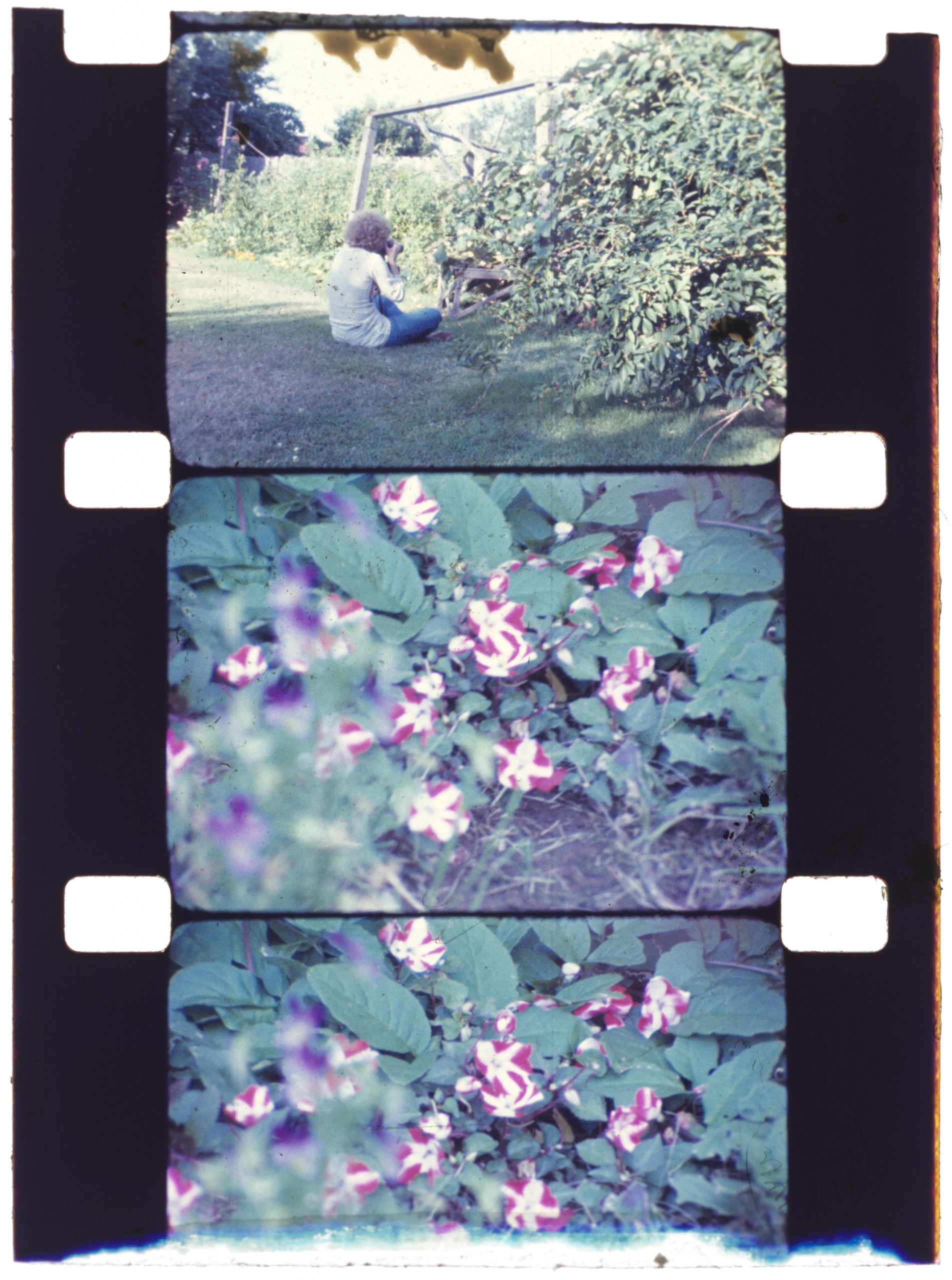
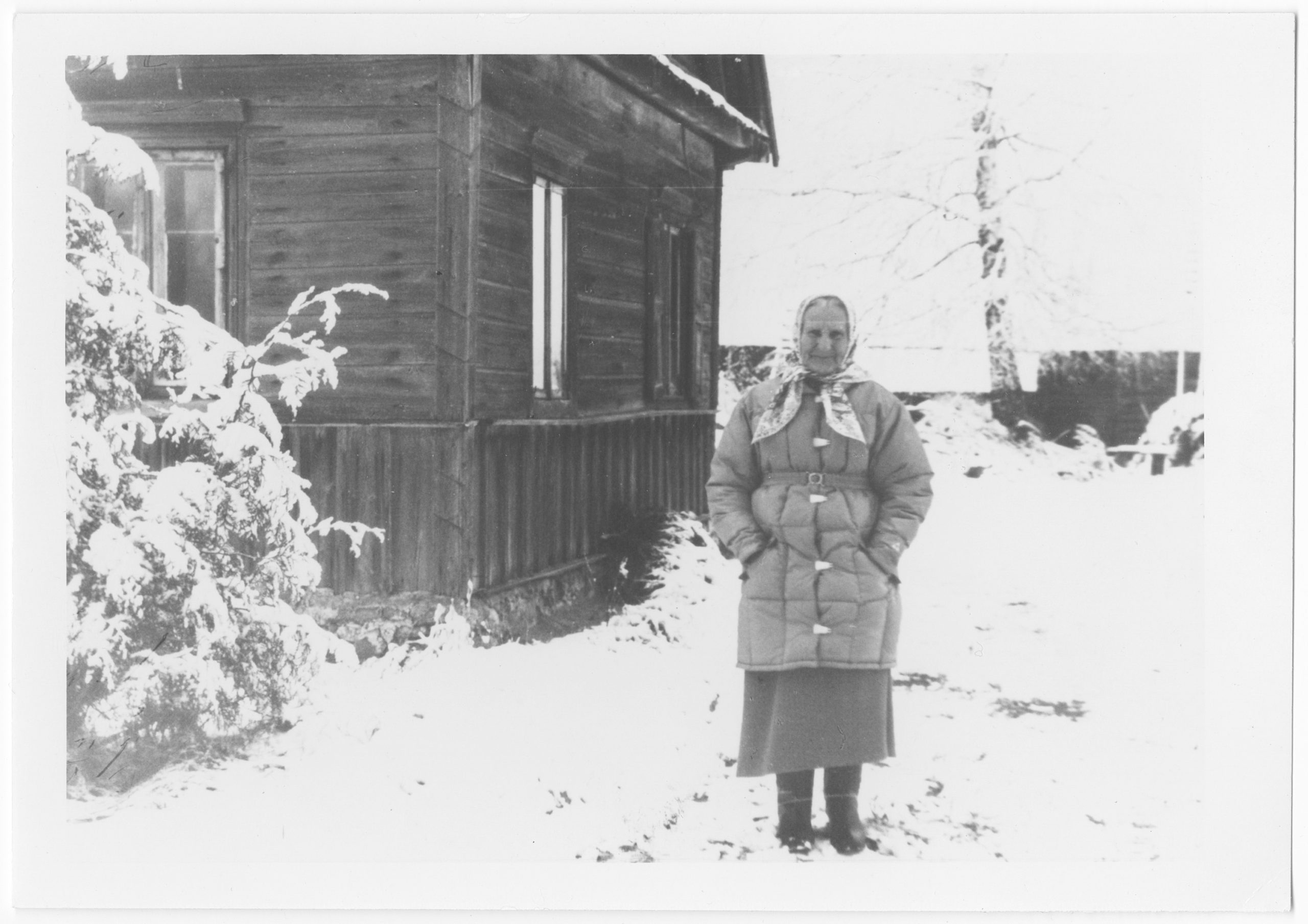
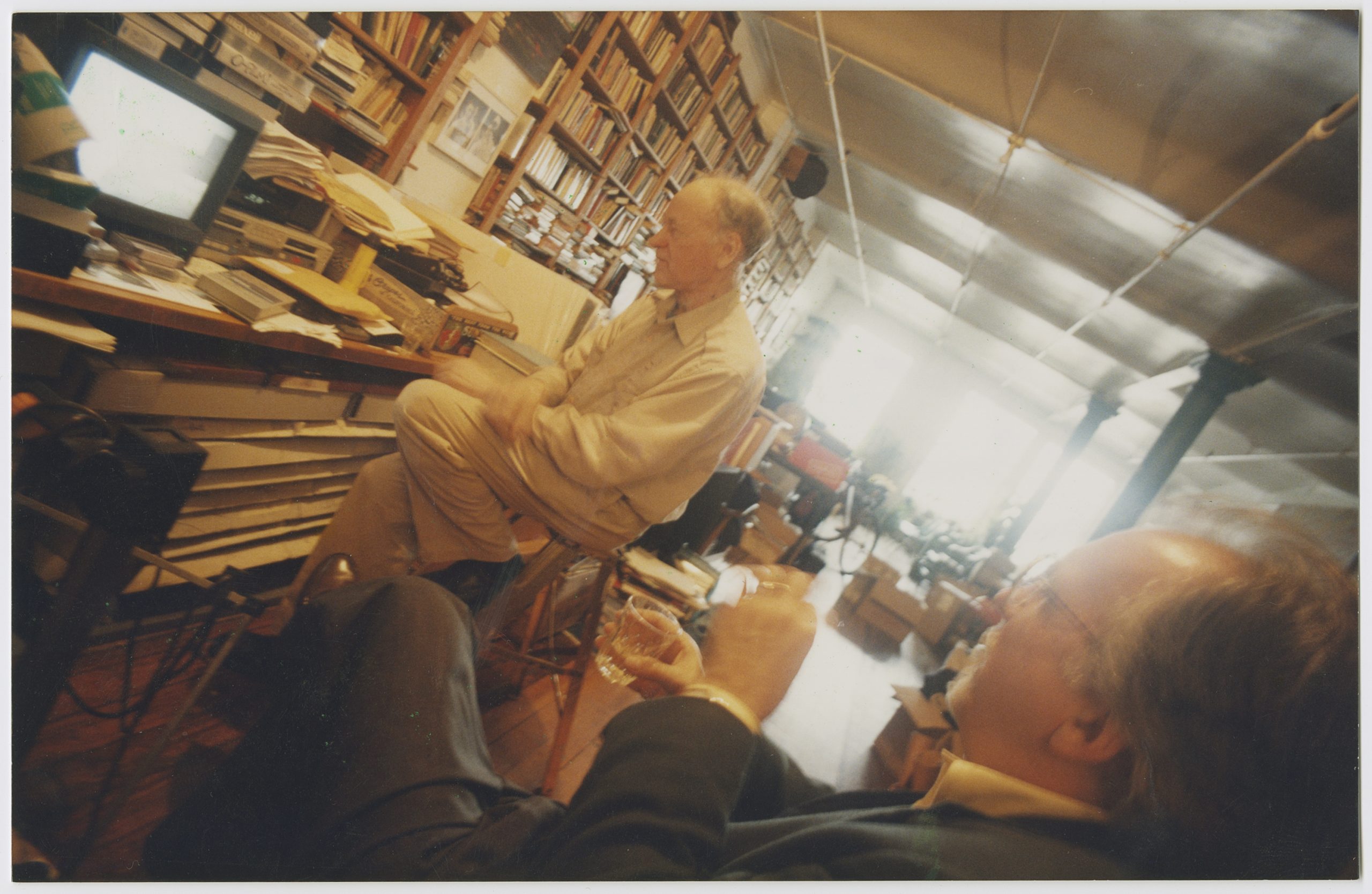
Jonas at his video editing table, c. 2000 in Soho. Photo by Giuseppe Zevola.
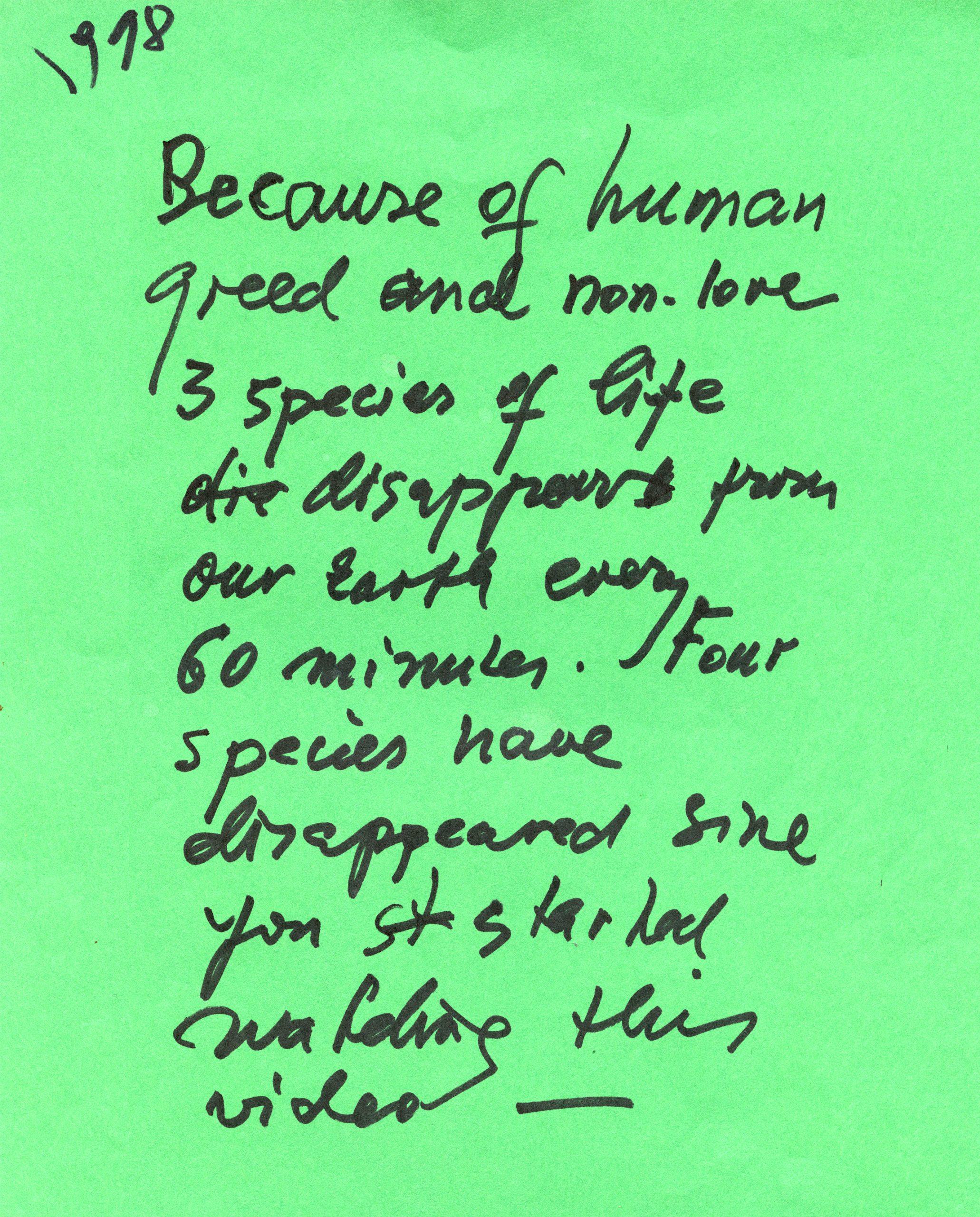

This year marks 15 years since Jonas embarked on his 365 Day Project, in which he made a new online video every day of the year. The page here shows the 2009 presentation of the work at agnès b.’s Galerie du Jour in Paris – presented on twelve monitors, one for each month. It was taken from a binder that Jonas assembled with notes and images regarding his many art installations.
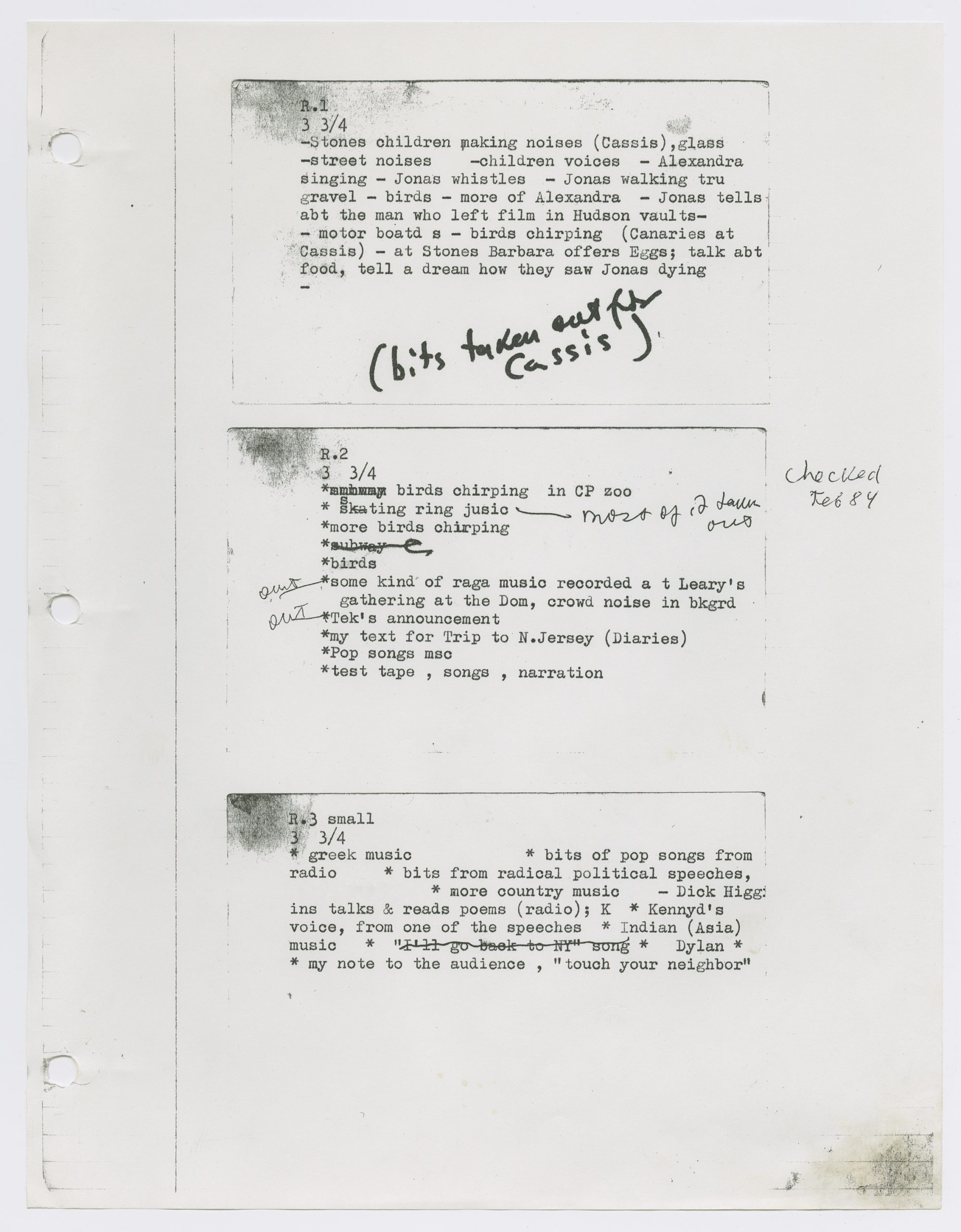
Aside from working with film and video, Jonas collected thousands of hours of audio recordings. This page is the description of the very first three reel-to-reel recordings that he indexed.
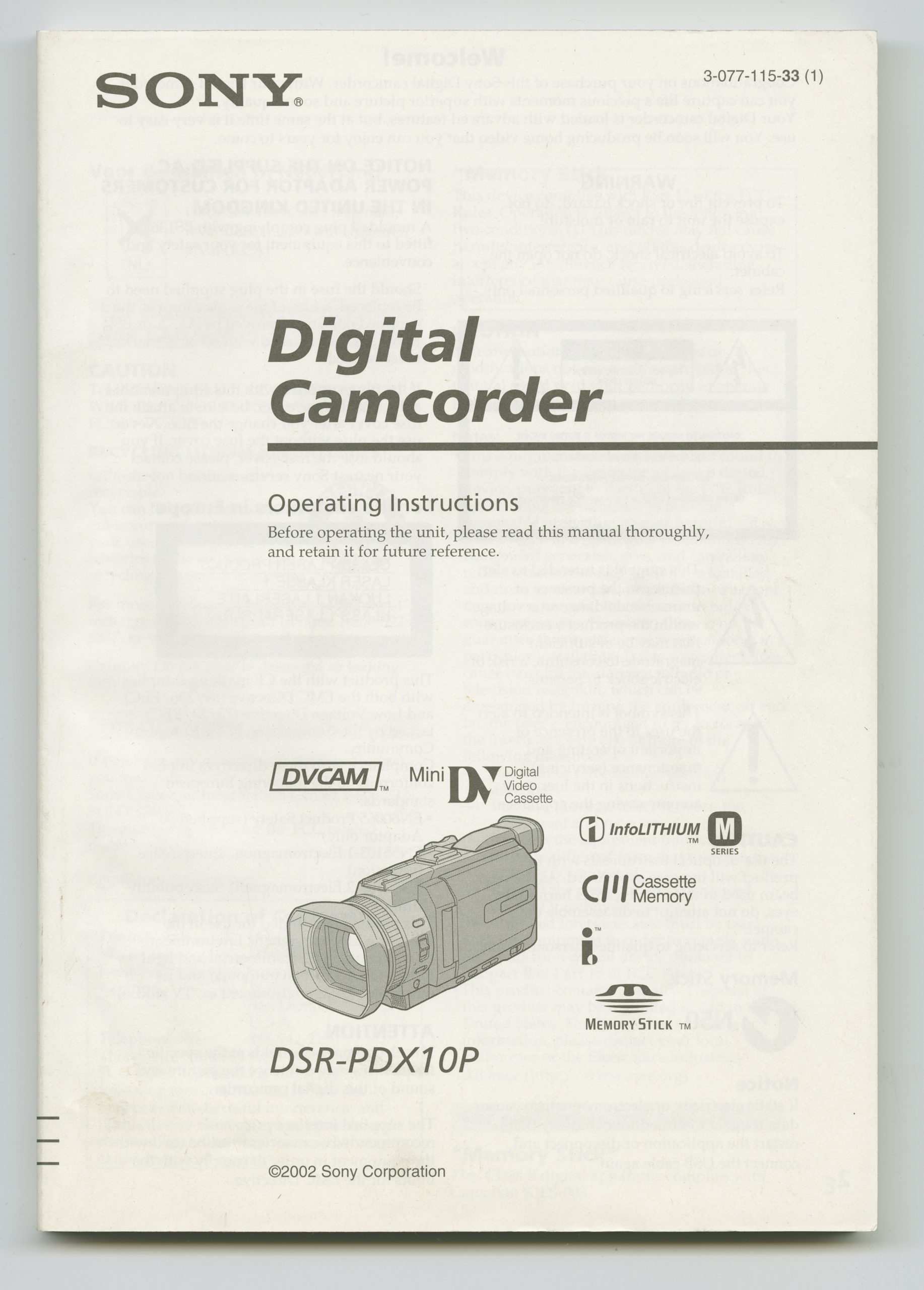
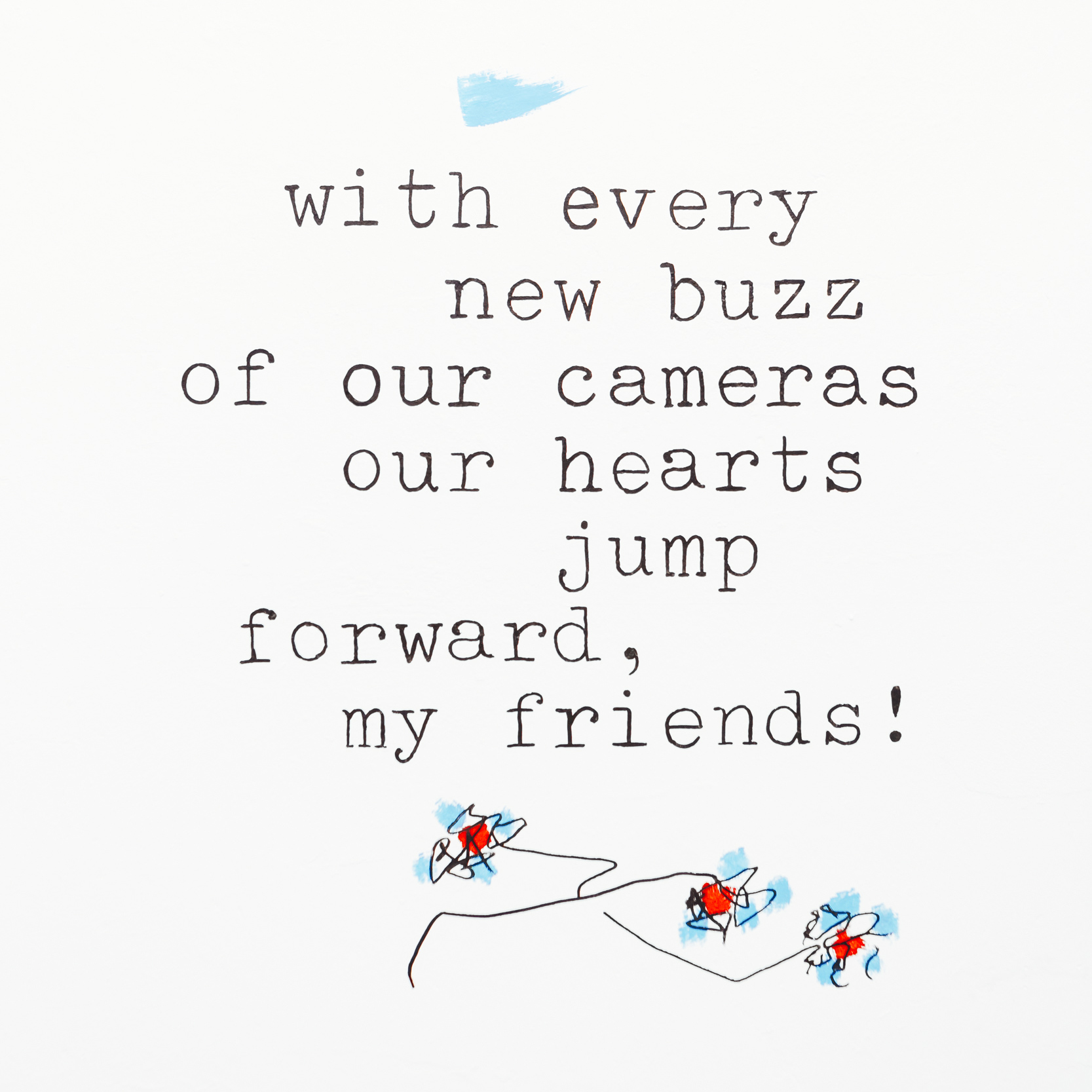
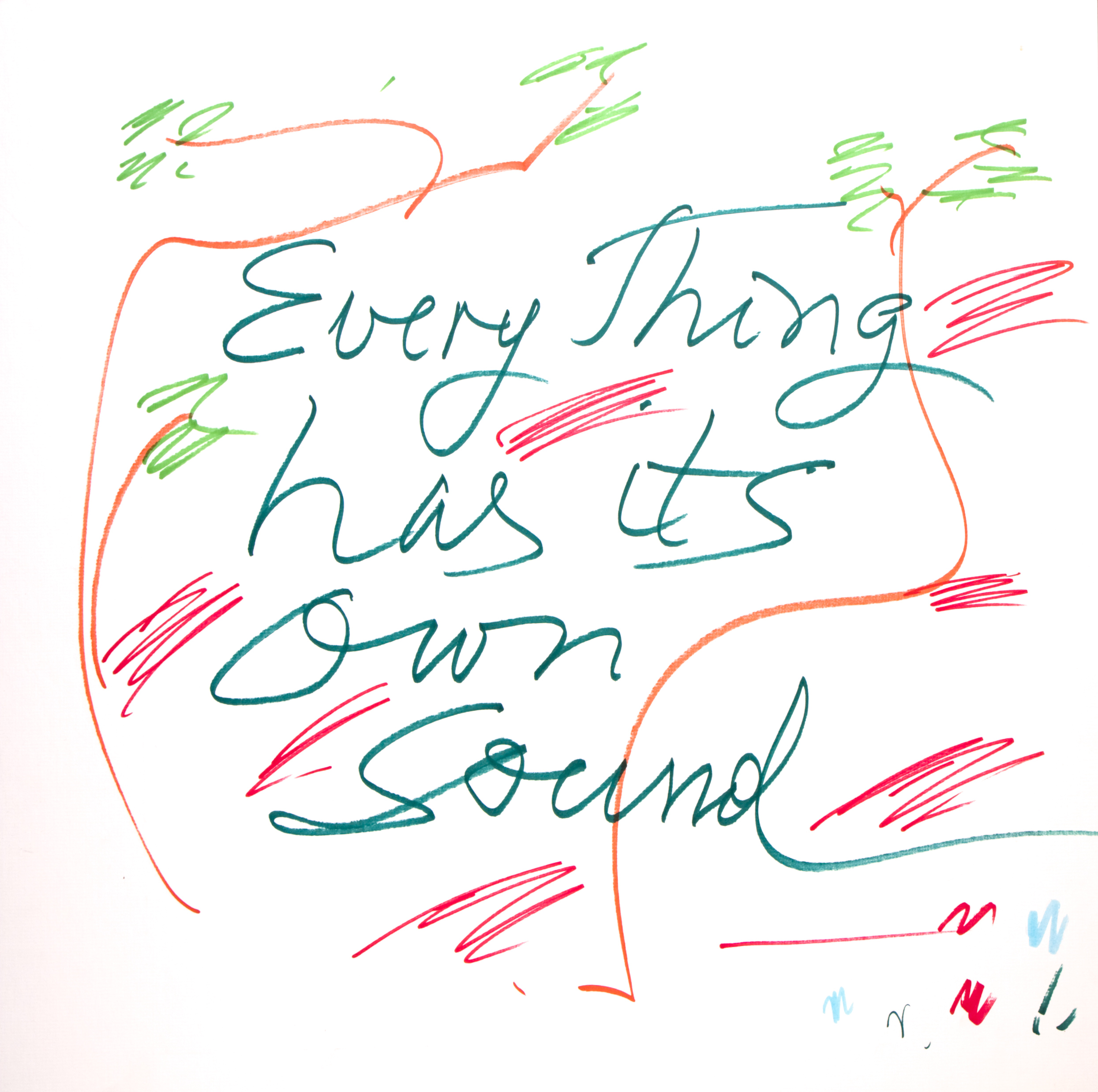
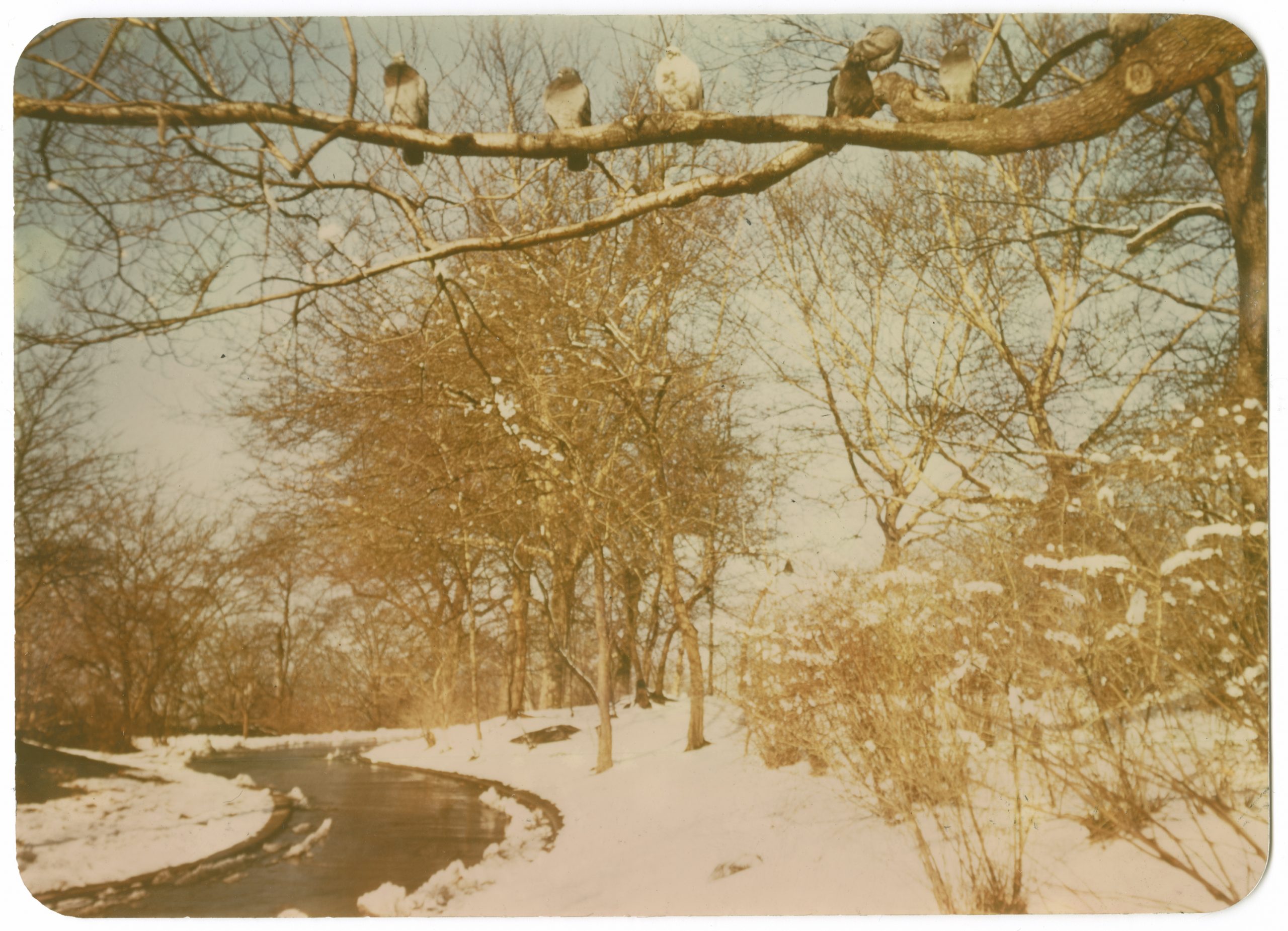
Photo by Jonas, c. 1958.
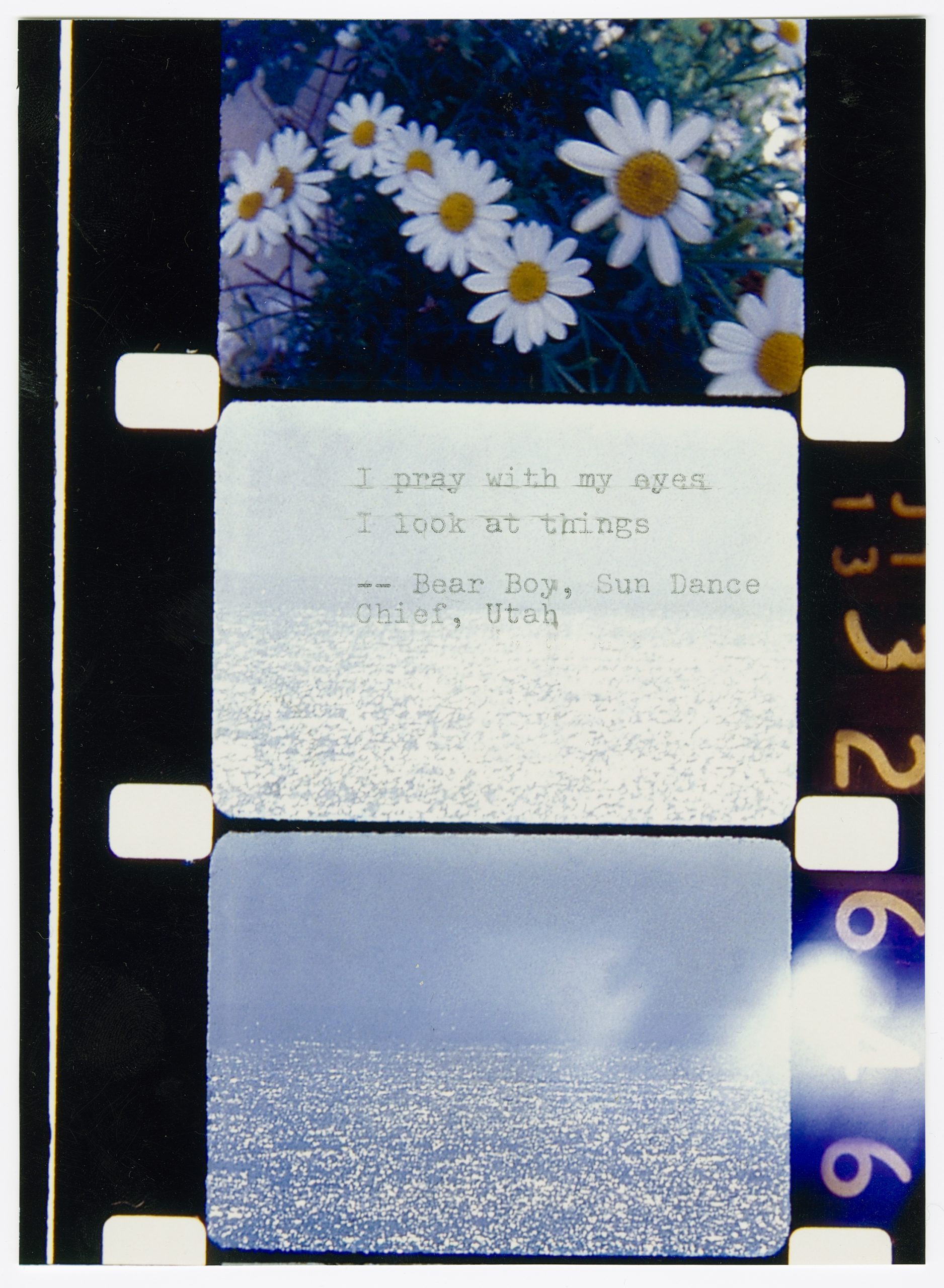
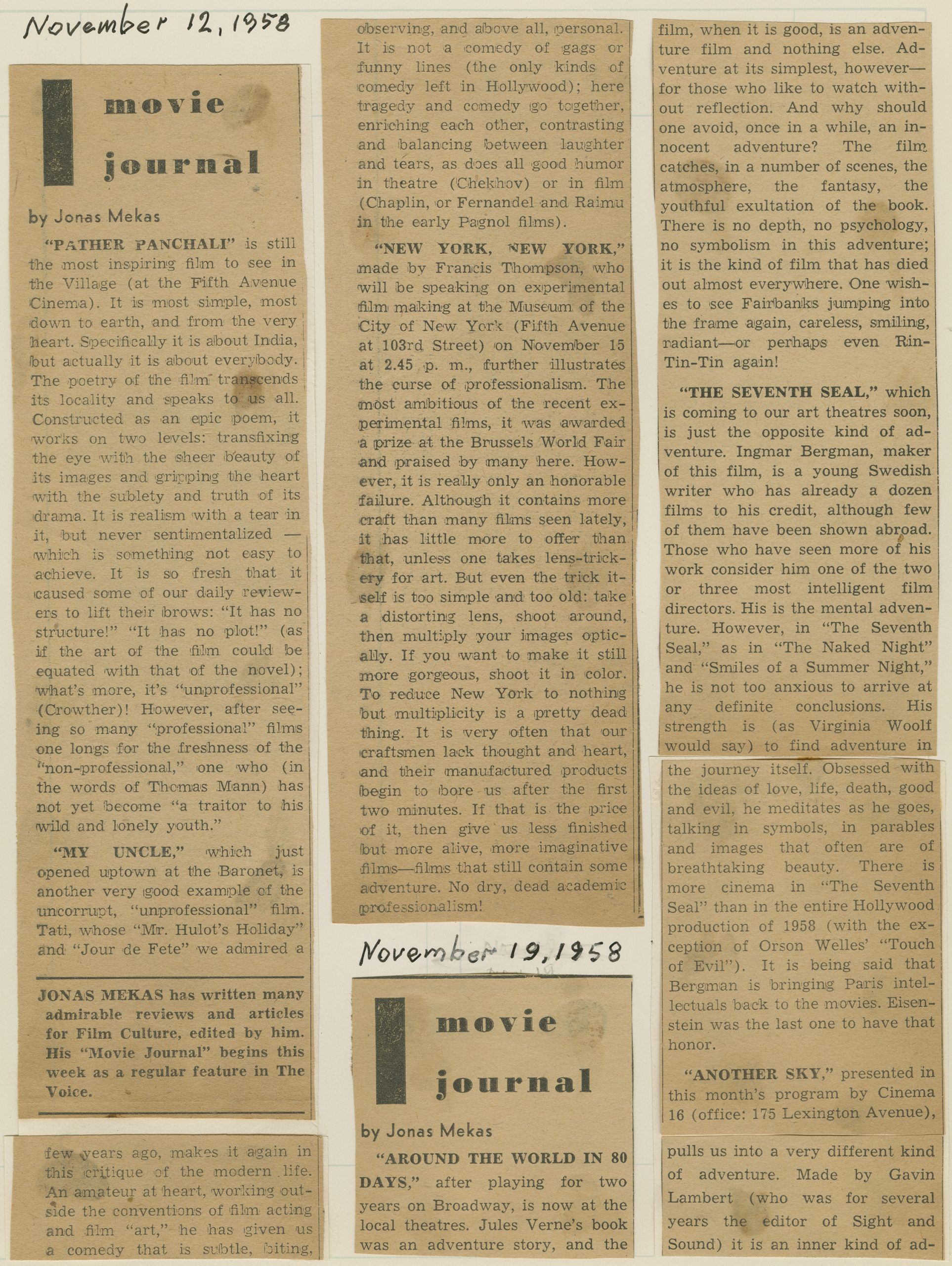
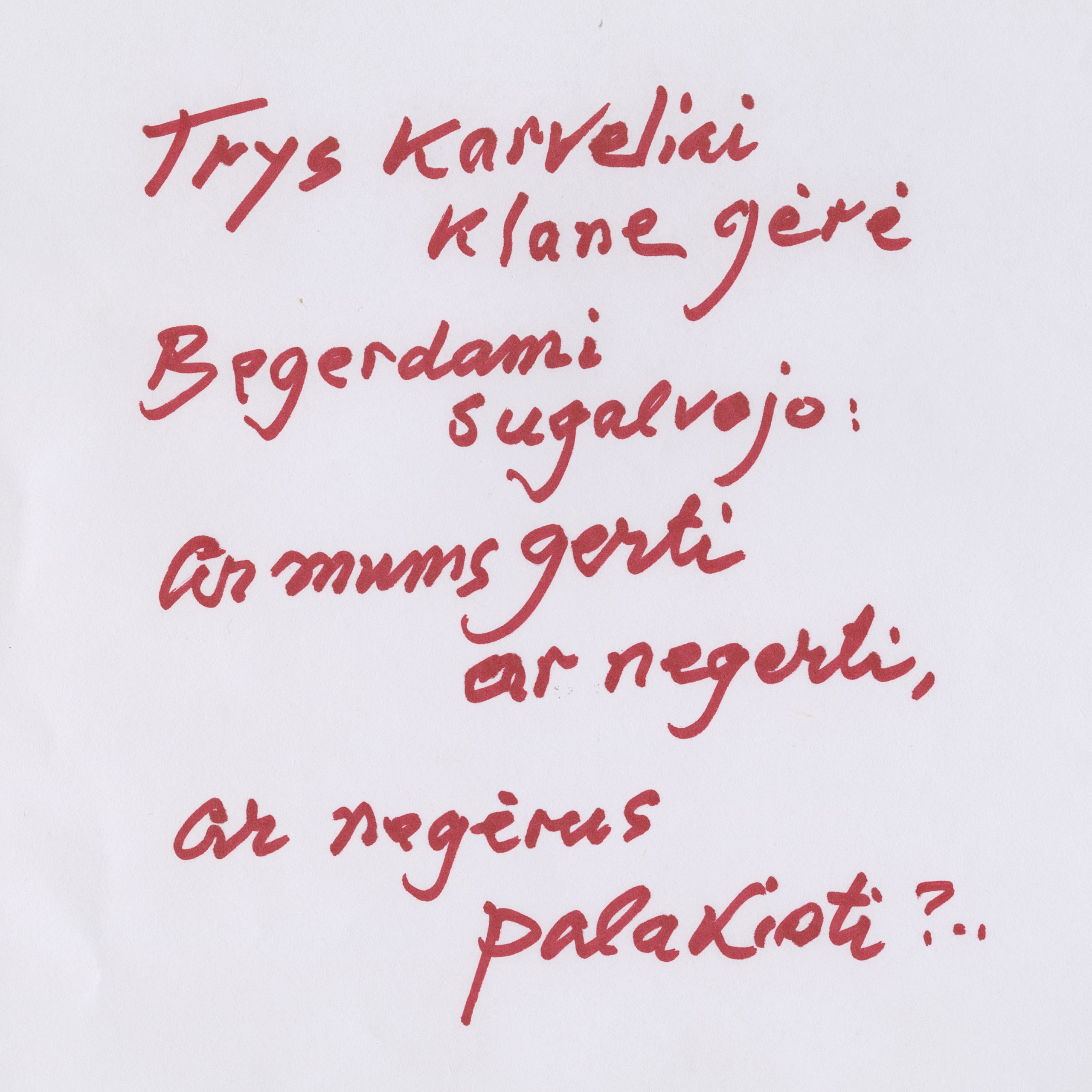
An old song from Jonas’ village, one of his favorites. “Three pigeons were drinking from a puddle. As they were drinking they were thinking: Shall we continue drinking, or shall we just fly around?”
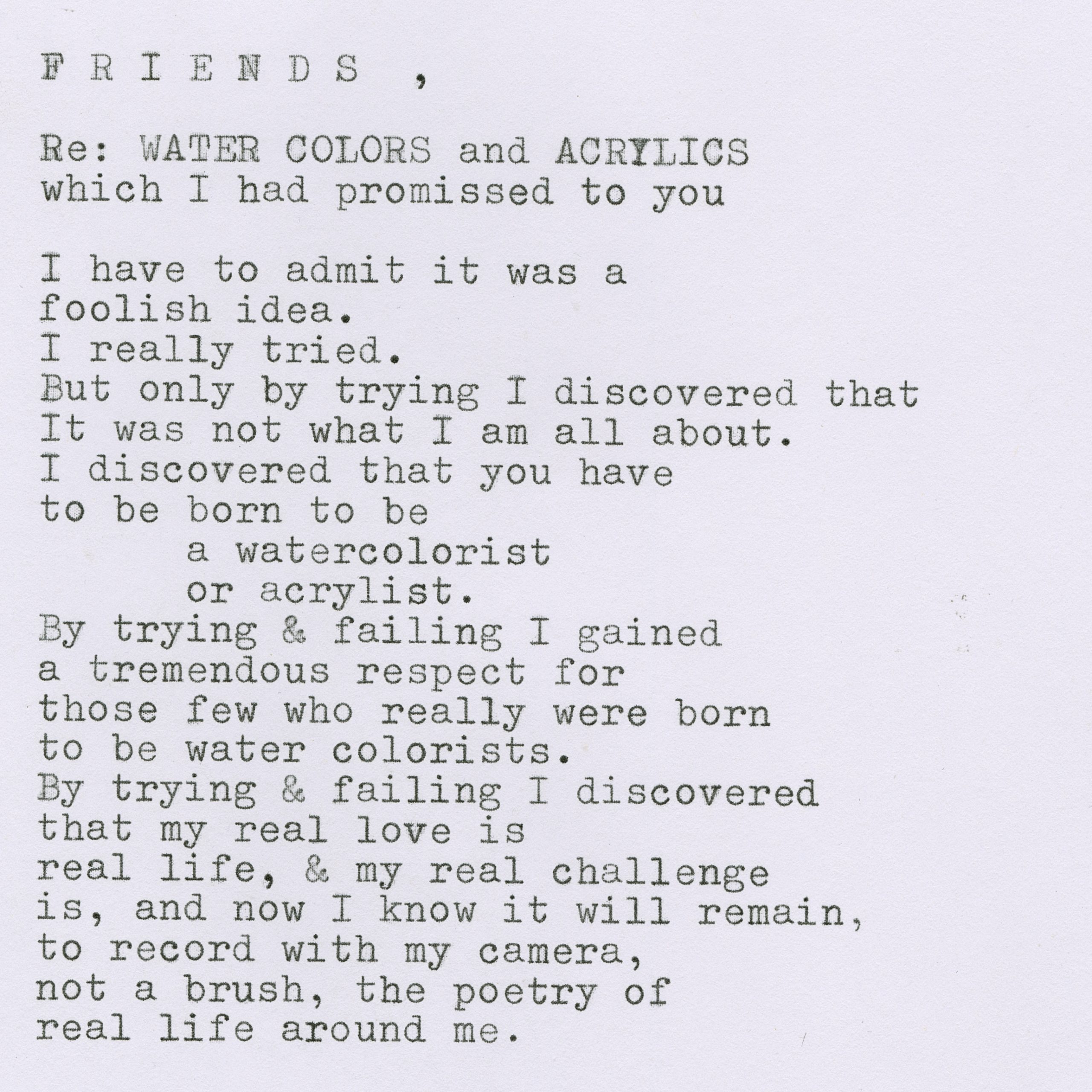
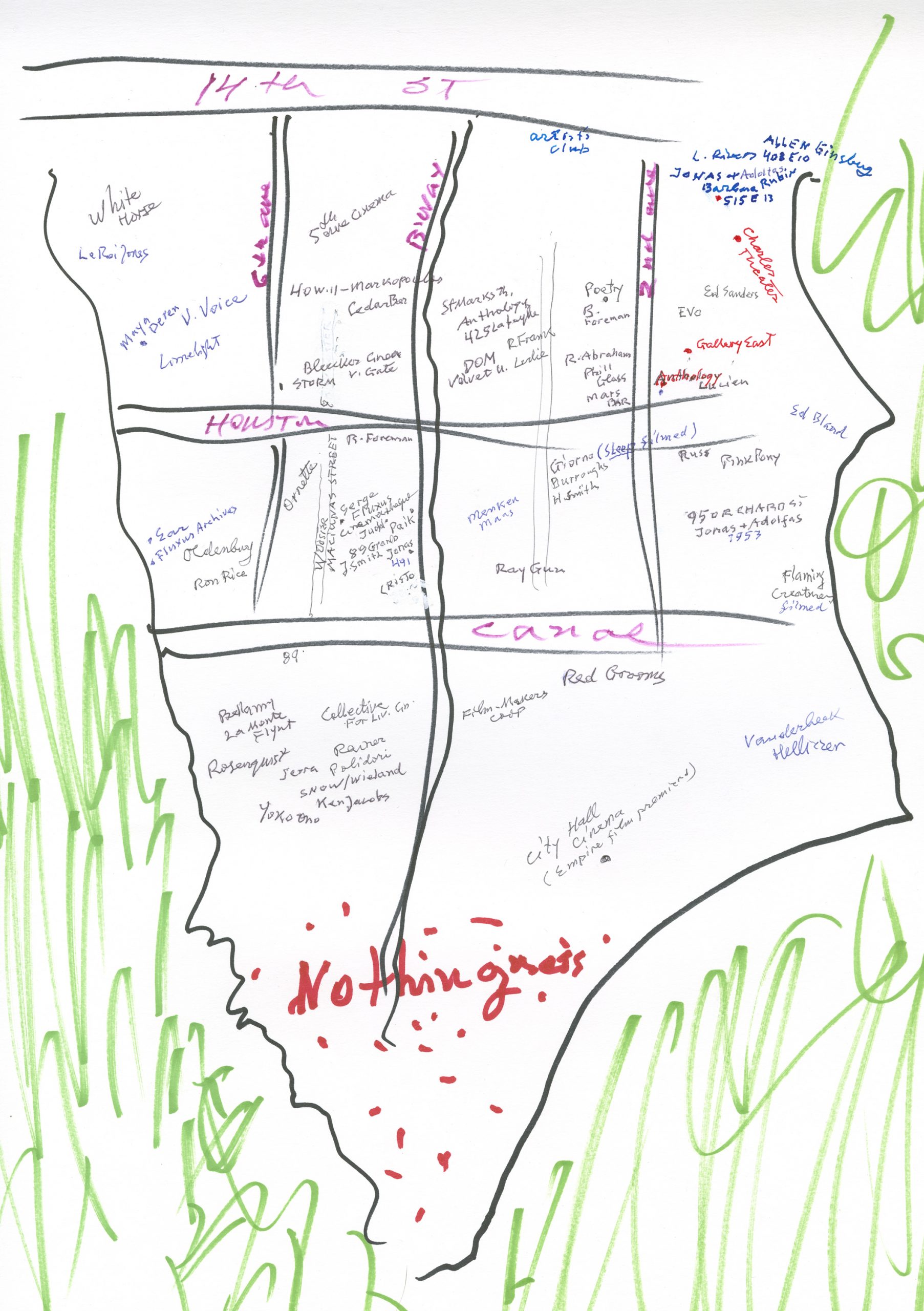
One of several versions of Jonas’ “A Map of 1960s New York from Memory,” c. 2011
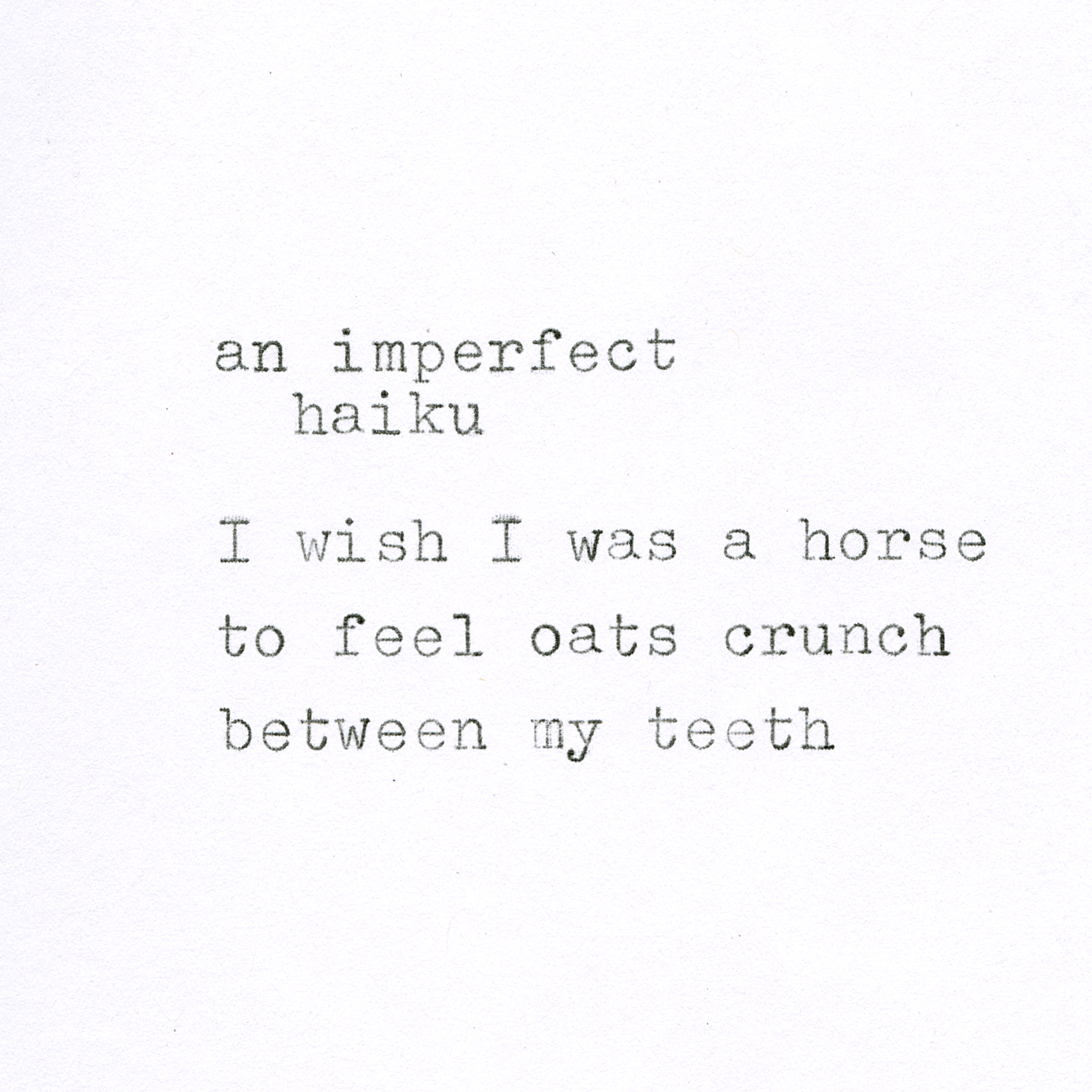
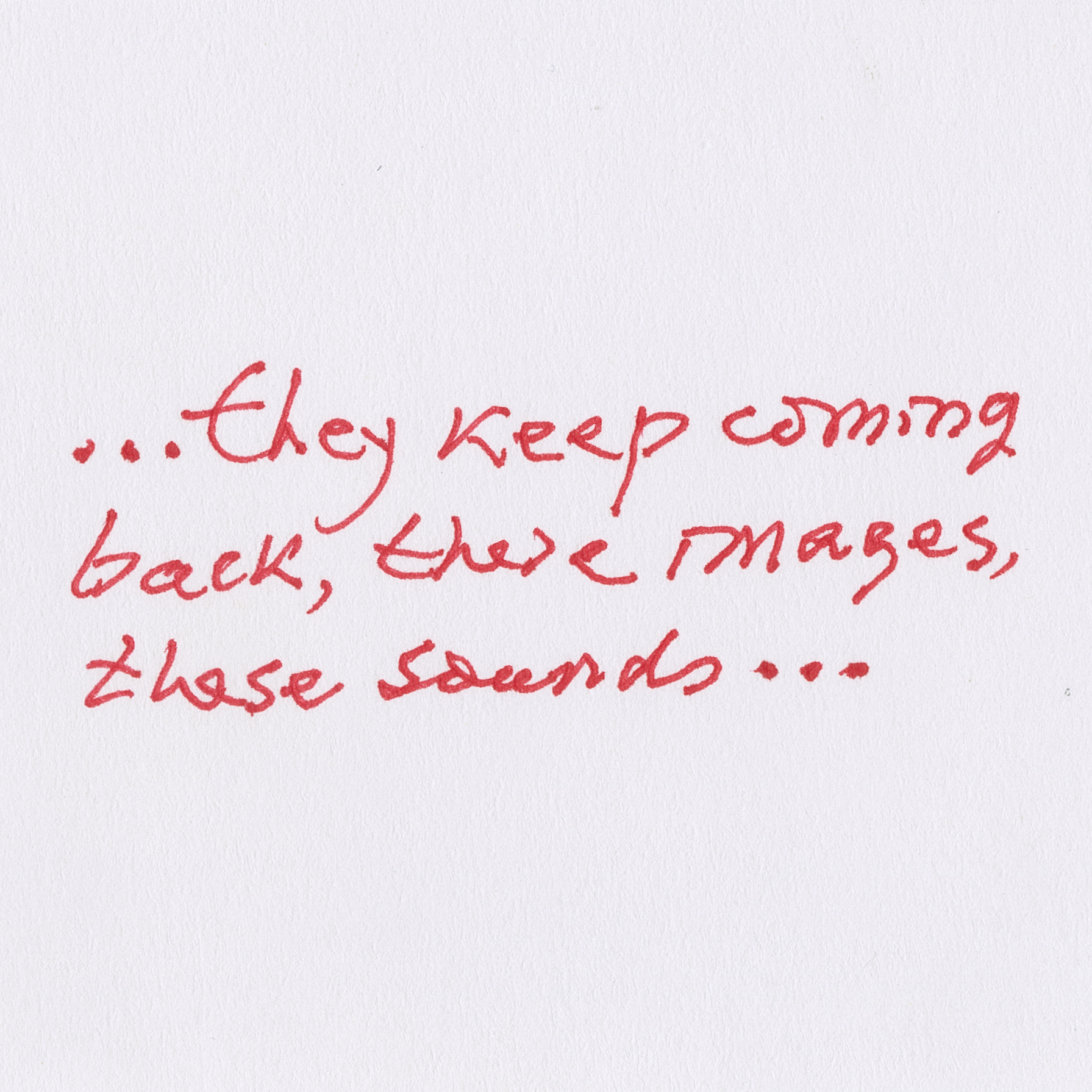
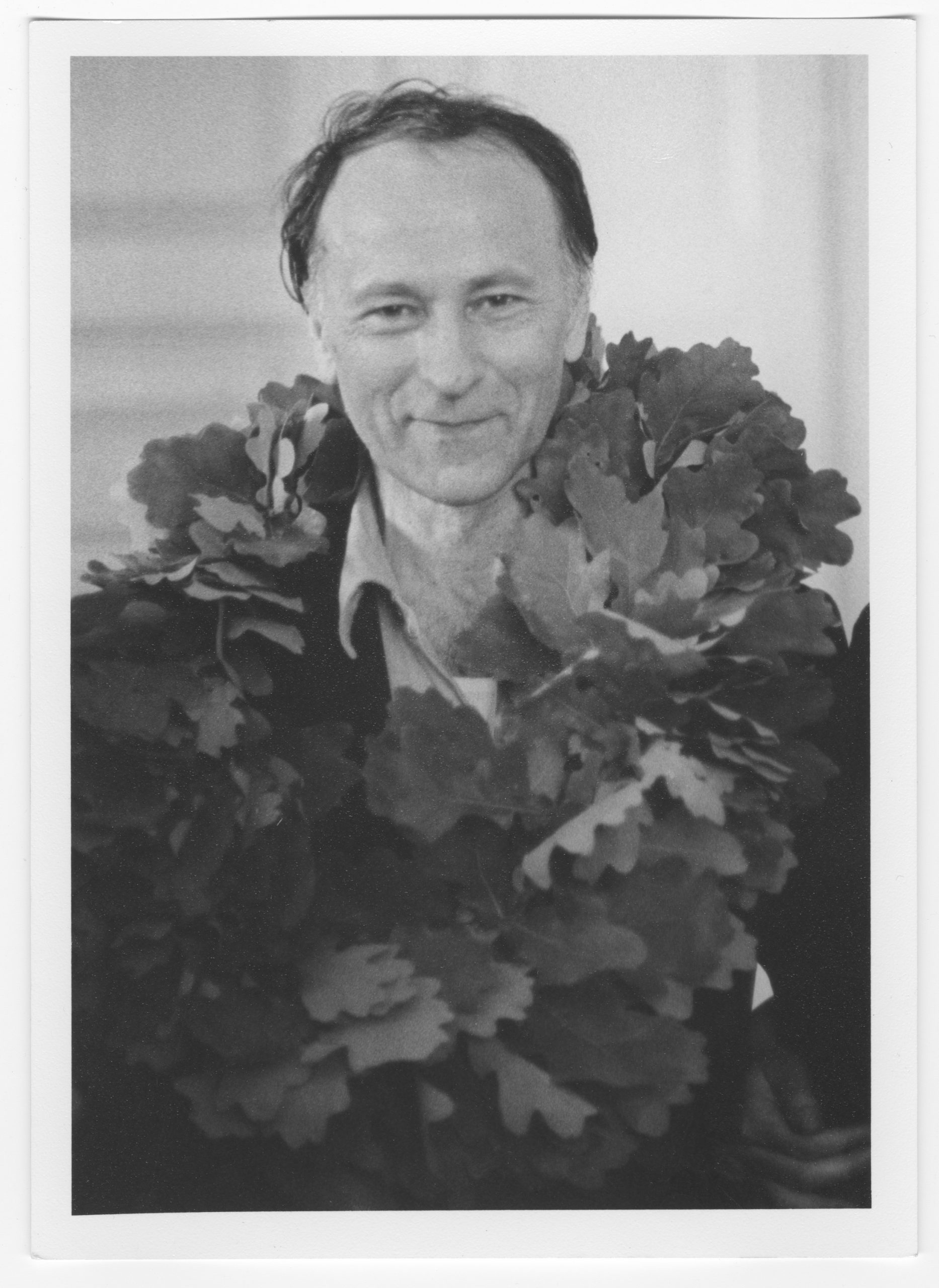
Lithuania, 1977. Photo by Hollis Melton
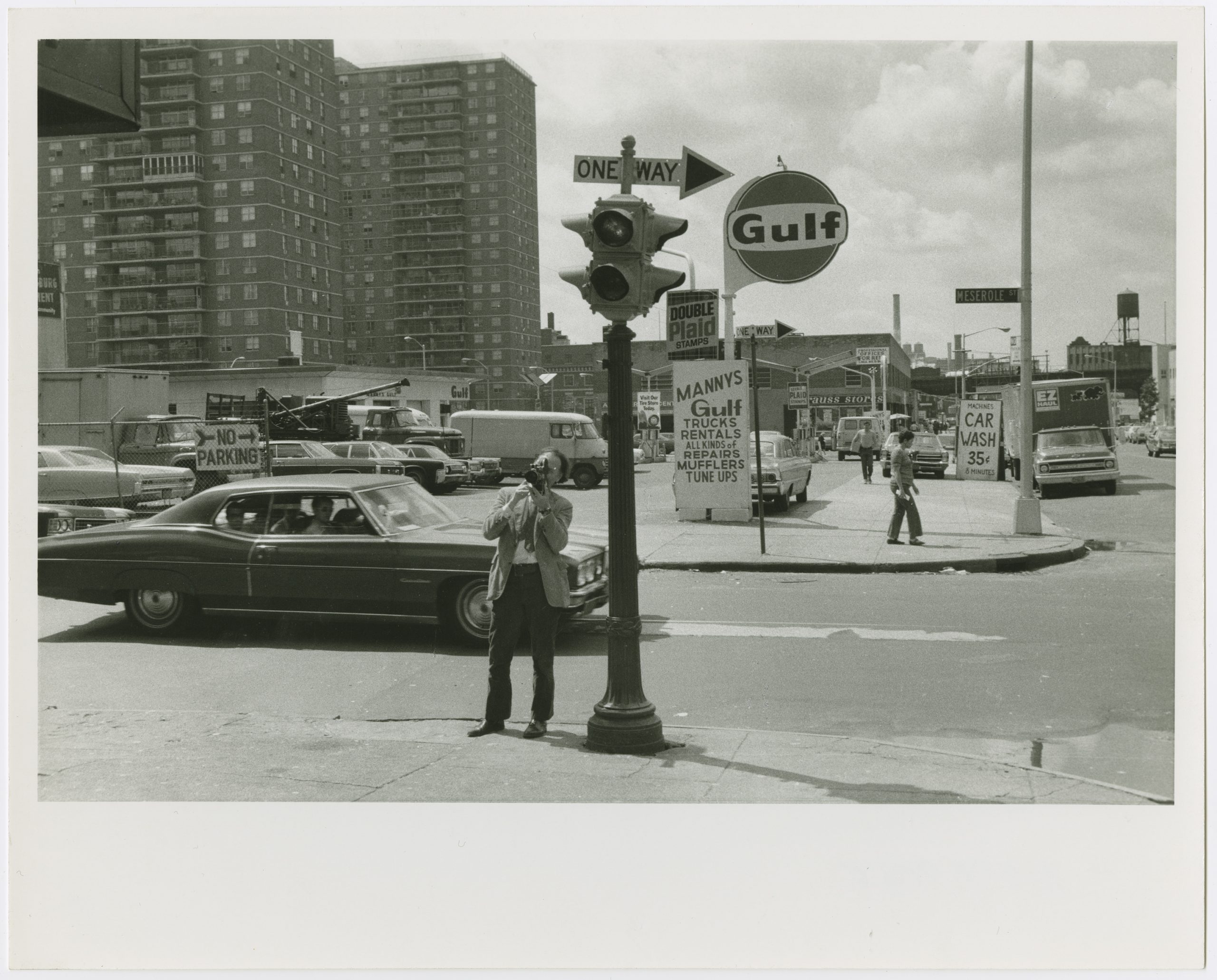
Jonas revisiting with his brother their first home in New York. Where they lived together on the corner of Union and Meserole in Williamsburg, Brooklyn, from October 29 to November 1949. Photo: Adolfas Mekas, 1974.
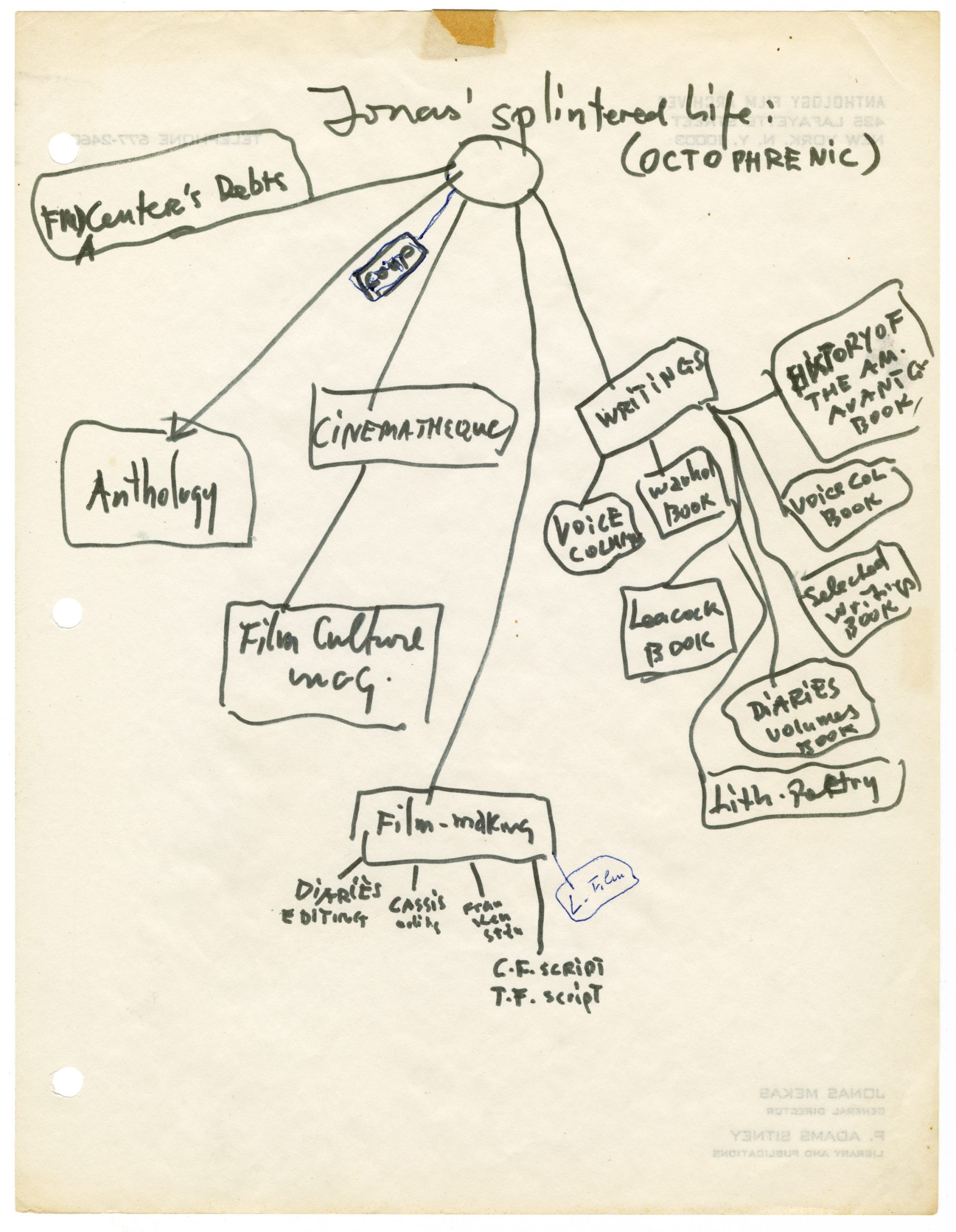
C.1971. This document will be on display at the upcoming exhibition “Jonas Mekas and New York Avant-Garde” at the National Gallery of Art in Vilnius, Lithuania (Nov 19 – Feb 20); and in print in the forthcoming book “I Seem to Live: The New York Diaries, 1969-2011” (Spector Books).
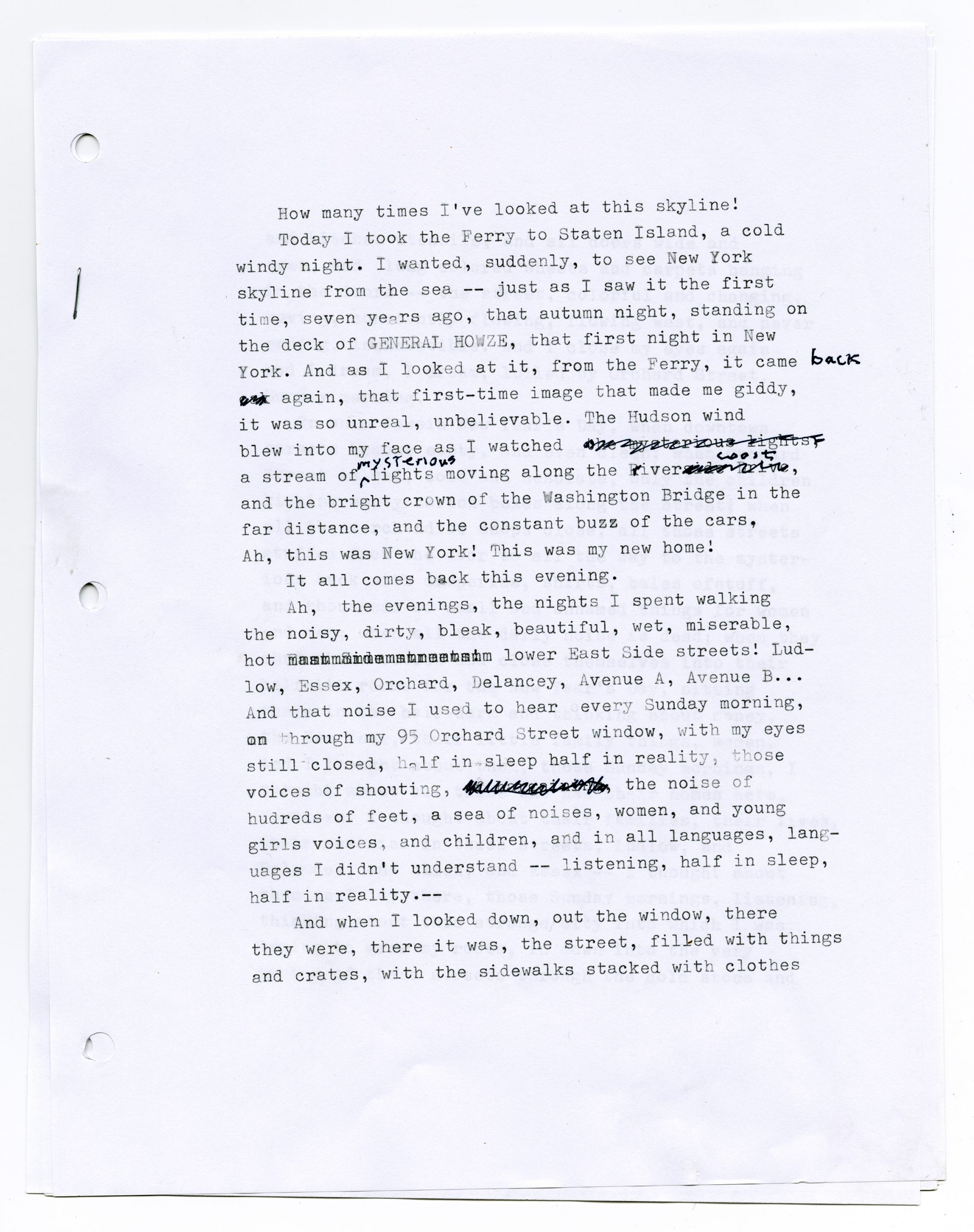
Text from 1956. Jonas and brother Adolfas arrived in New York as refugees on the General Howze, October 29, 1949.
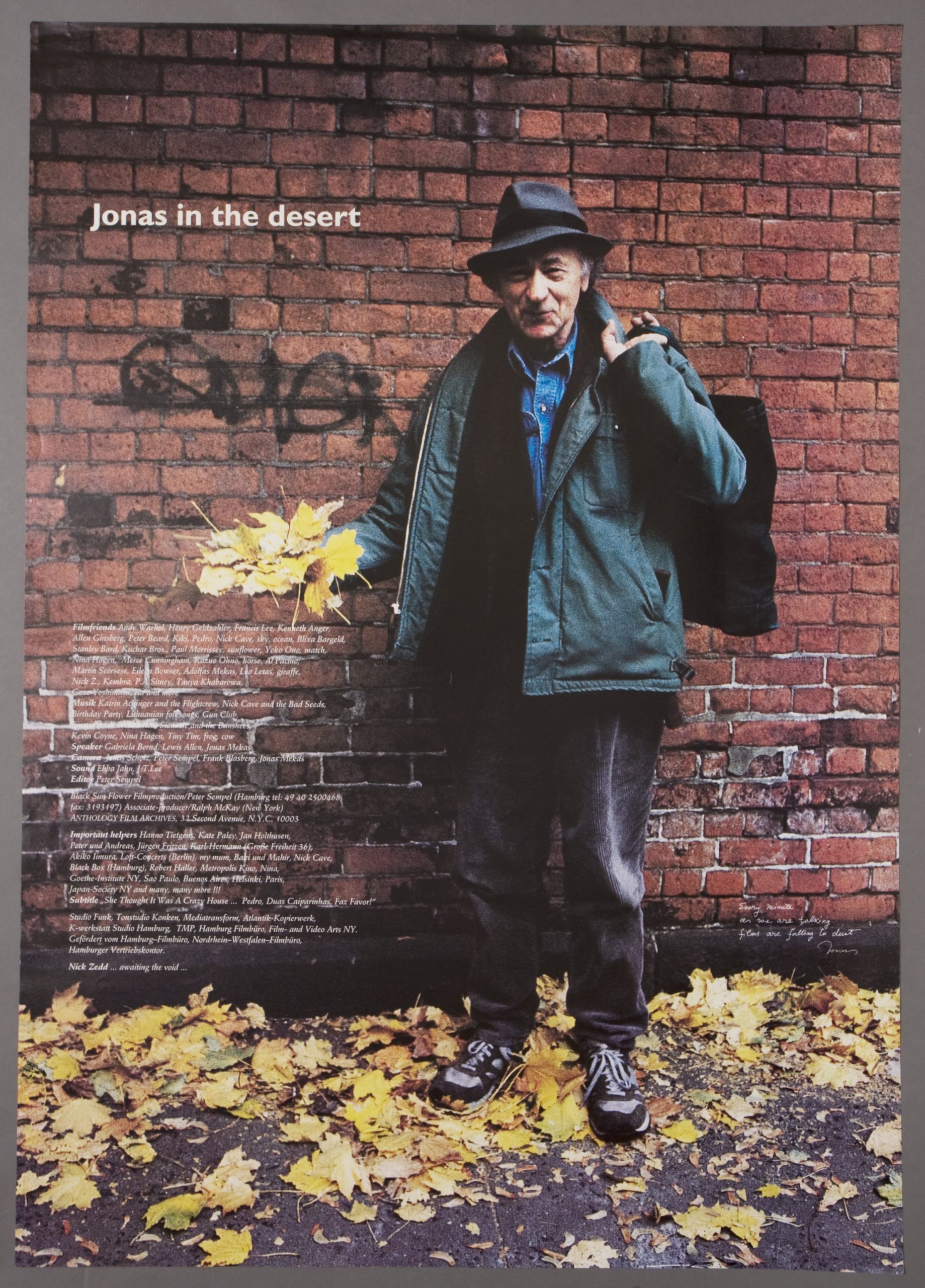
Poster for Peter Sempel’s 1994 film portrait, “Jonas in the Desert.” His fourth film on Jonas, “Jonas in the Fields,” just premiered earlier this month at the Metropolis Kino in Hamburg, Germany.
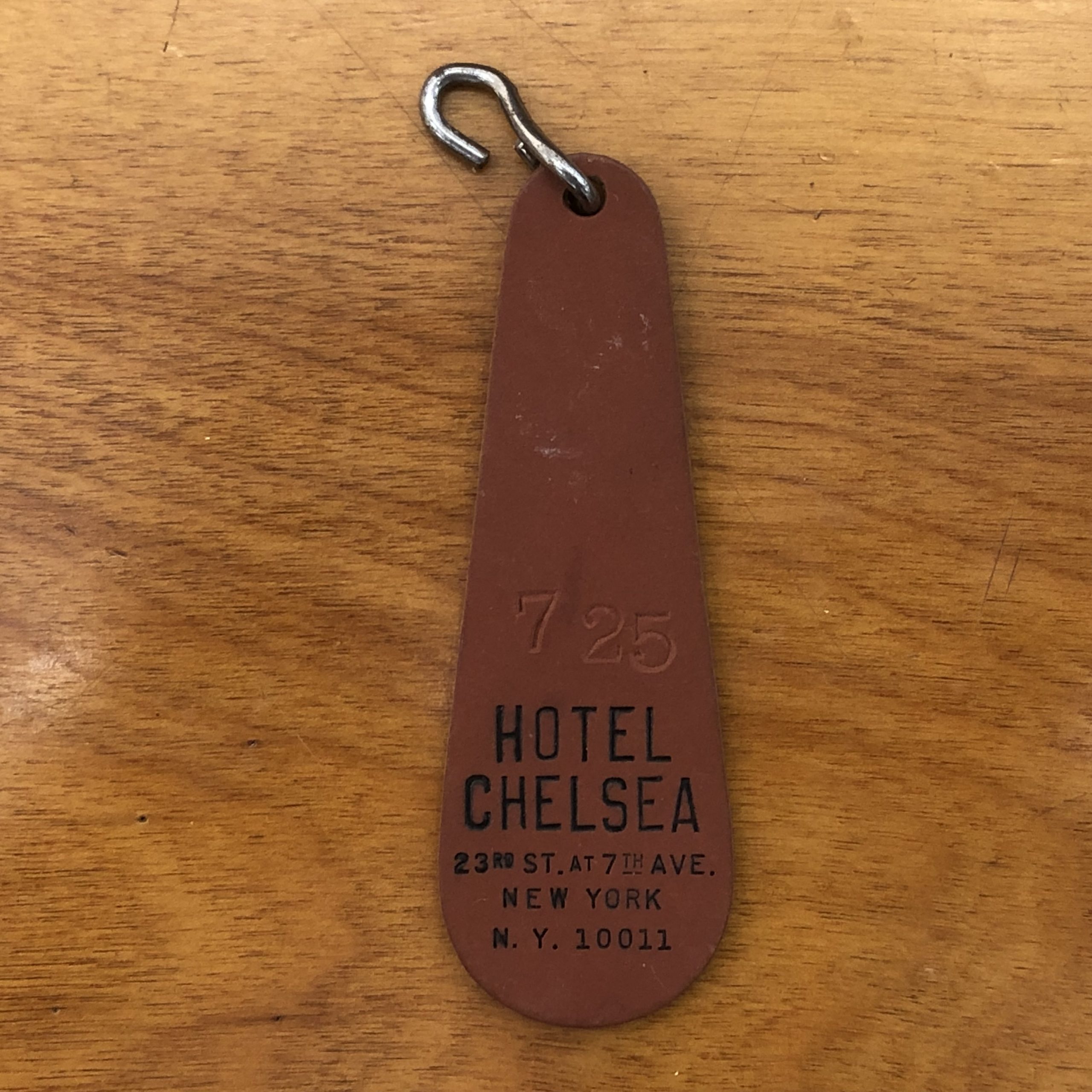
Jonas’ key tag, 1963-67. Room 725. Right next to Janis Joplin.
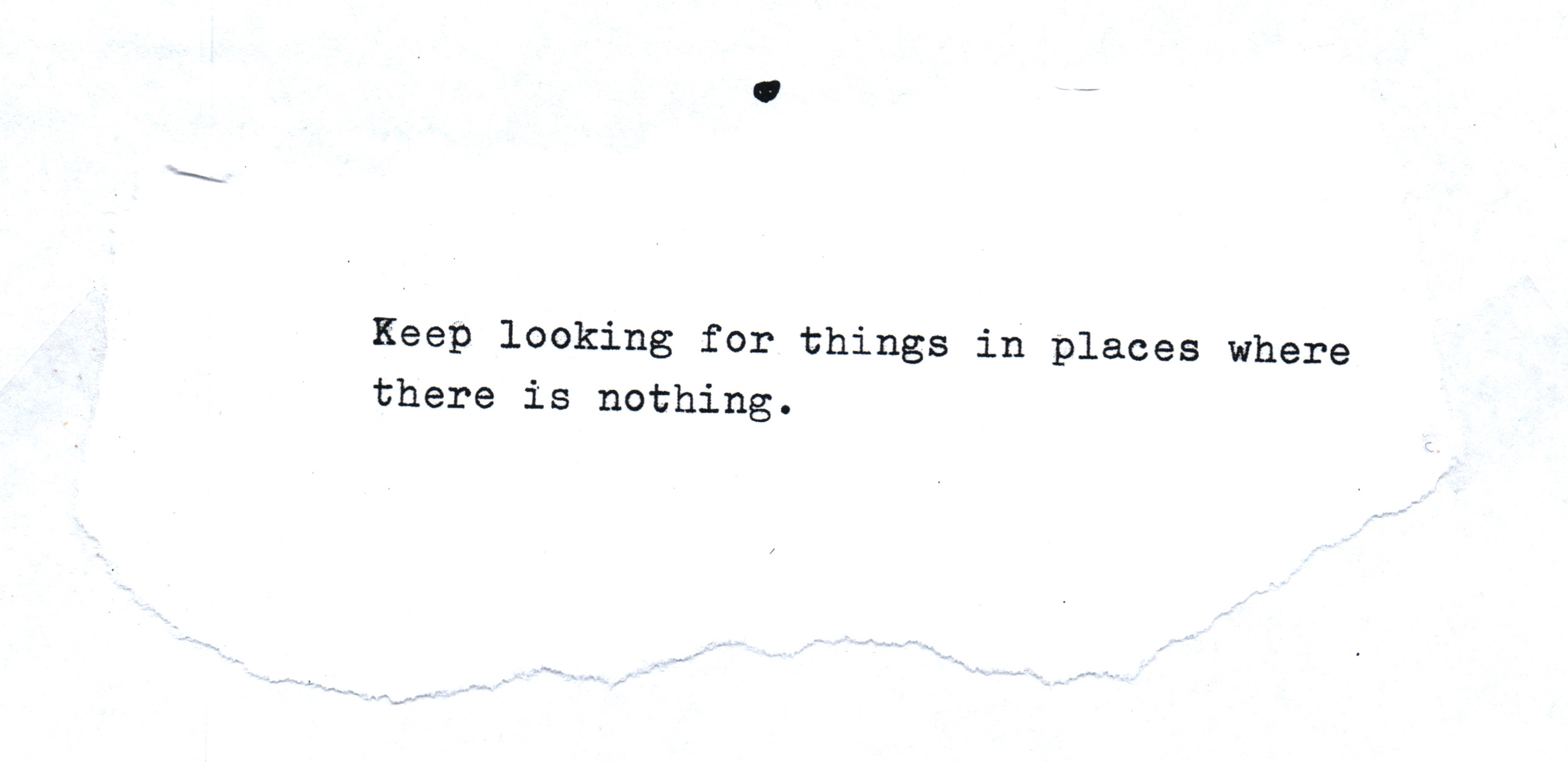
From an unpublished volume of texts, entitled “Zone Pieces or The Dog that Ran Away with the Saint’s Bread.”
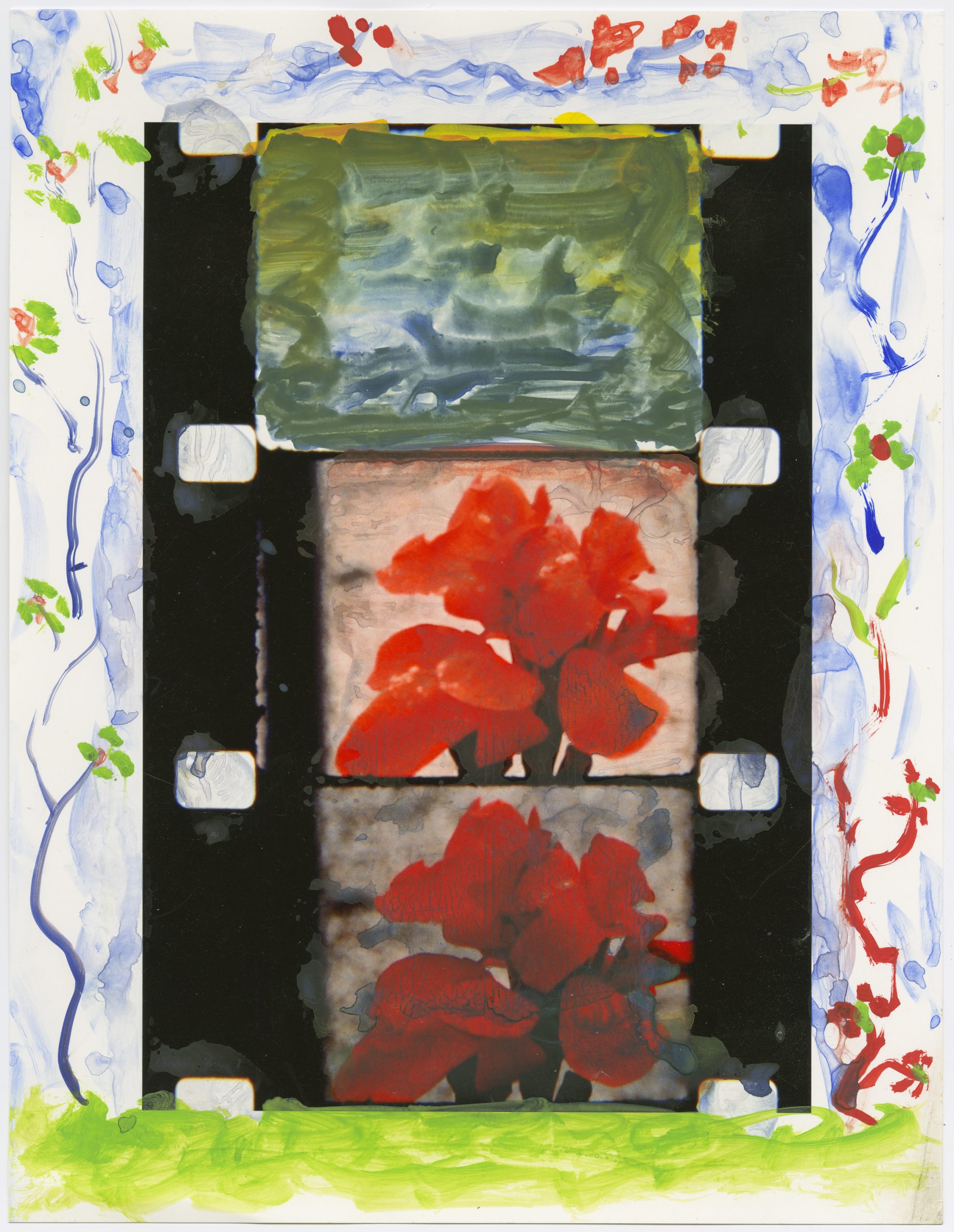
Watercolor on archival pigment print, 2017.
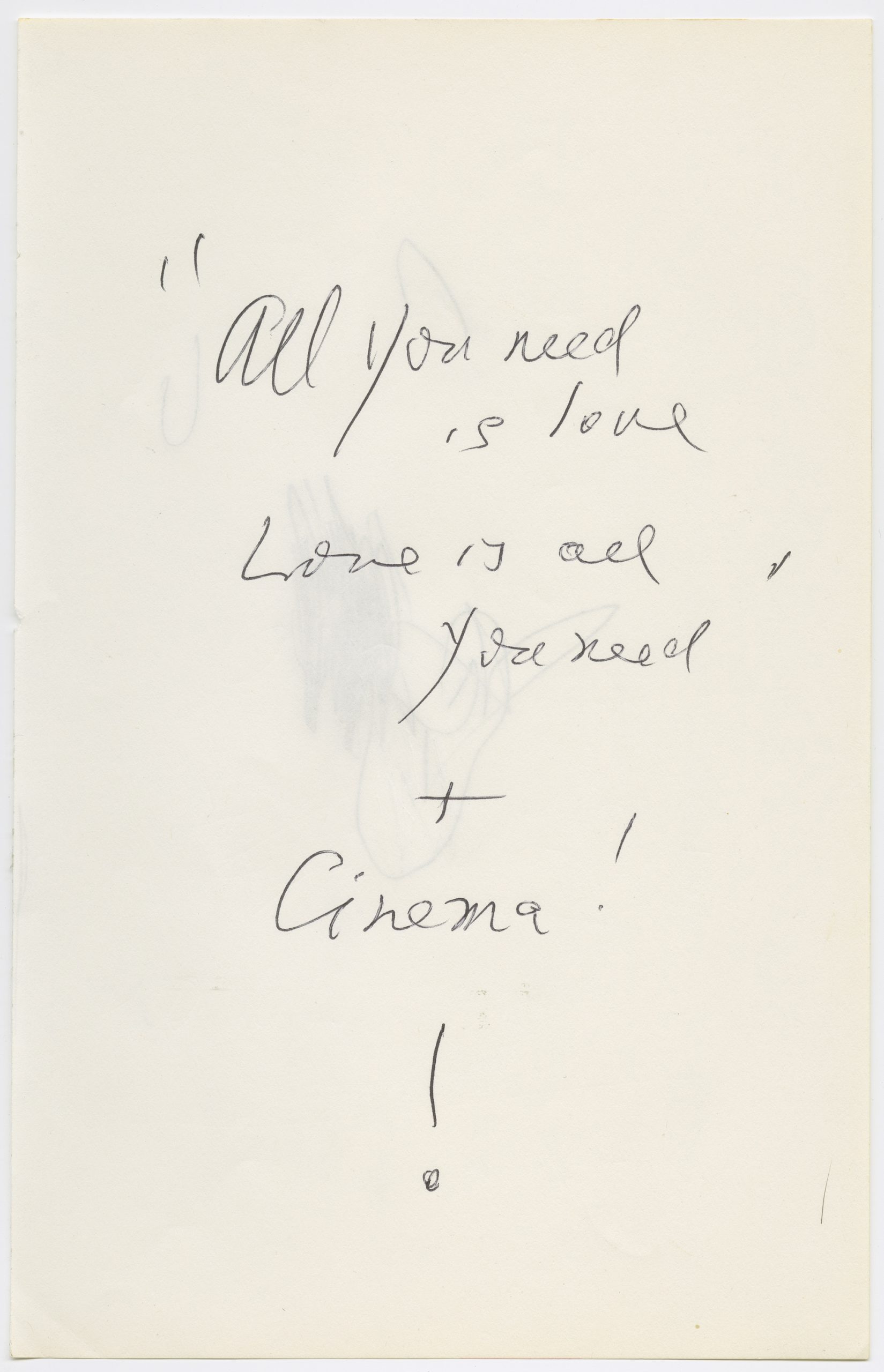
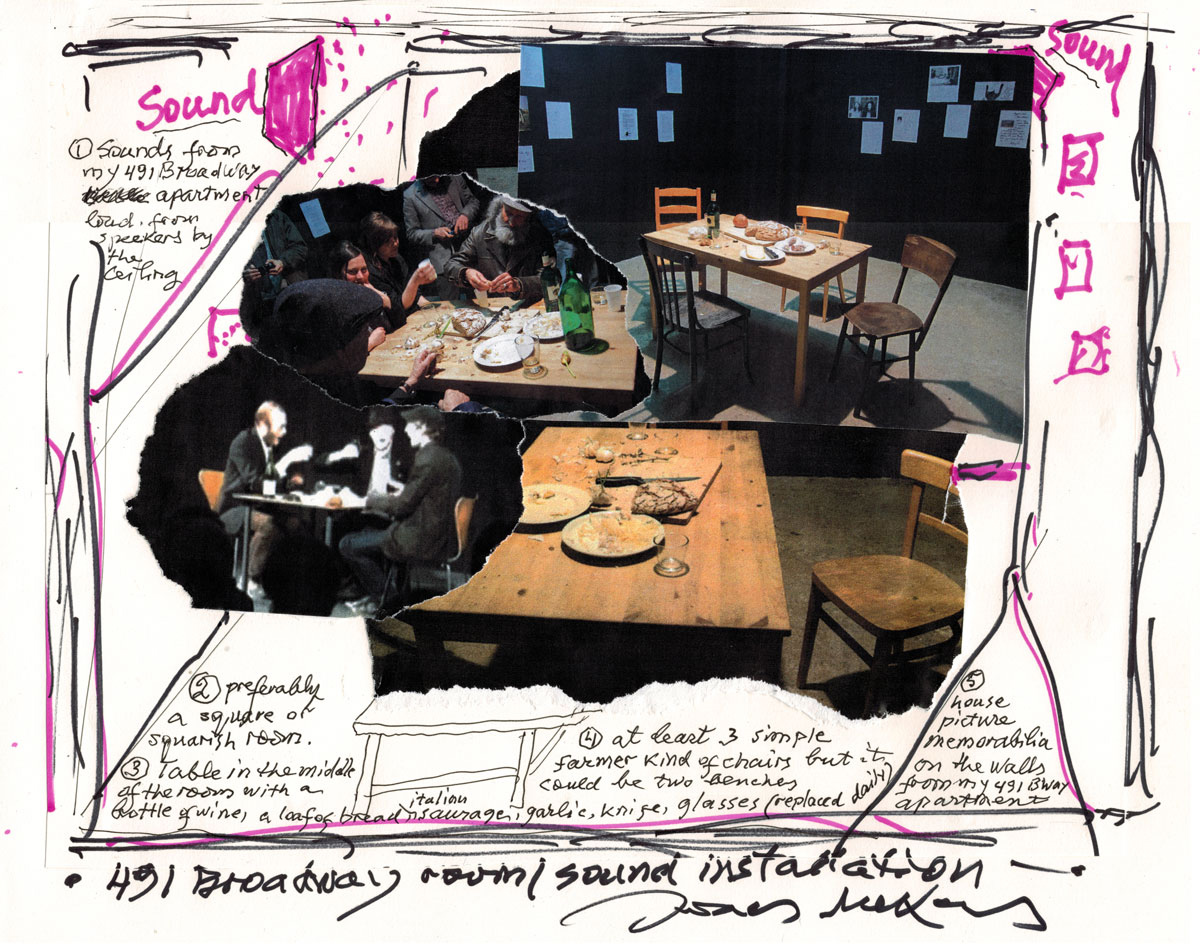
Collage and description for Jonas’s “491 Broadway” installation, premiered at agnès b.’s Galerie du jour in 2009.
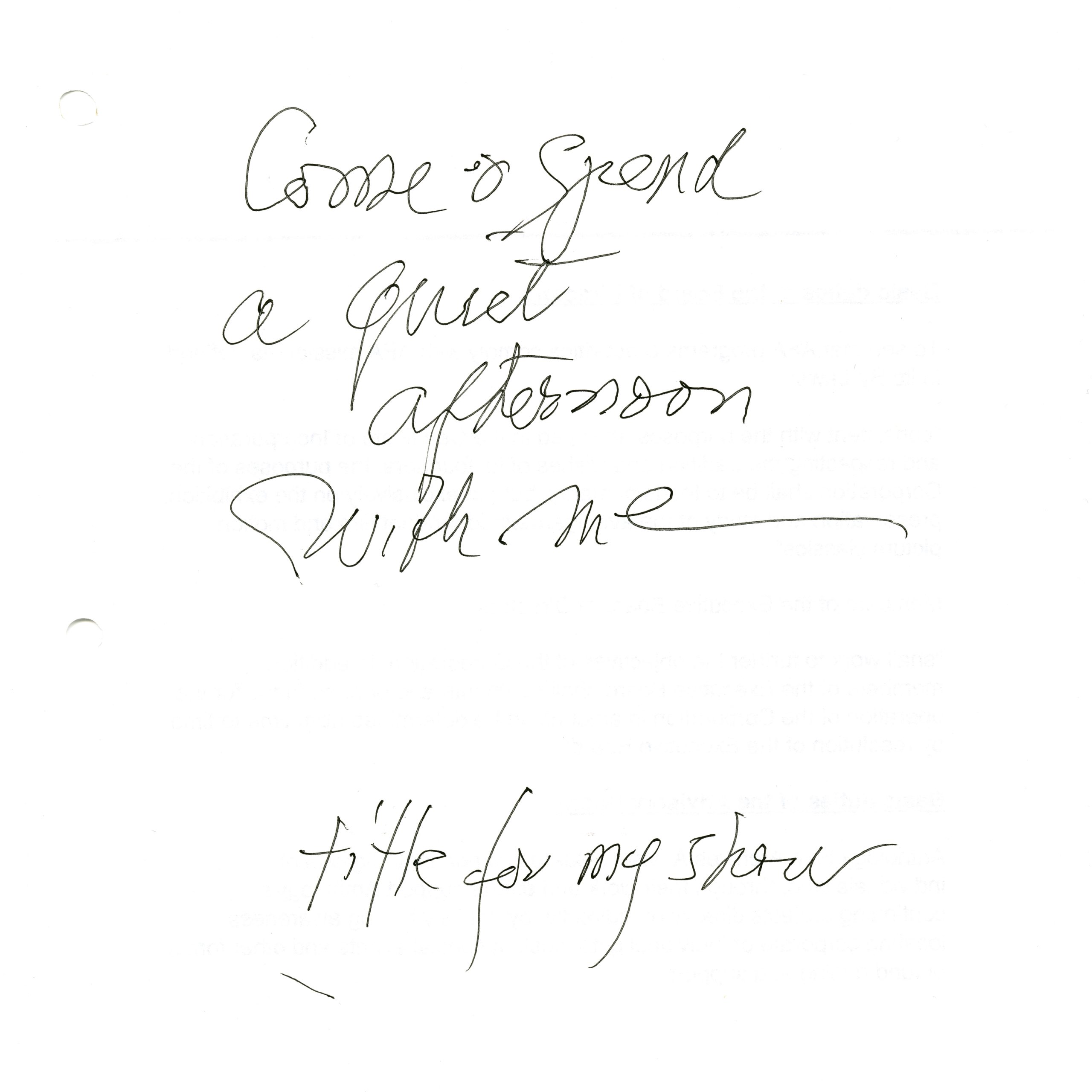
Unused title for an exhibition.
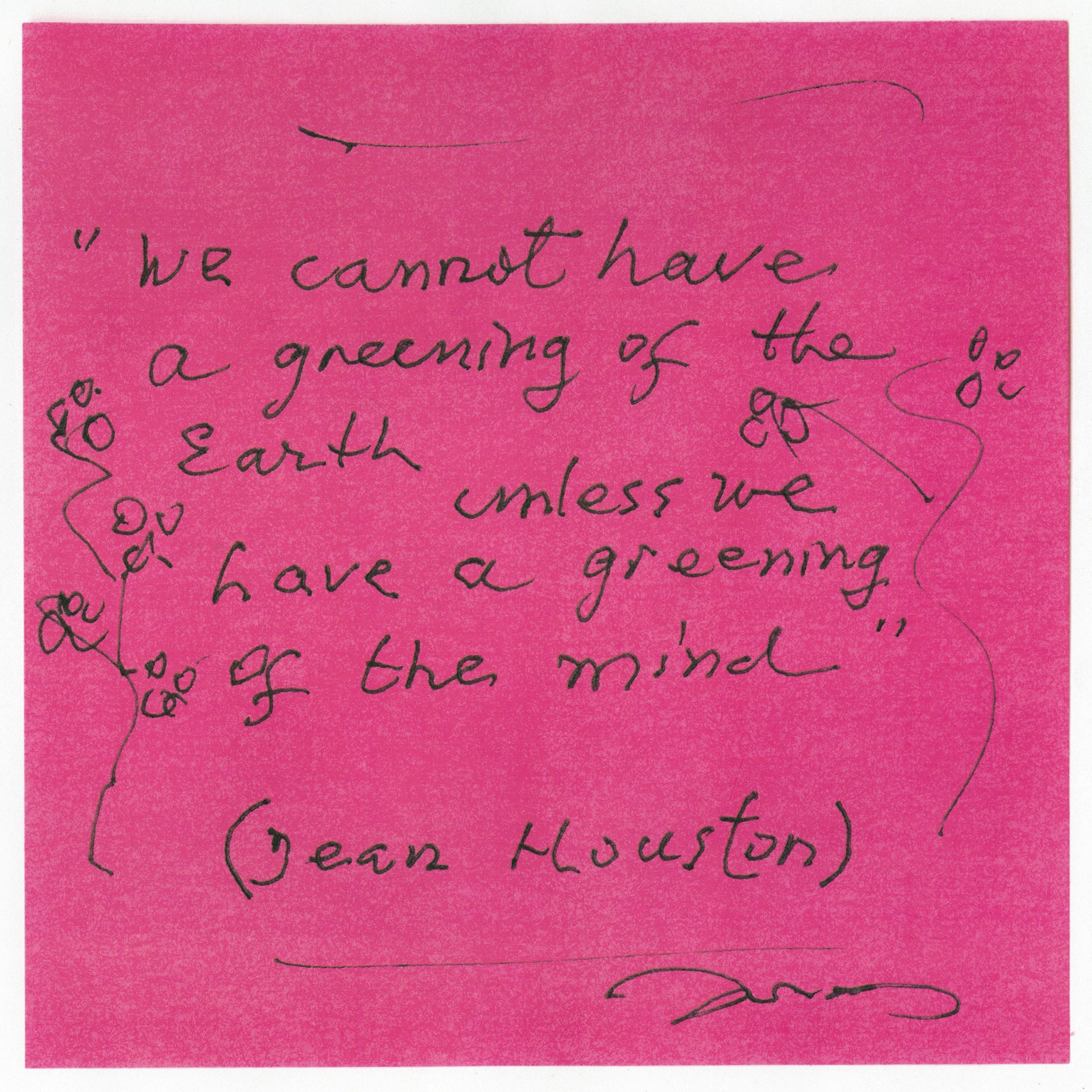
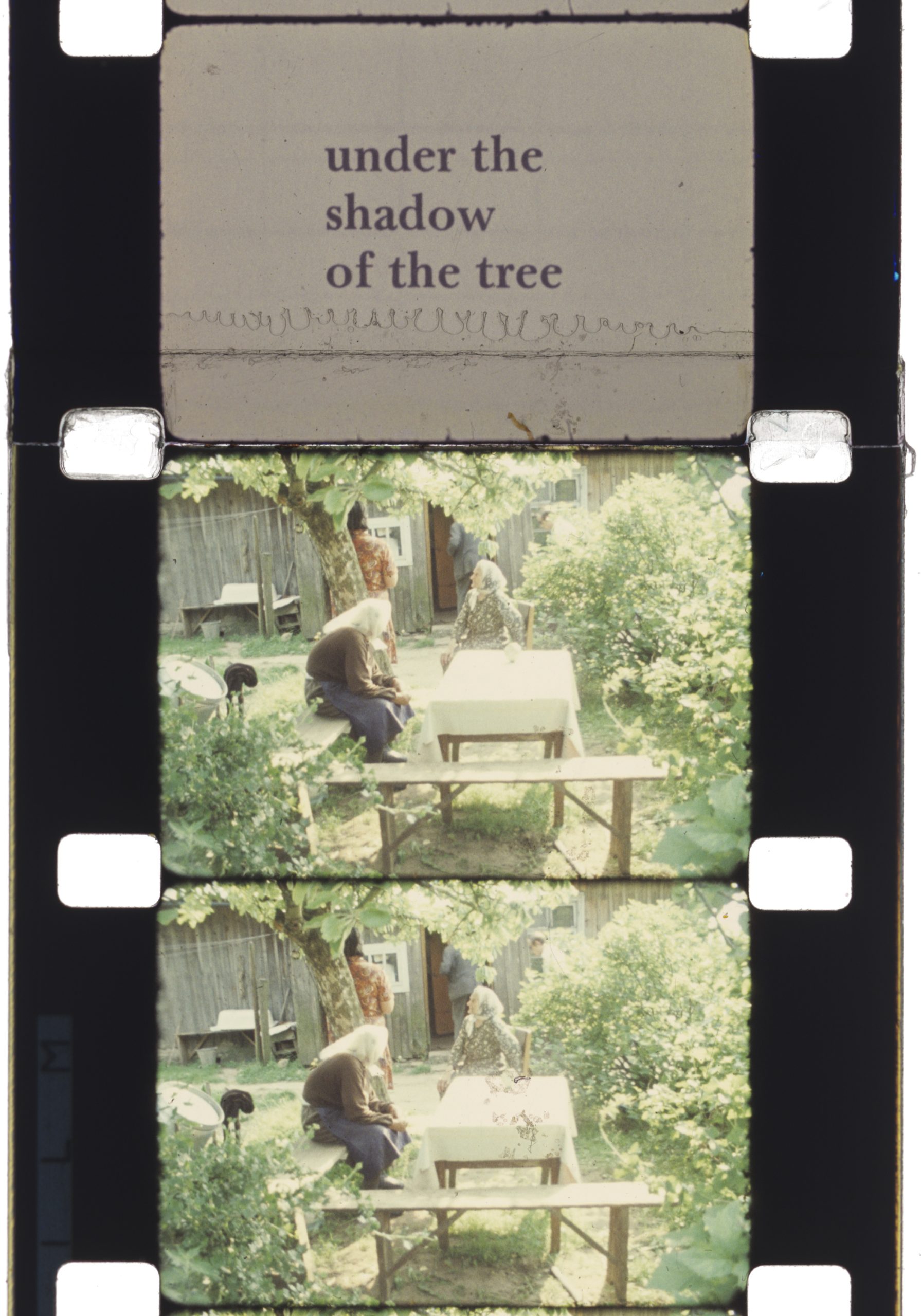
Film still from “Reminiscences of a Journey to Lithuania” (16mm, 1972).
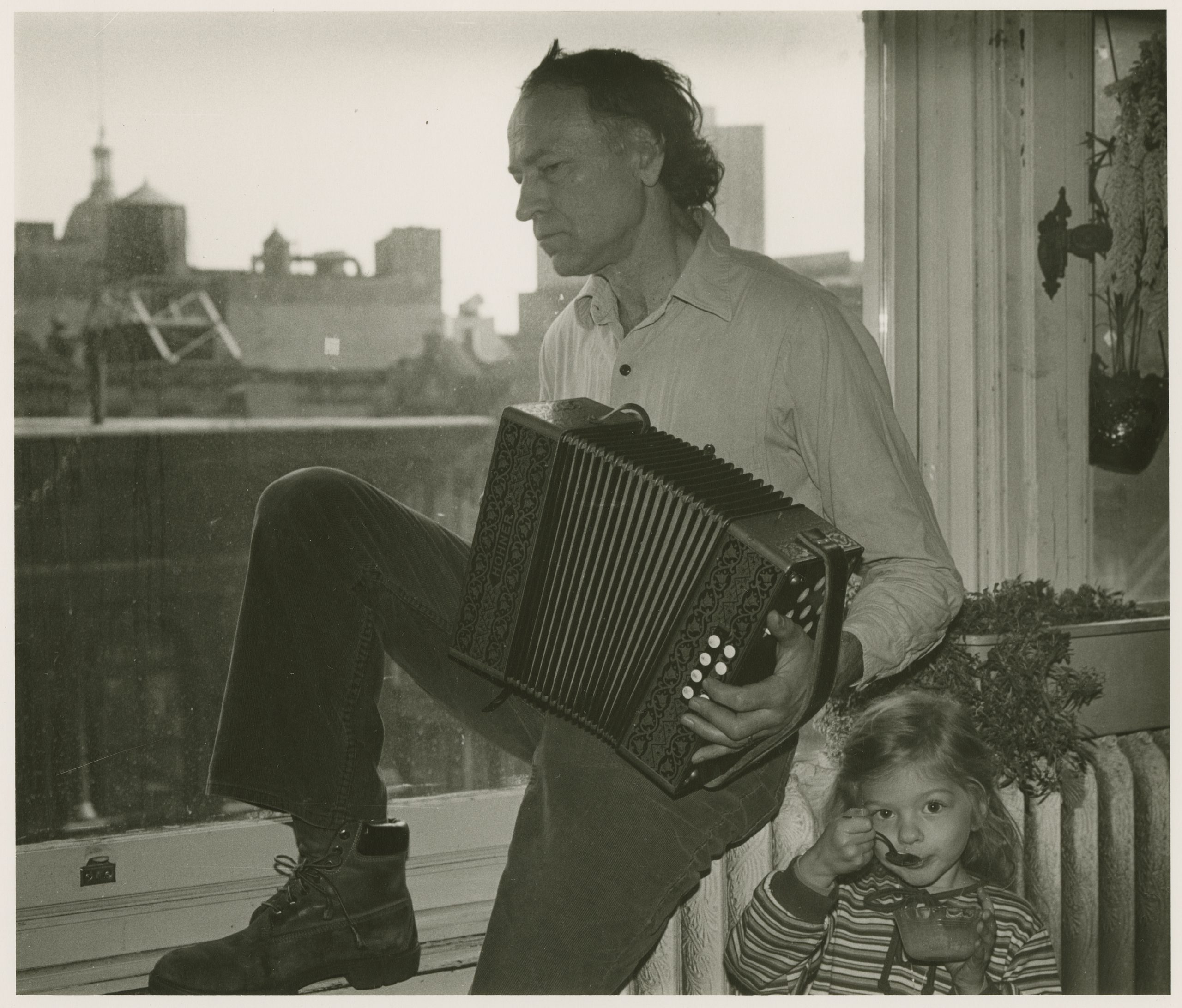
Photo by Hollis Melton.
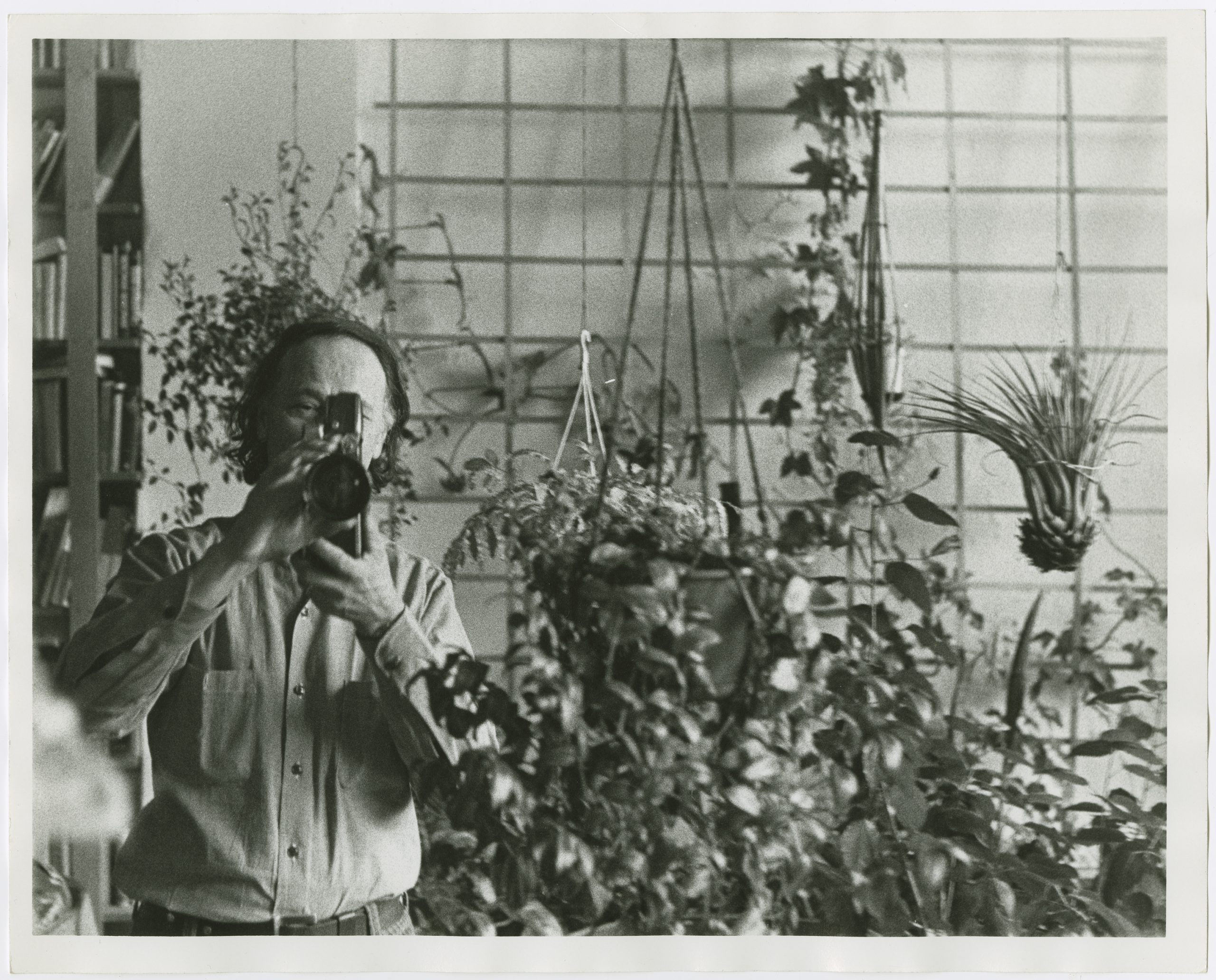
Photo by Robert Haller
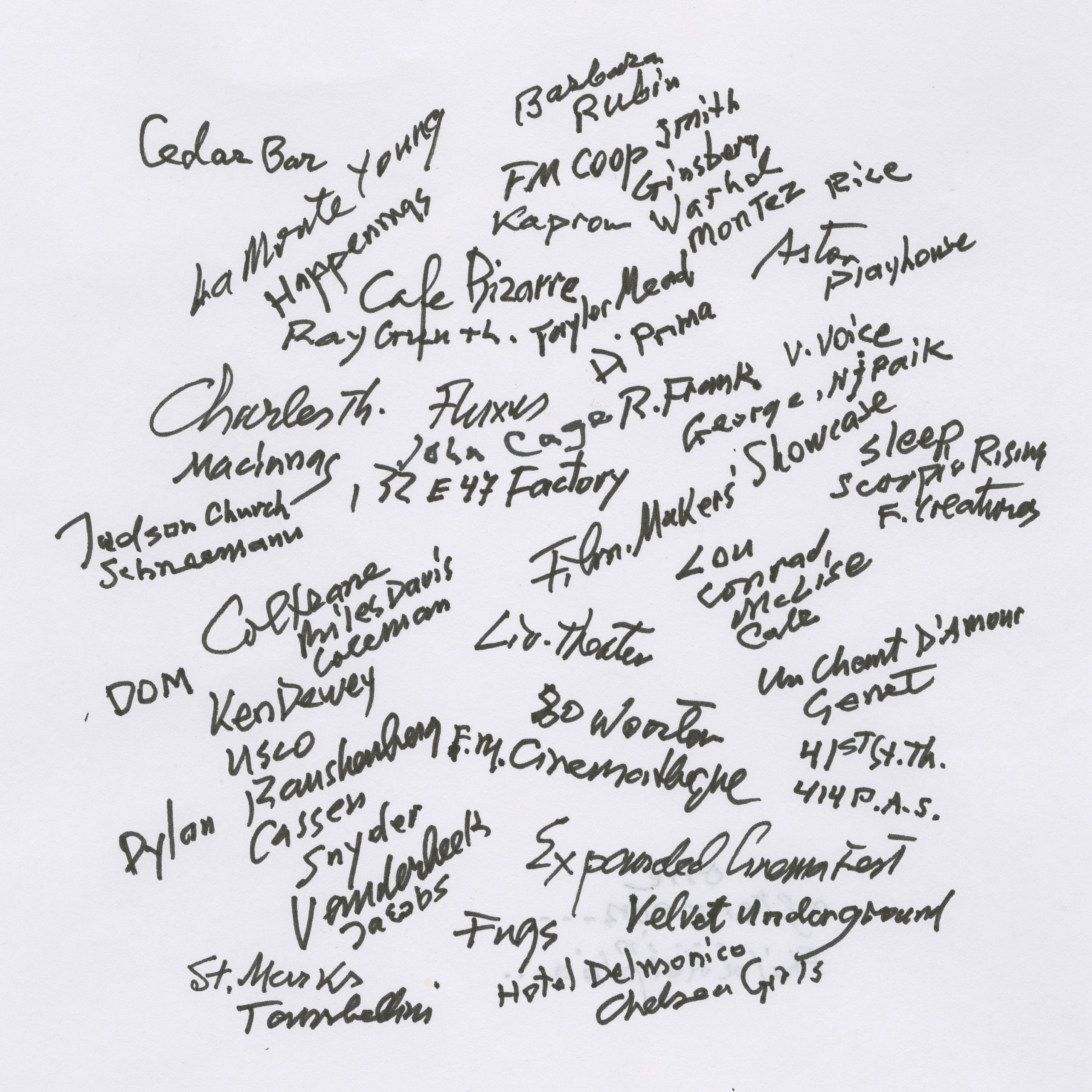
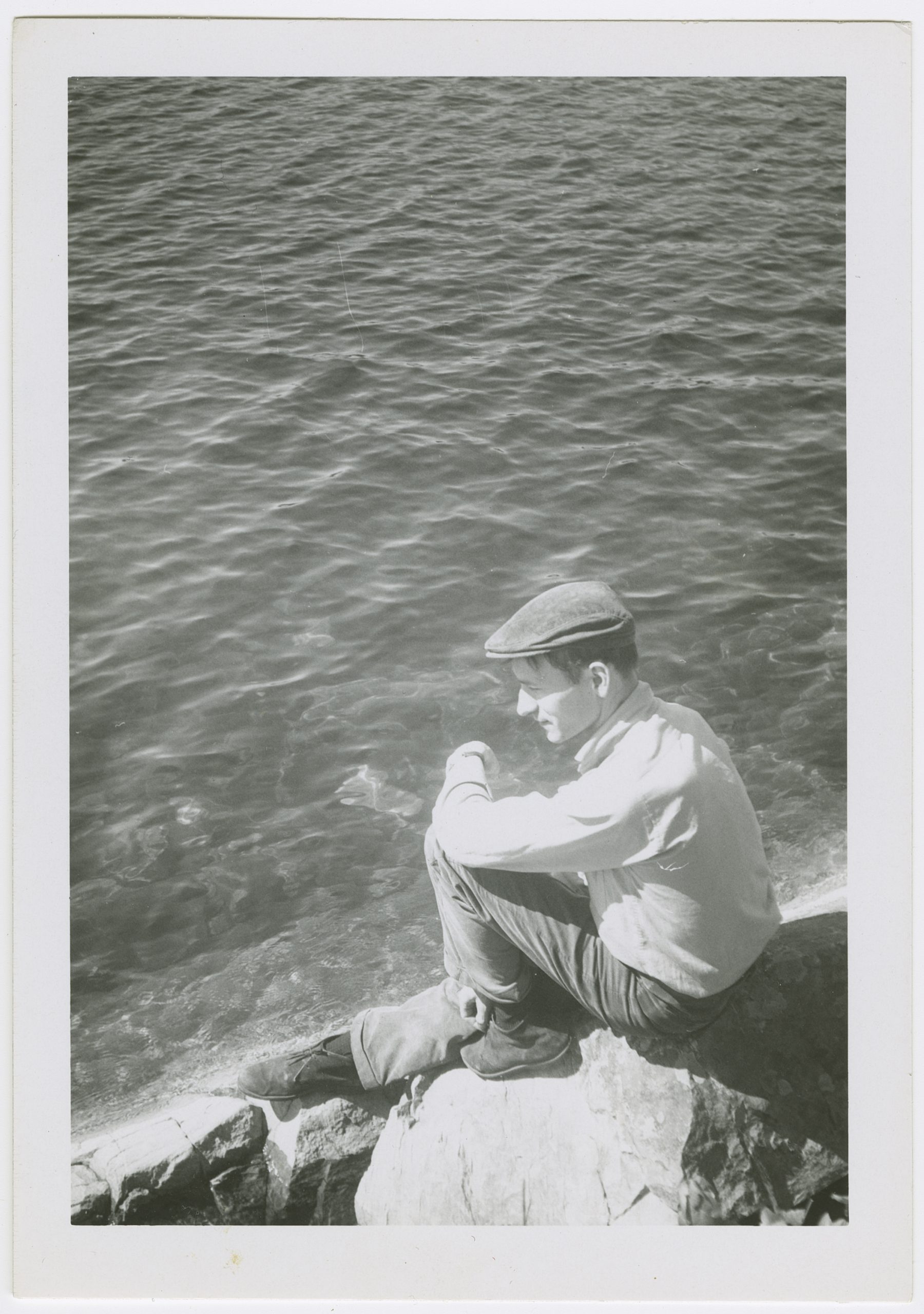
c. 1952
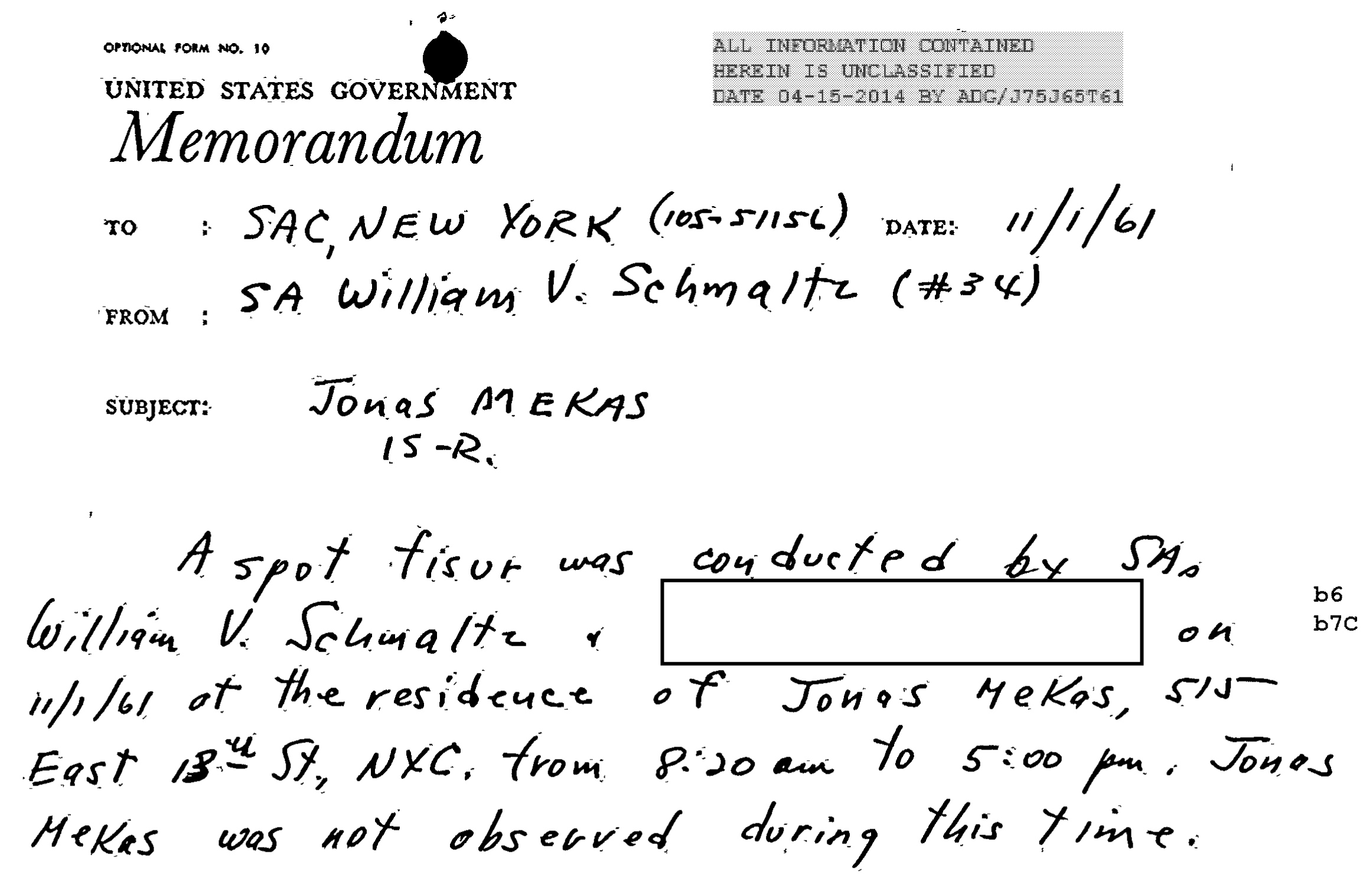
A 1961 US Government memorandum regarding an unsuccessful “spot fisur” (on-the-spot physical surveillance) – one of the many hundred pages of Jonas’s FBI file.
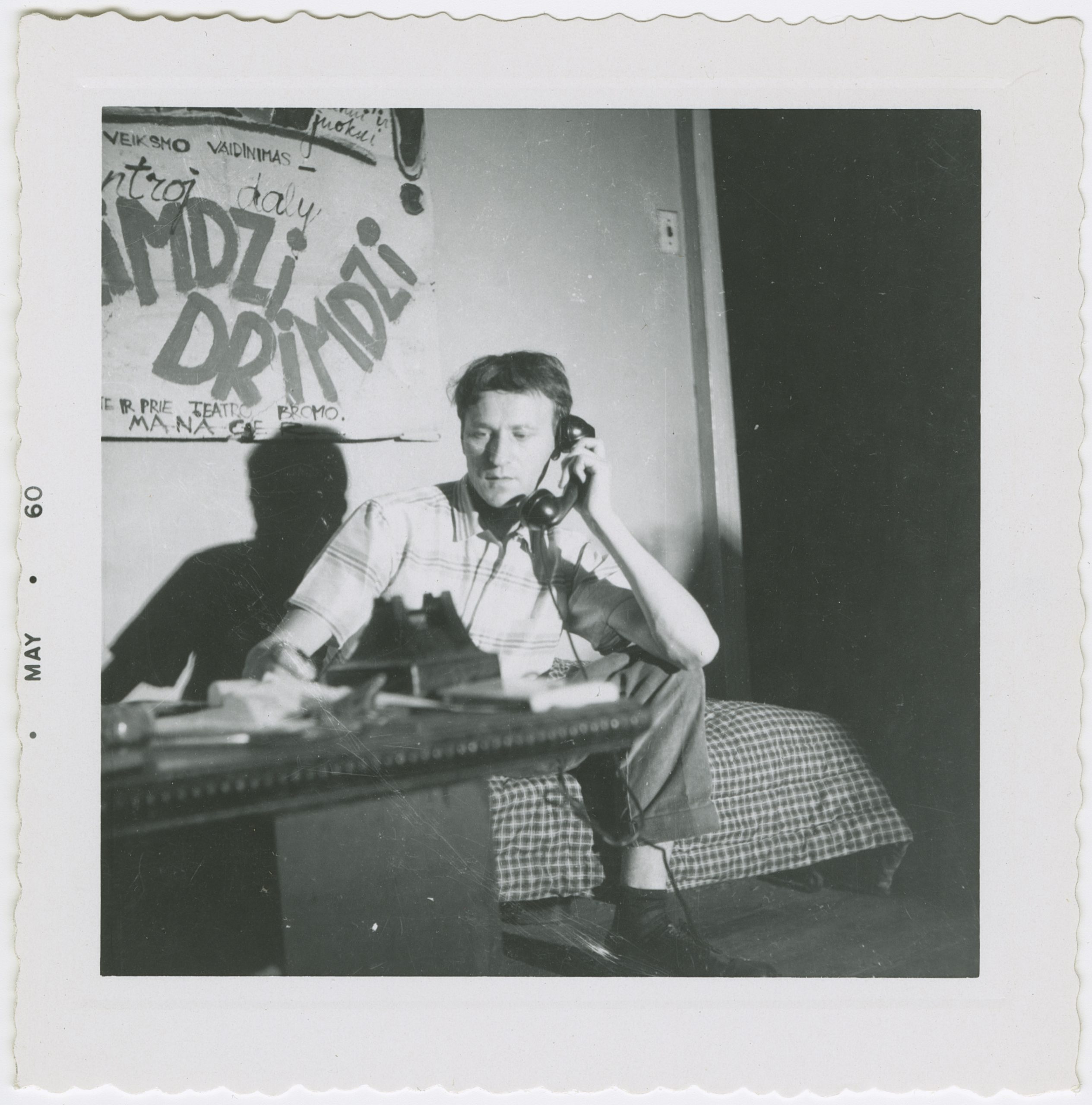
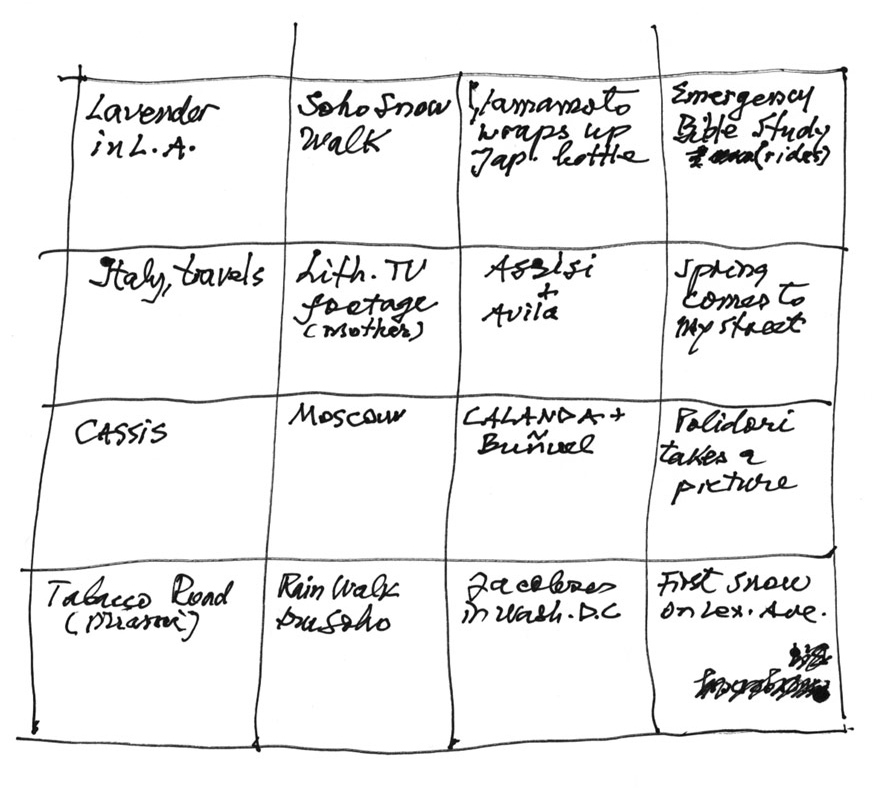
Design for a 16-channel video installation, “The Beast,” presented at the Serpentine Gallery in 2012.
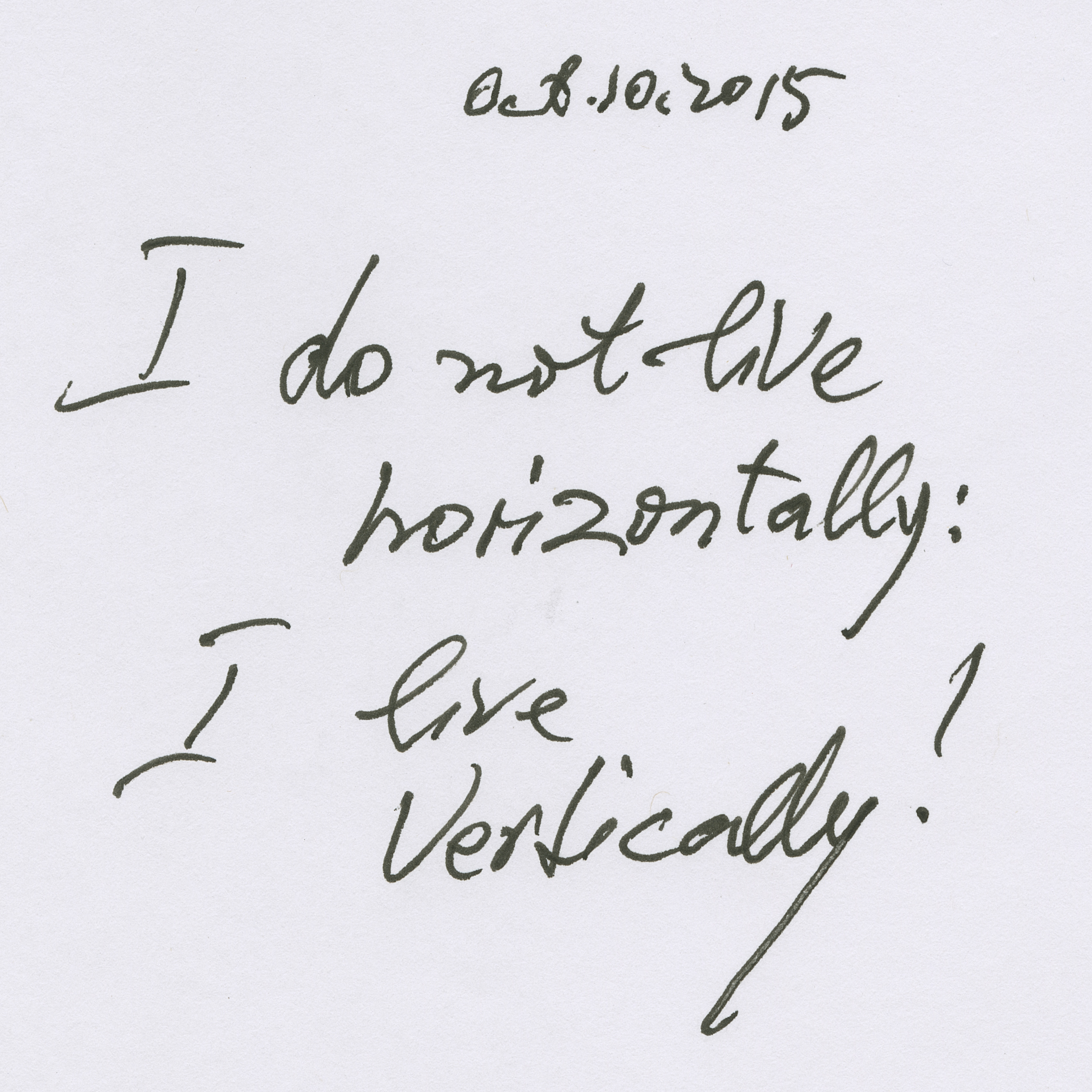
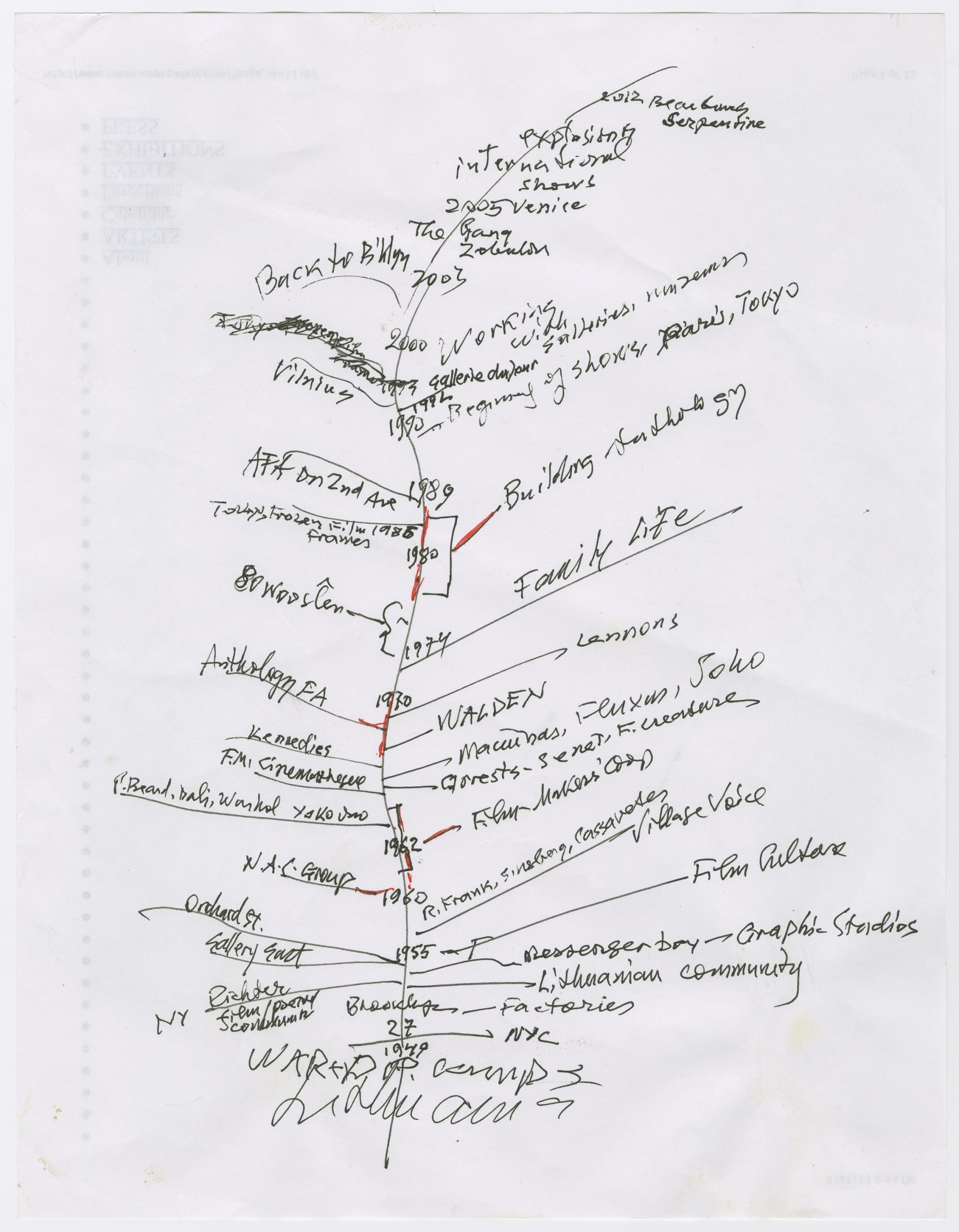
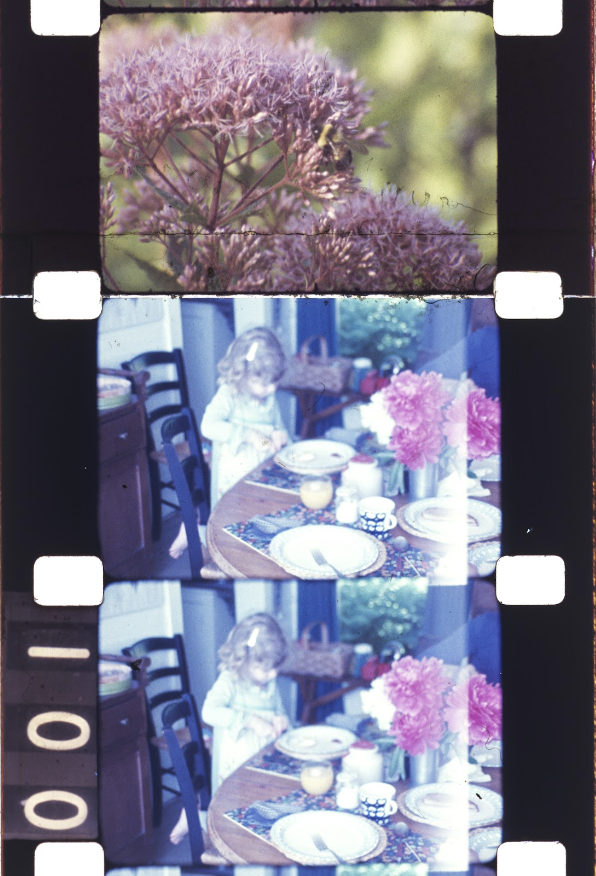
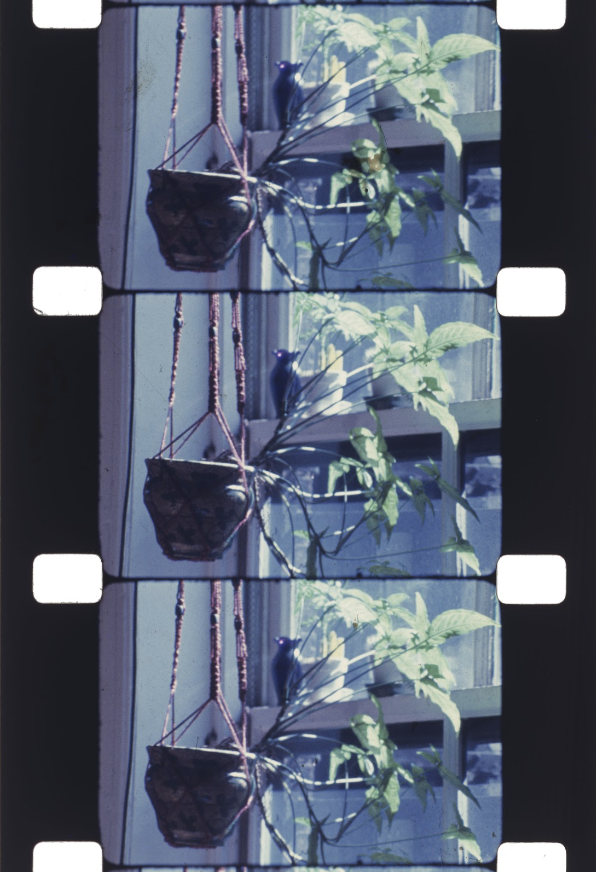
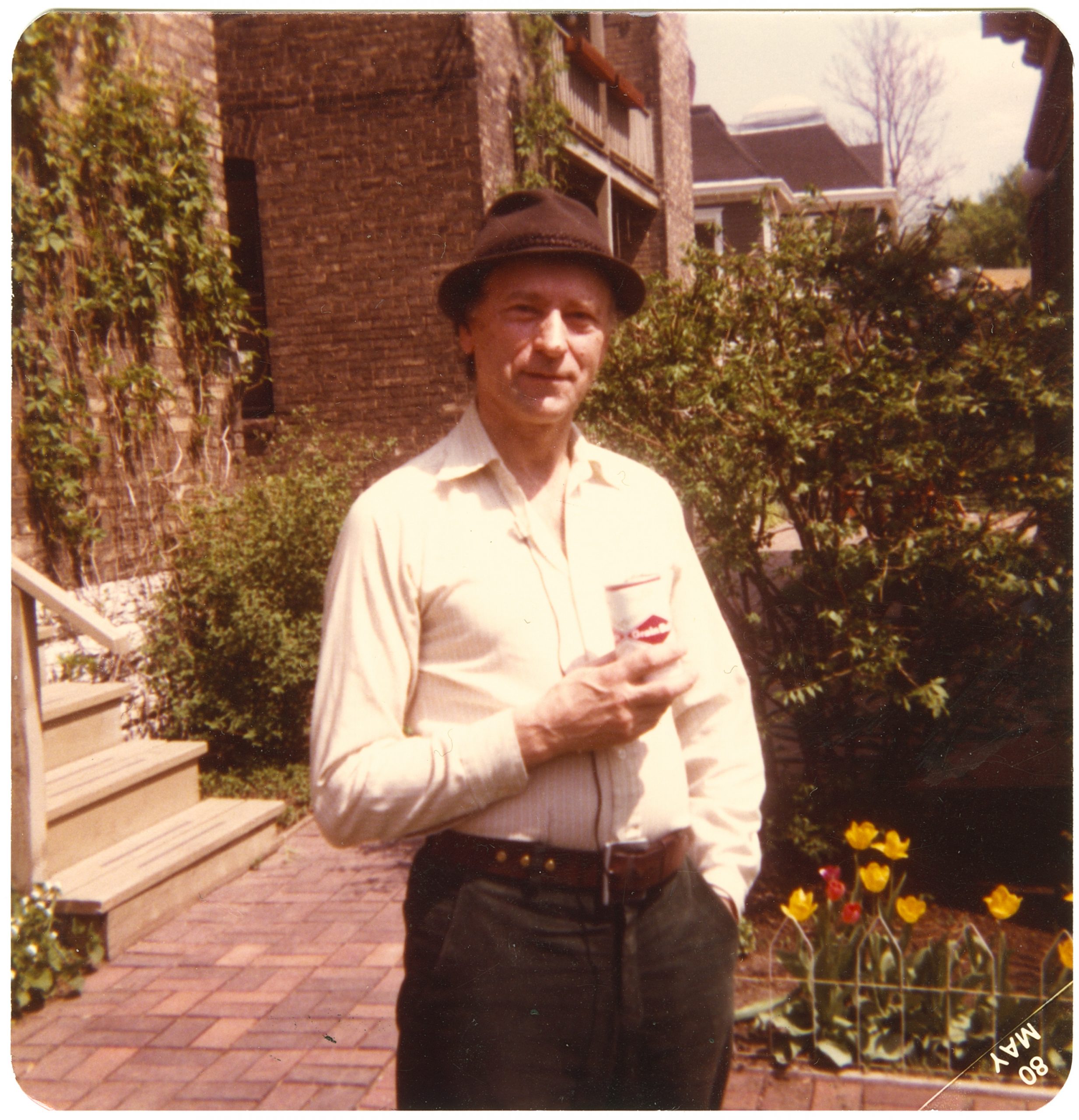
Photo by Sally Dixon, May 1980.
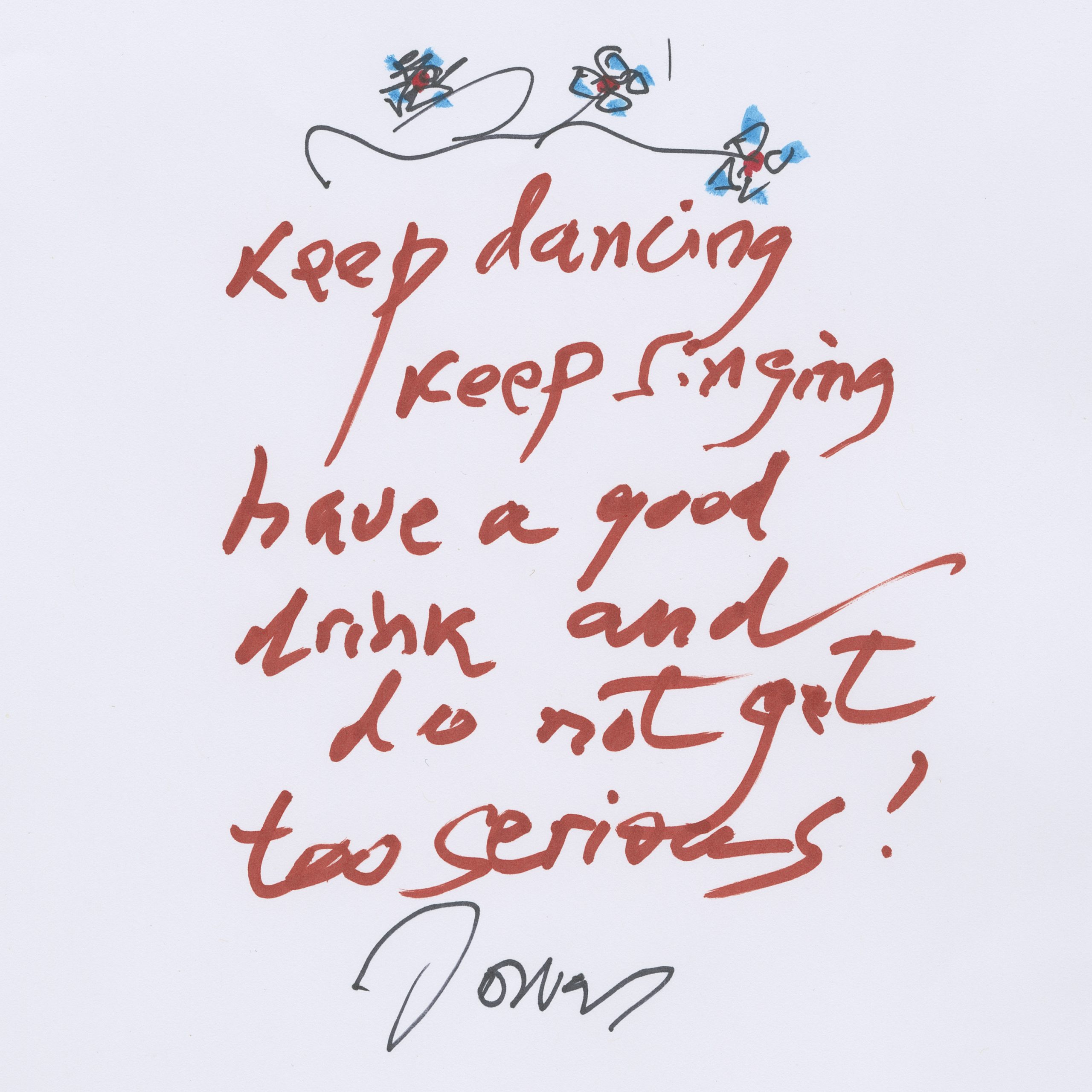
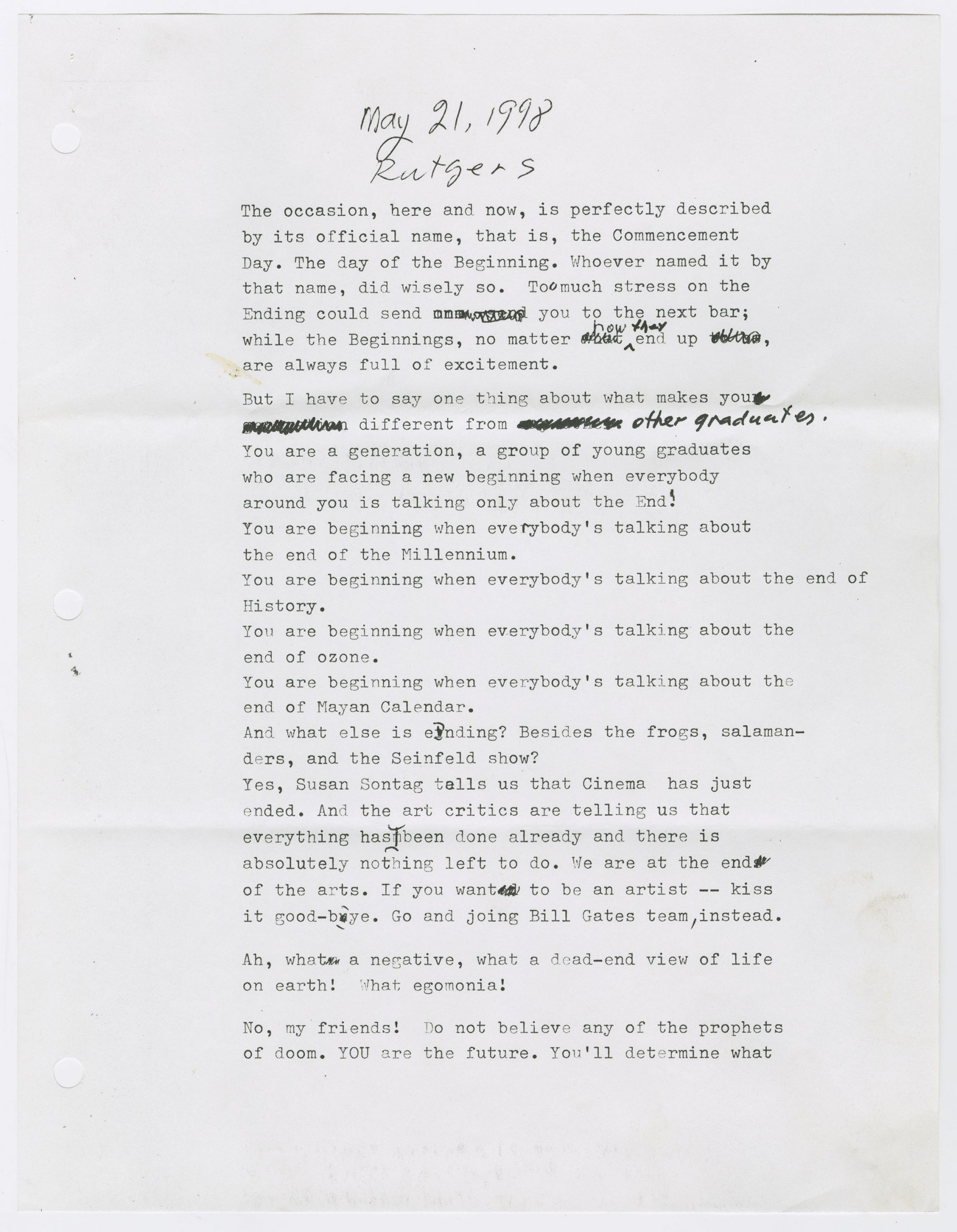
Jonas’ commencement speech given to the 1998 class of the Mason Gross School of the Arts at Rutgers.
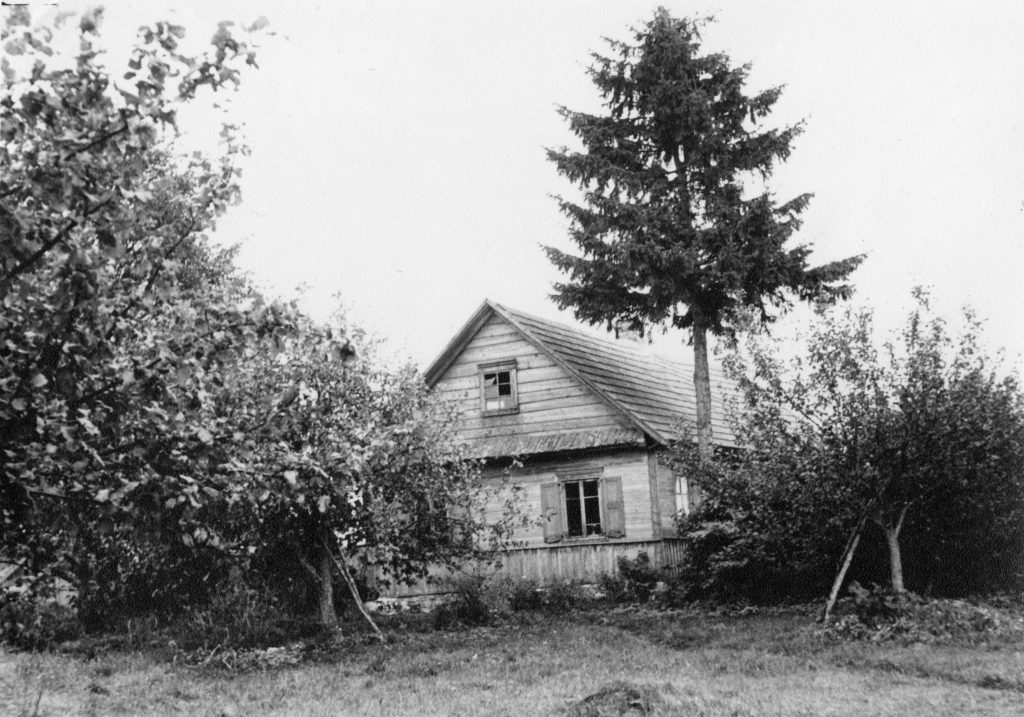
“North end of the house I grew up in. My little writing and reading table was right by the left window.”
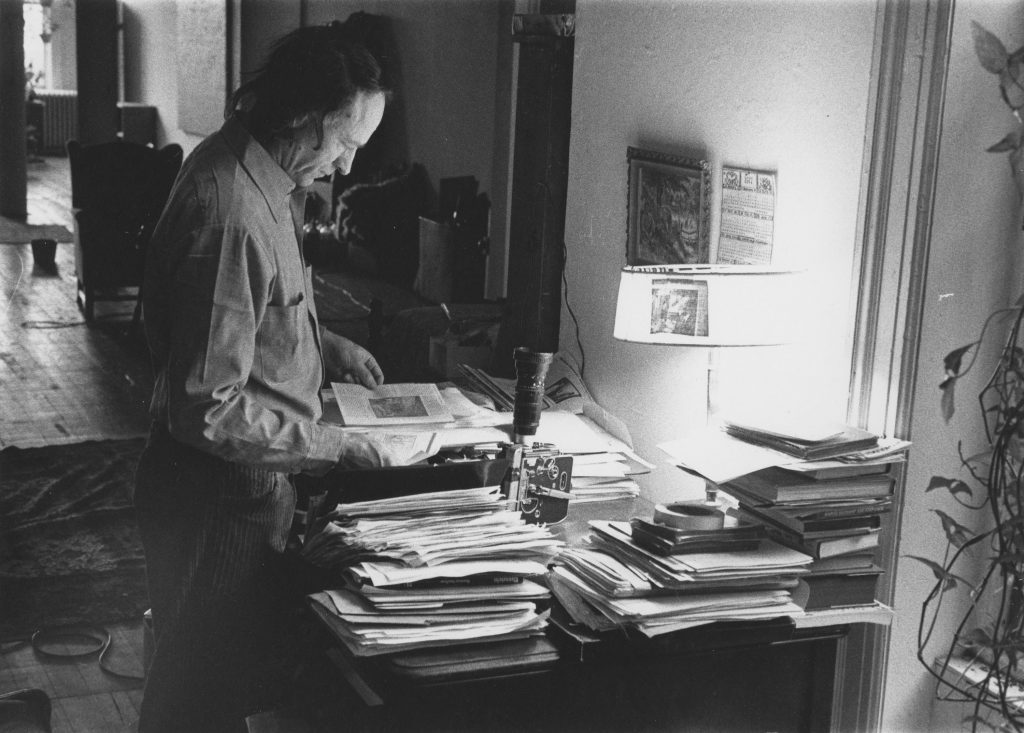
At home, 1977. Photo by Robert Haller (1942-2021).
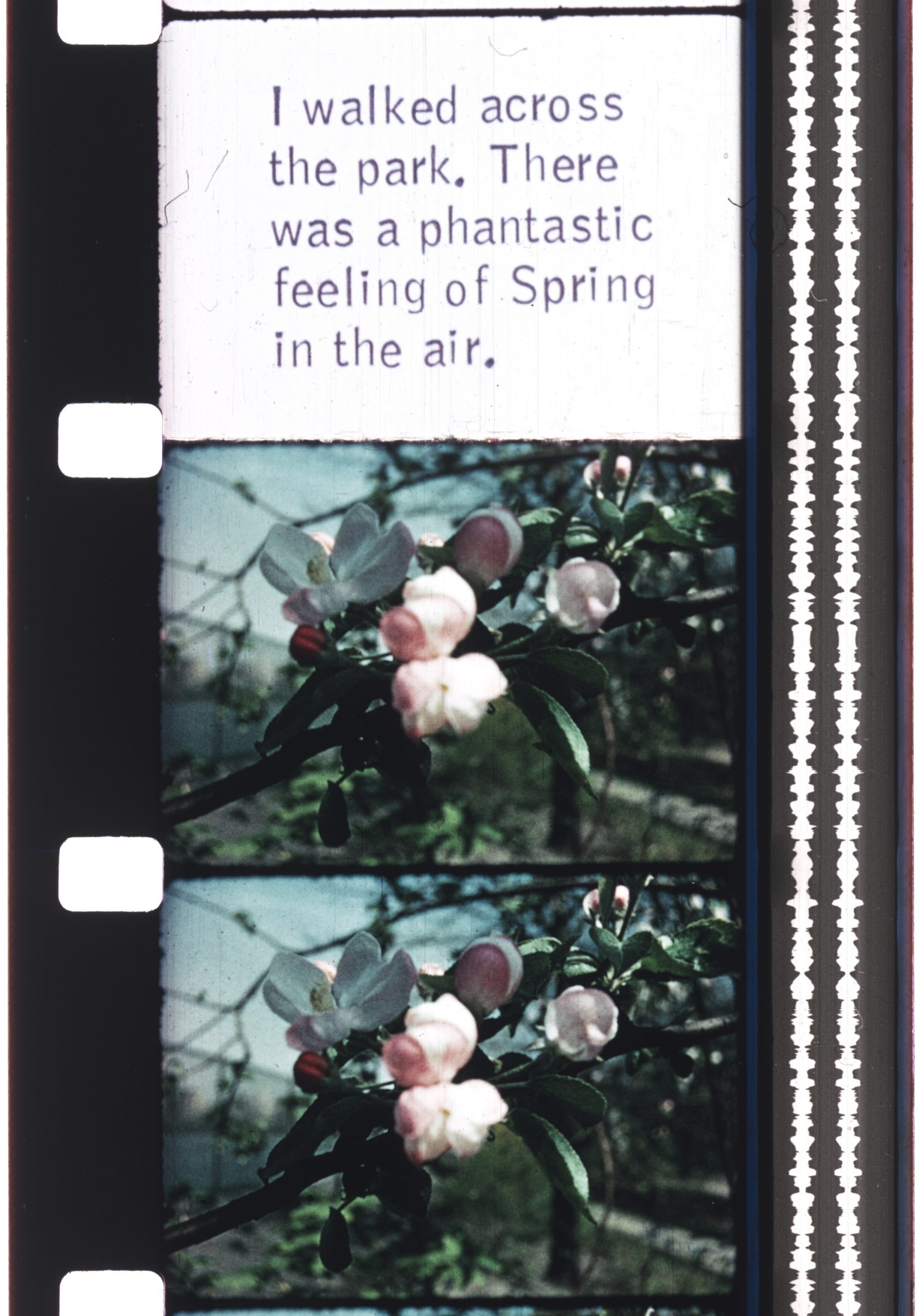
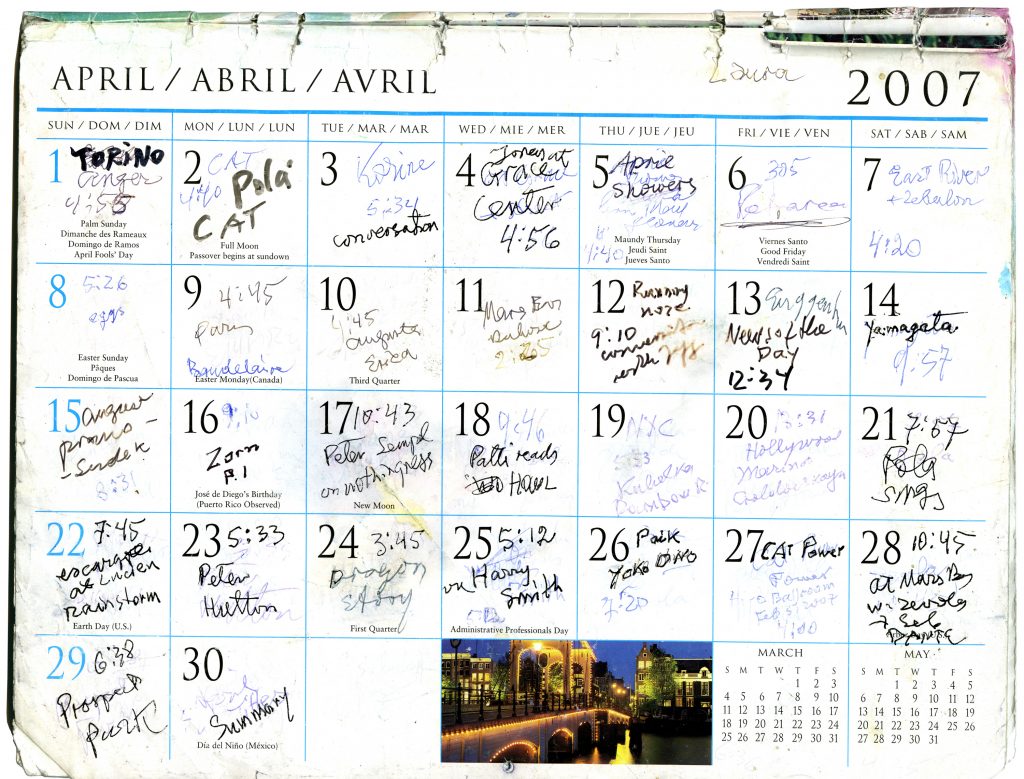
April calendar notes for Jonas’ “365 Day Project,” a yearlong work in which he presented each day a new video on his website.
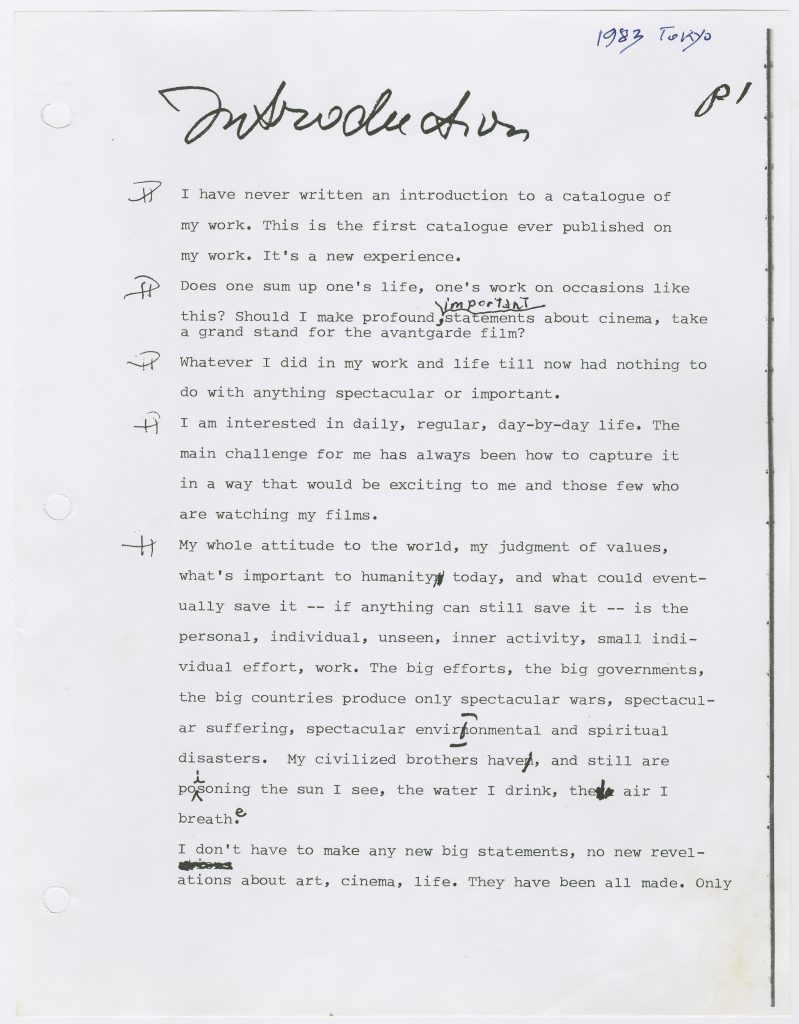
Introduction for the catalogue of Jonas’ first exhibition, at the Hara Museum of Contemporary Art in Tokyo, 1983.
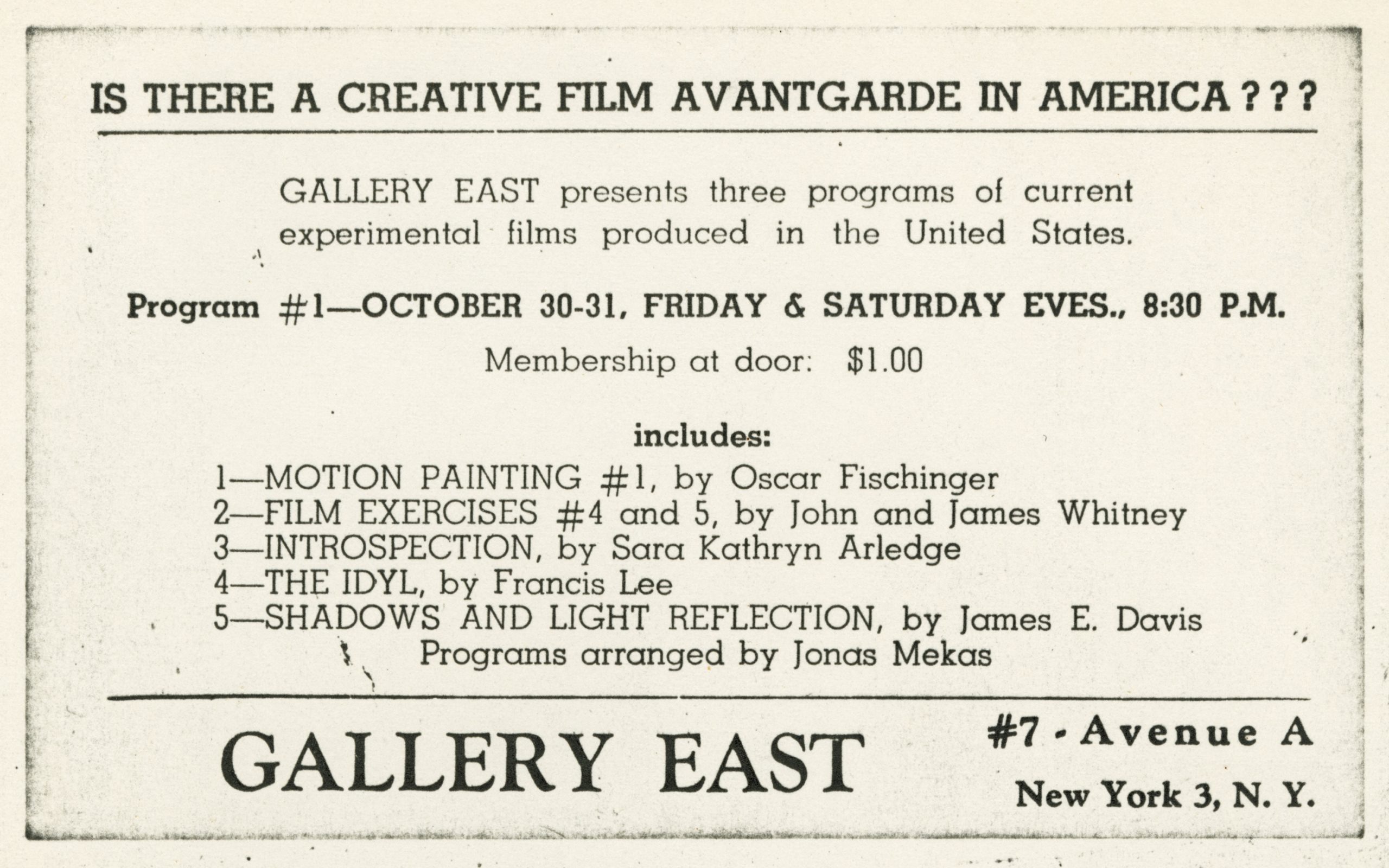
The announcement for Jonas’ first serious venture into film programming. At Cinema East, October 1953, shortly after he moved from Williamsburg to Orchard Street. The subsequent two programs included works by Kenneth Anger, Gregory Markopoulos and Maya Deren.
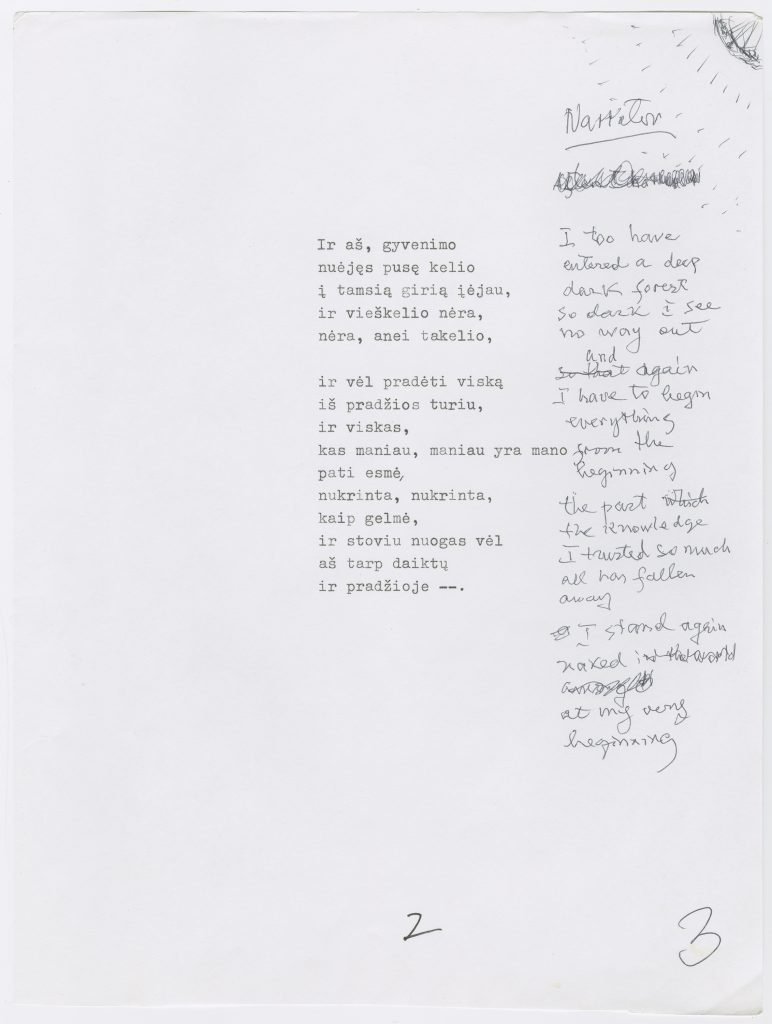
The opening lines of Jonas’ Lithuanian-language play “Pati pradžios pradžia” (“The Very Beginning of the Beginning”) along with Jonas’ handwritten translation. The complete translation will be published in 2022 on the occasion of Jonas’ centennial.
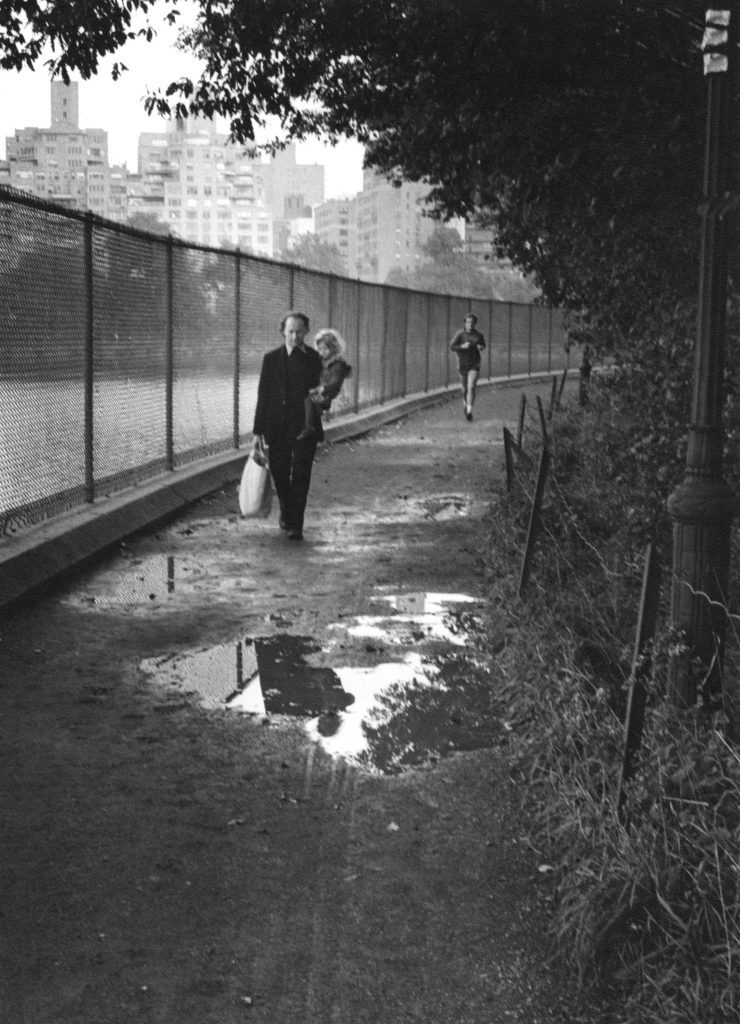
Jonas and his daughter, Oona, by the Central Park Reservoir, c. 1976. Photo by Hollis Melton.
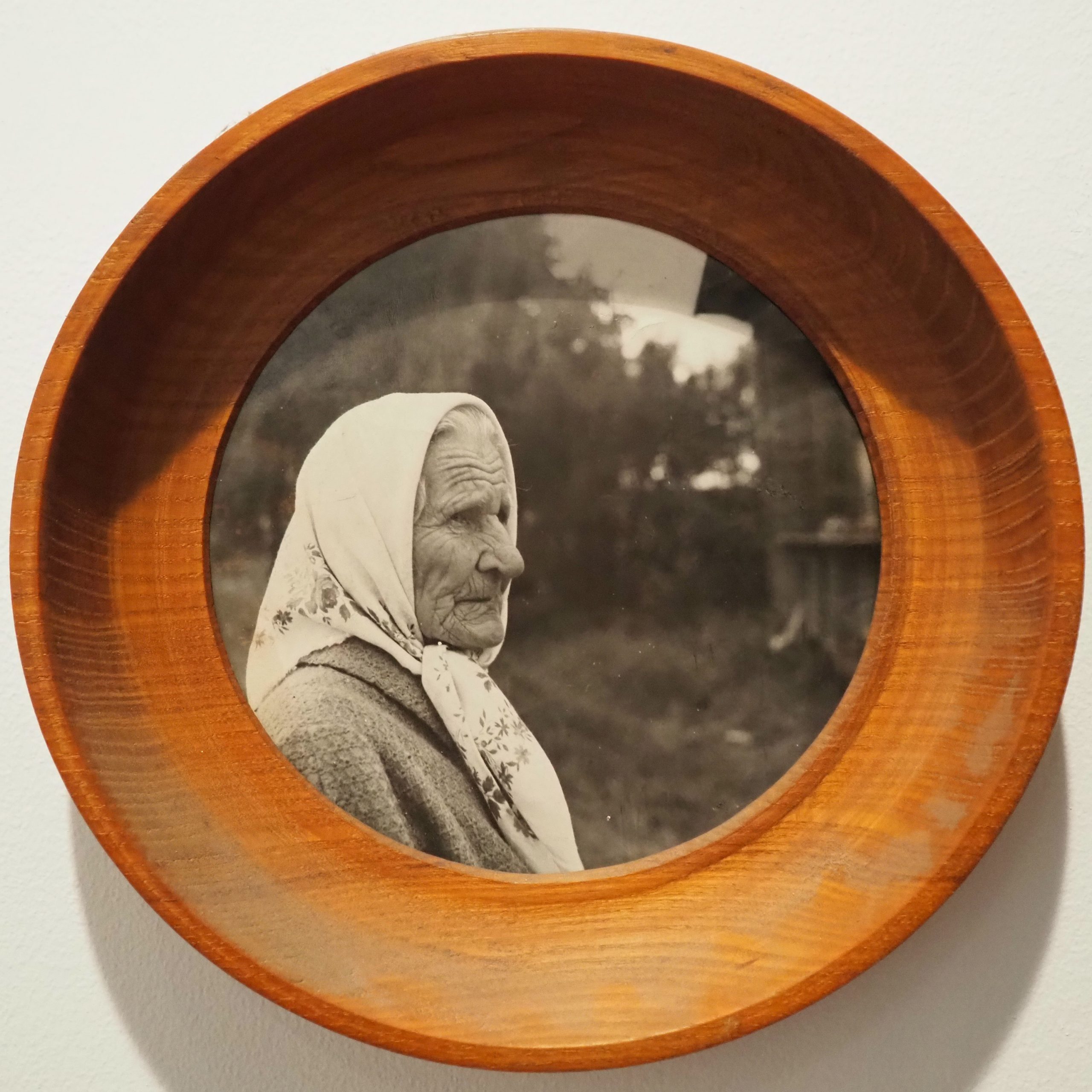
A photograph of Jonas’ mother, Elzbieta, that was always on the wall beside his editing table.
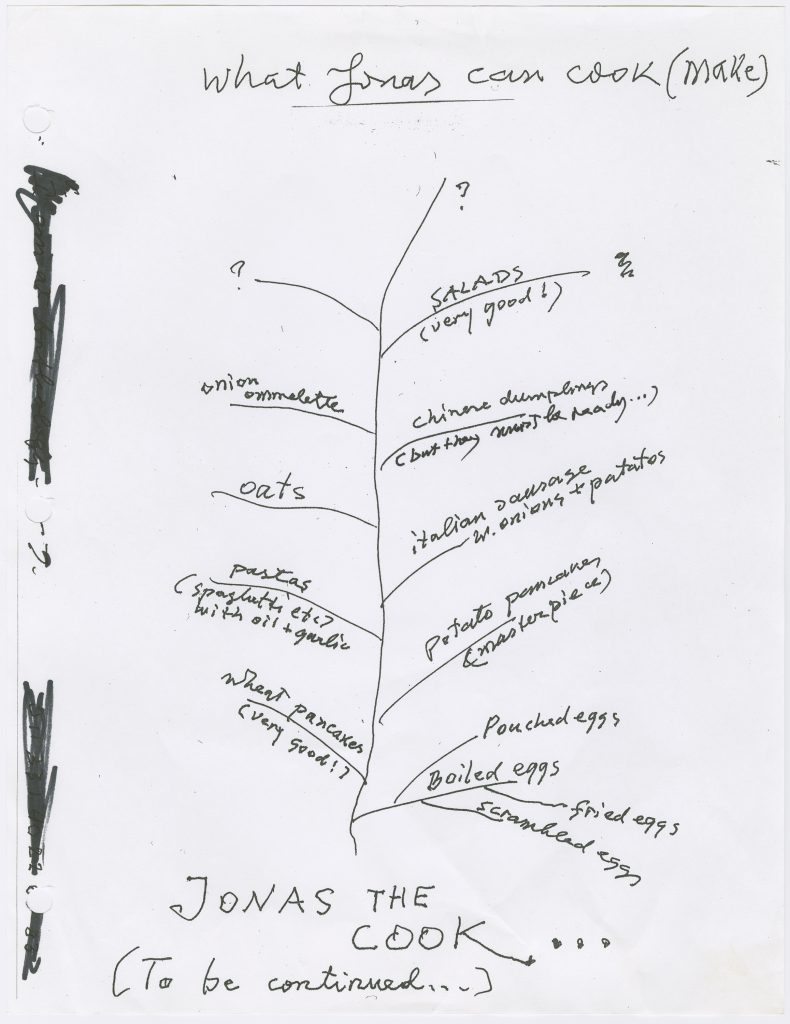
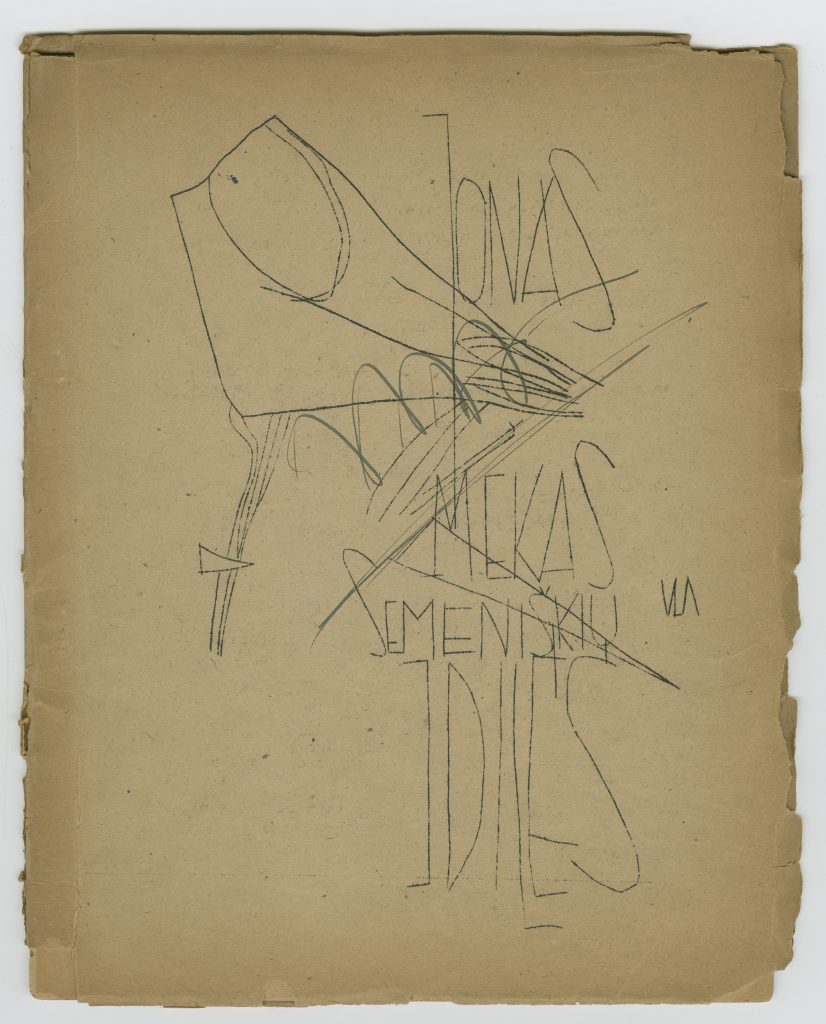
The first edition of “Semeniškiū idilės” (“Idylls of Semeniškiai”) — Jonas’ first volume of poetry — published in Kassel, Germany, 1948. Cover illustration by Leonas Lėtas.
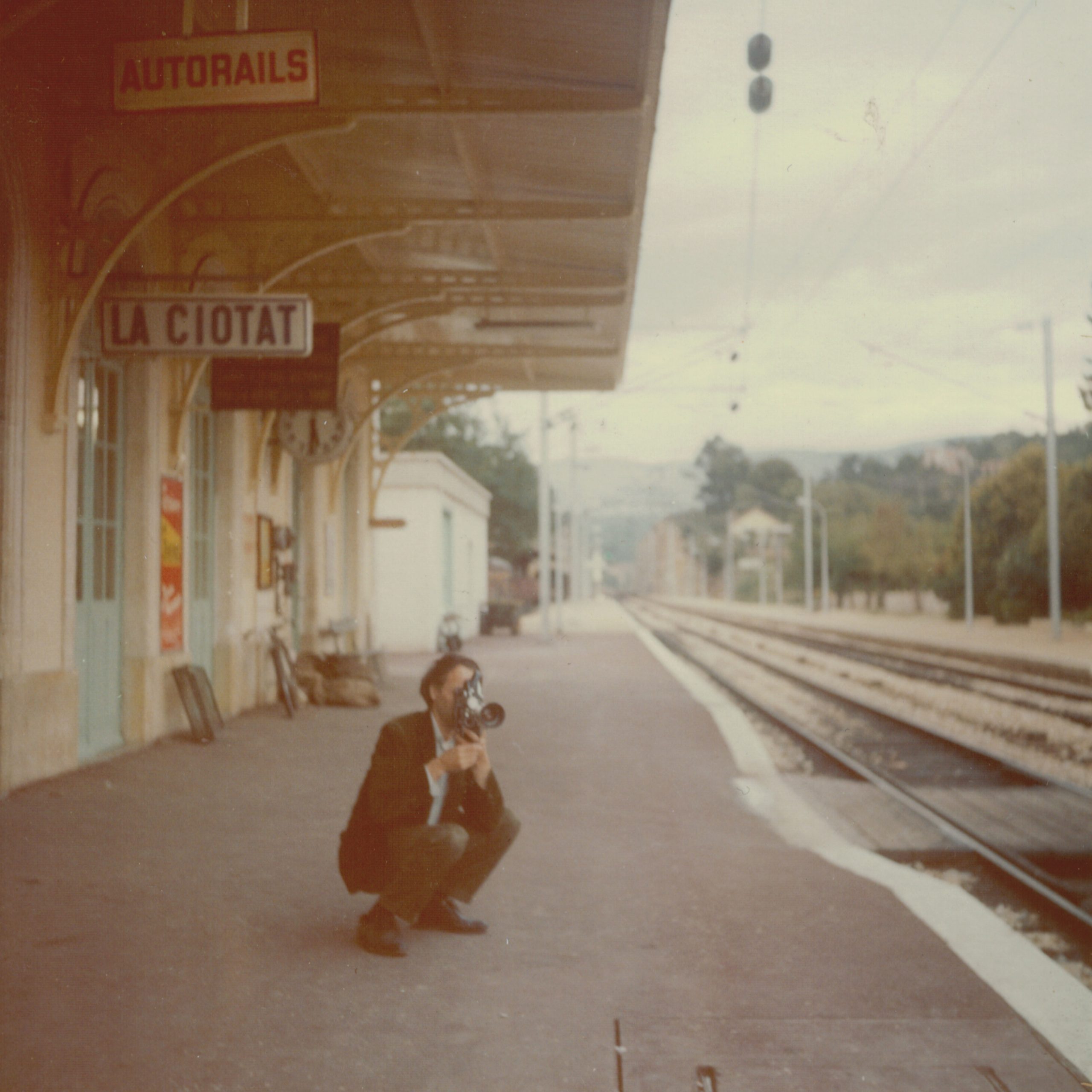
C. 1966. Photo by Jerome Hill.
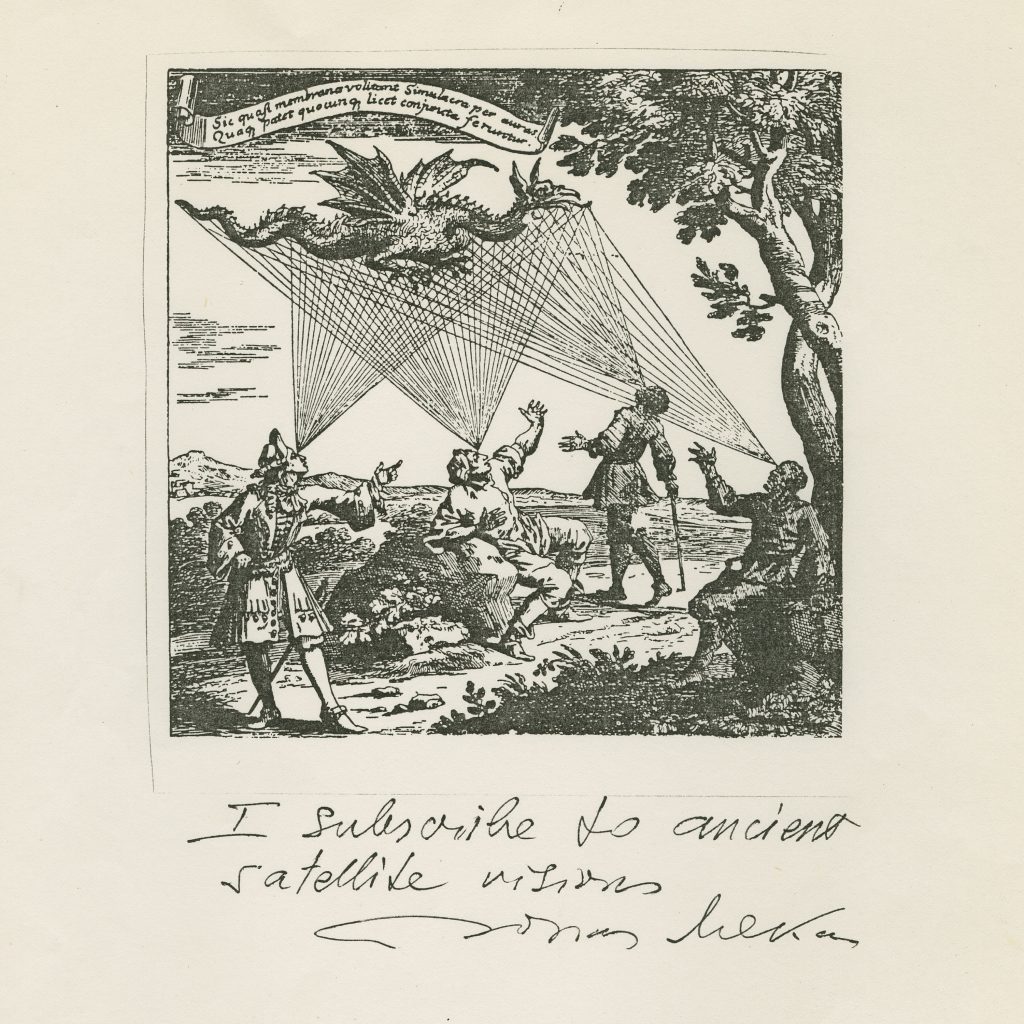
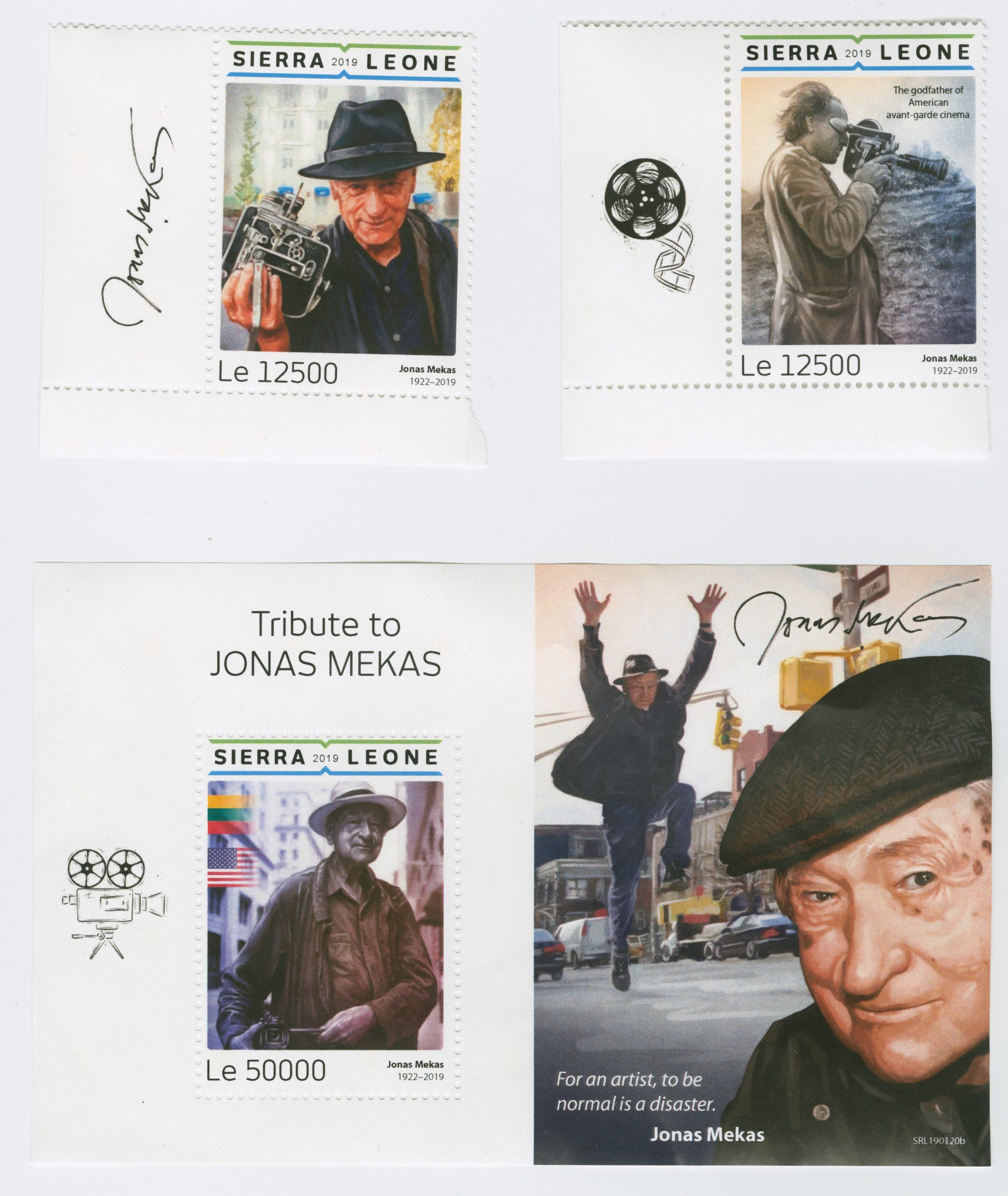
Official stamps of the Republic of Sierra Leone, released January 30th, 2019, a week after Jonas’s passing.
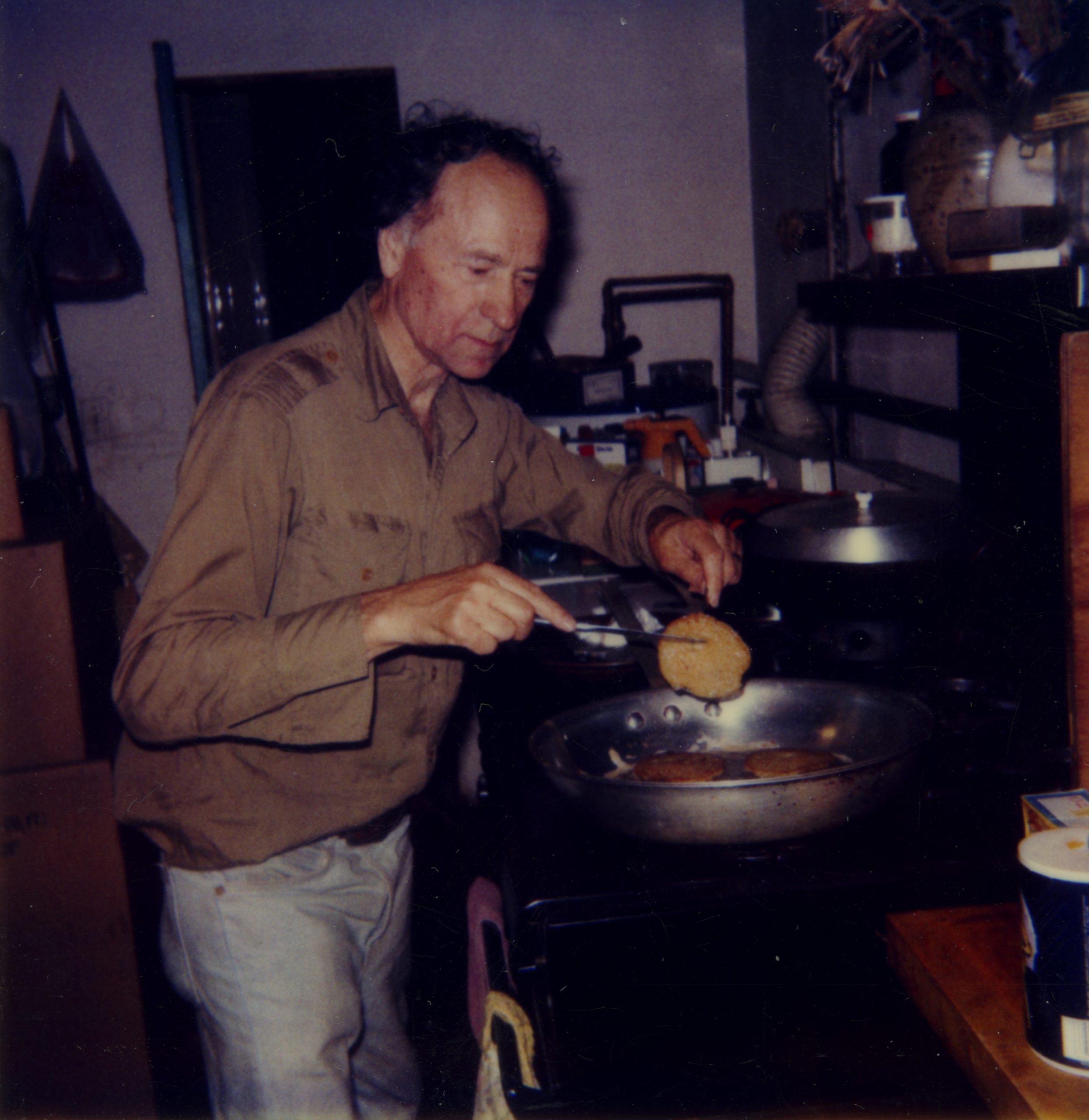
Jonas preparing potato pancakes, following the recipe of his mother.
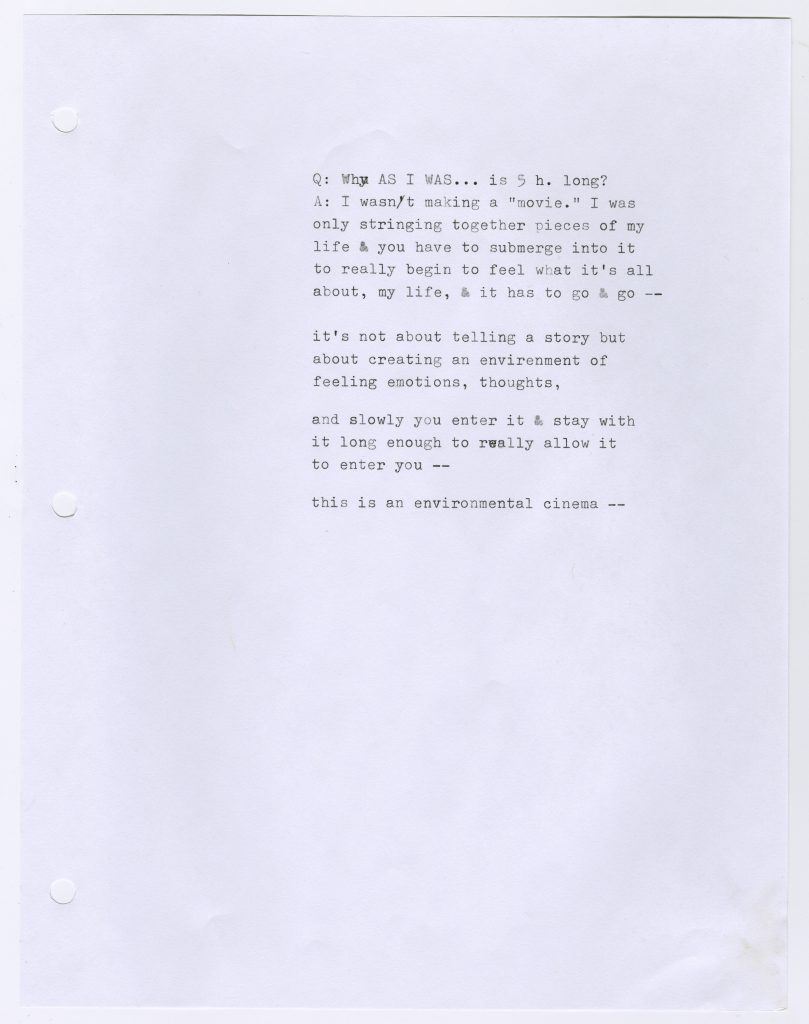
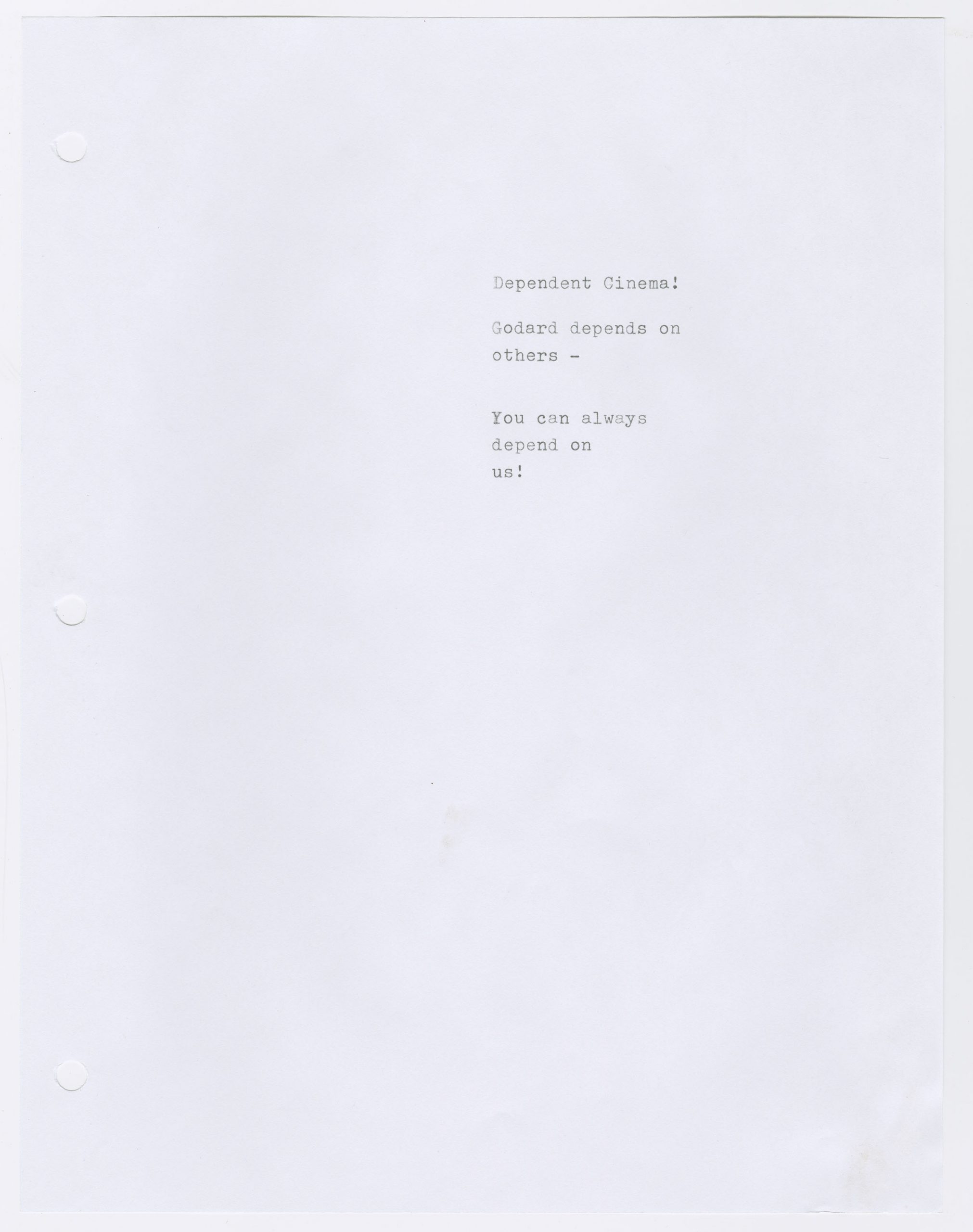
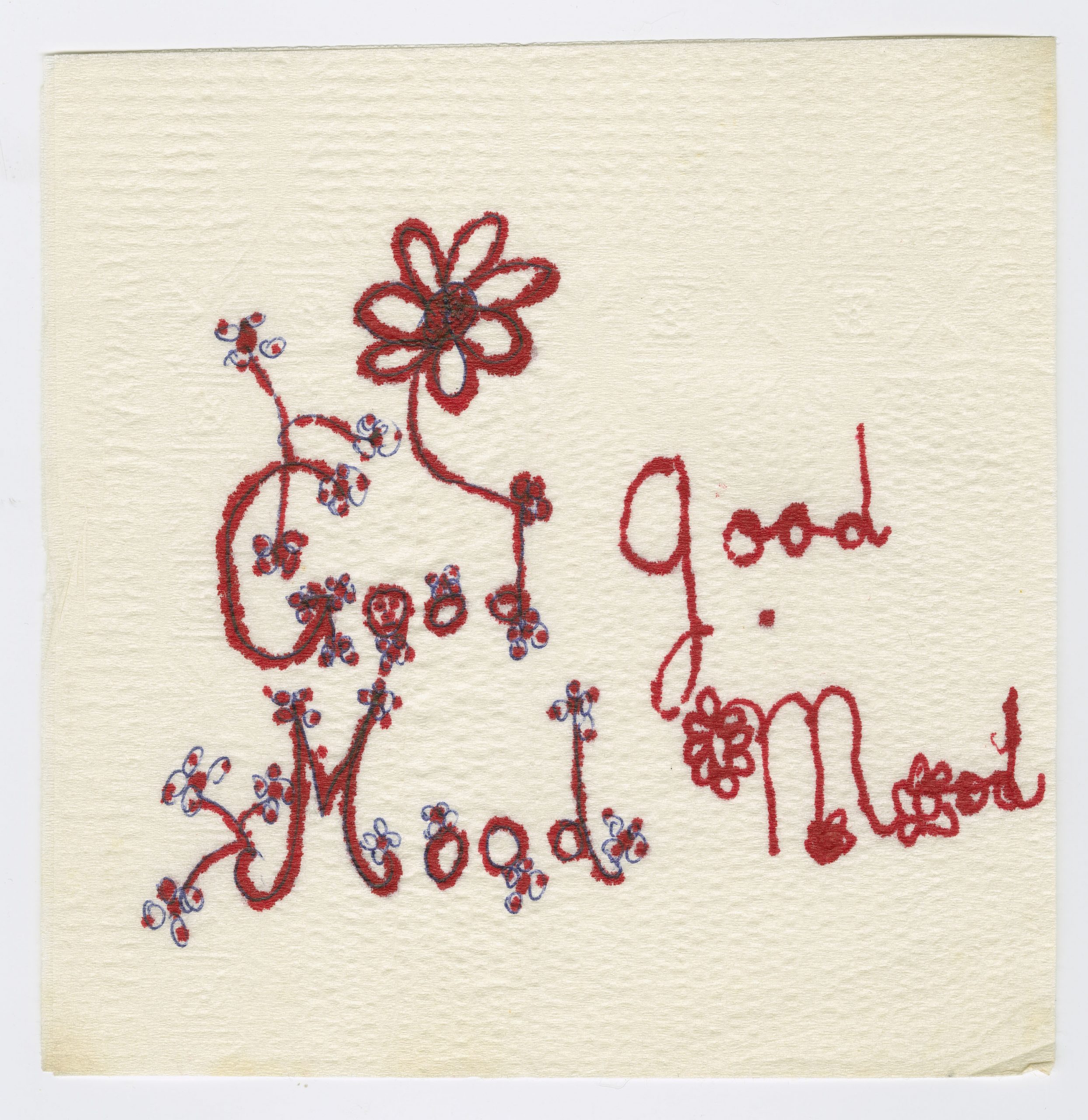
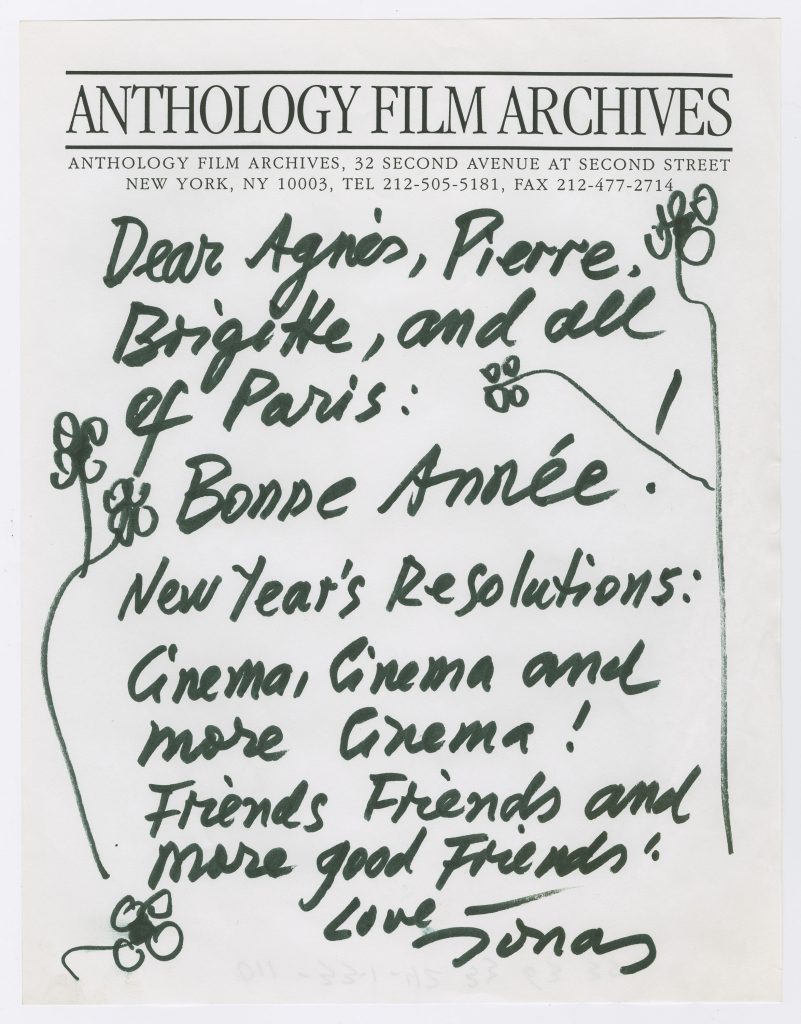
Fax letter, c. 1998
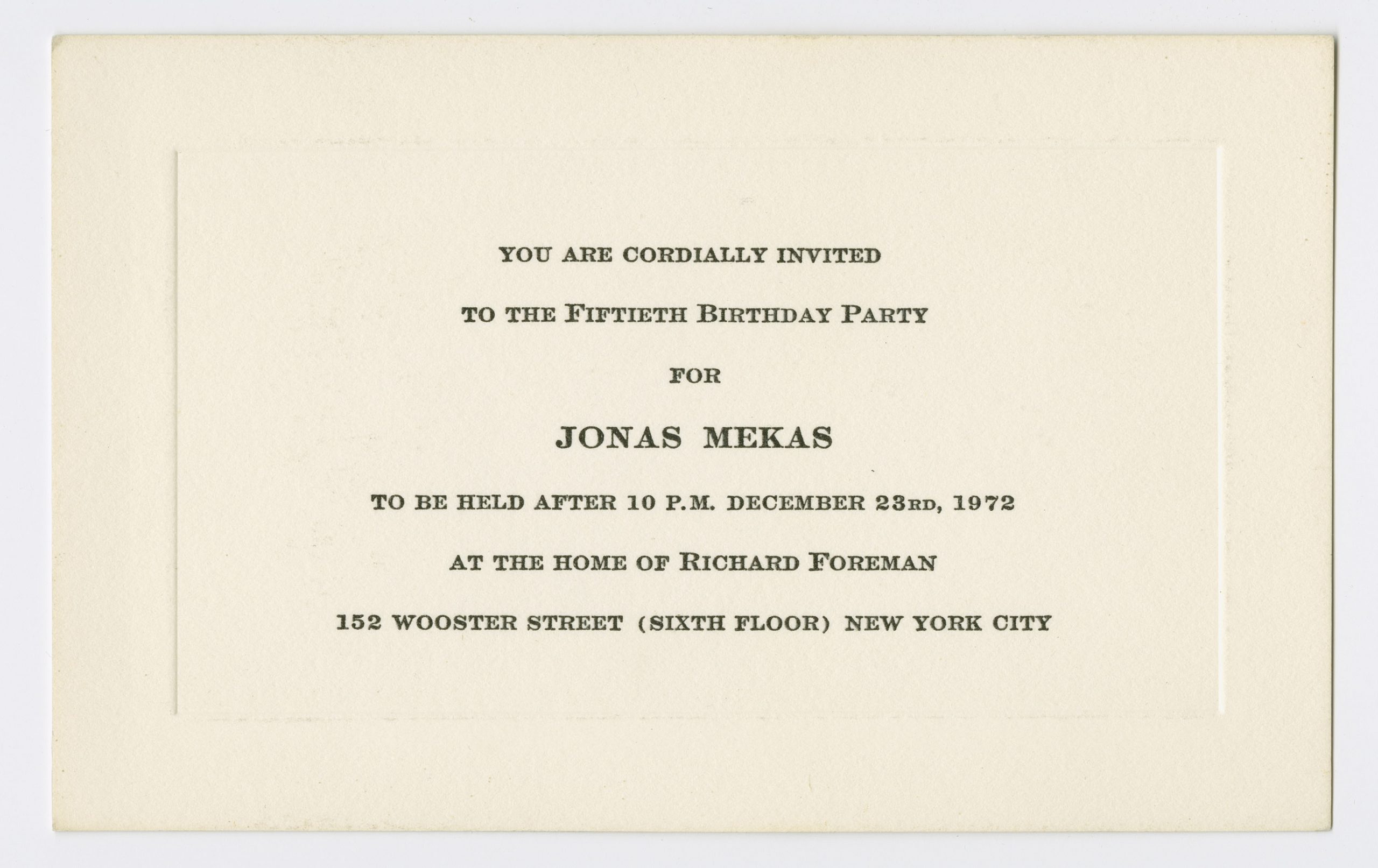
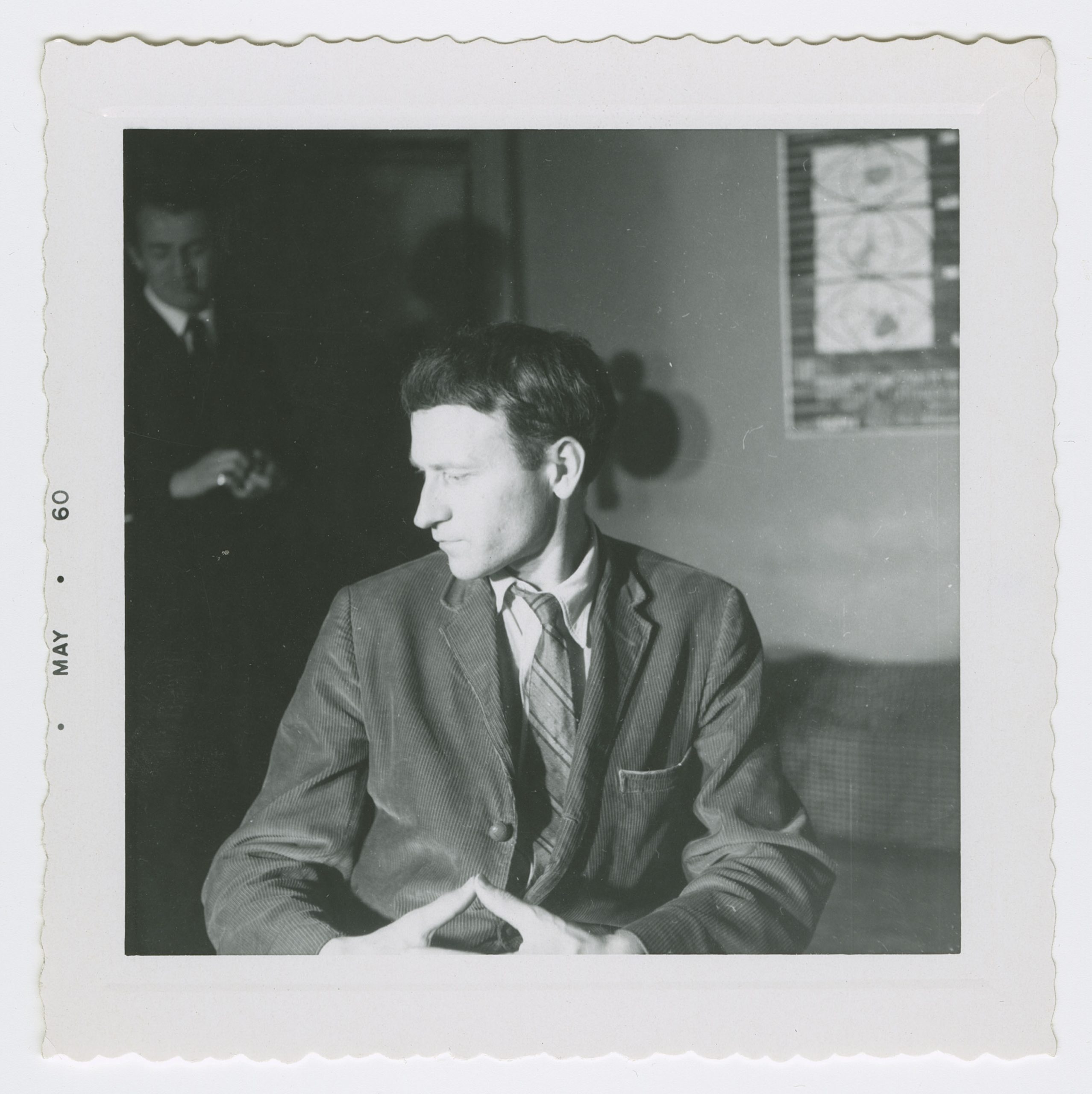
Photo by Adolfas Mekas, May 1960.
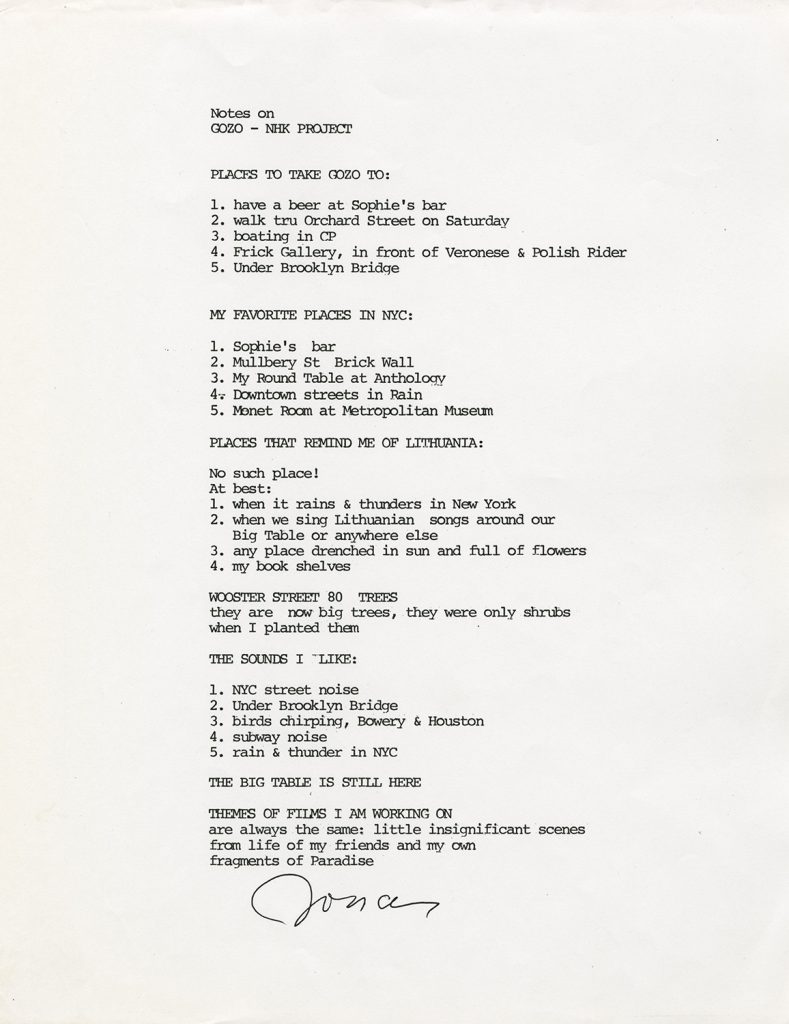
Notes on GOZO [Yoshimasu] – NHK PROJECT, c. 1995.
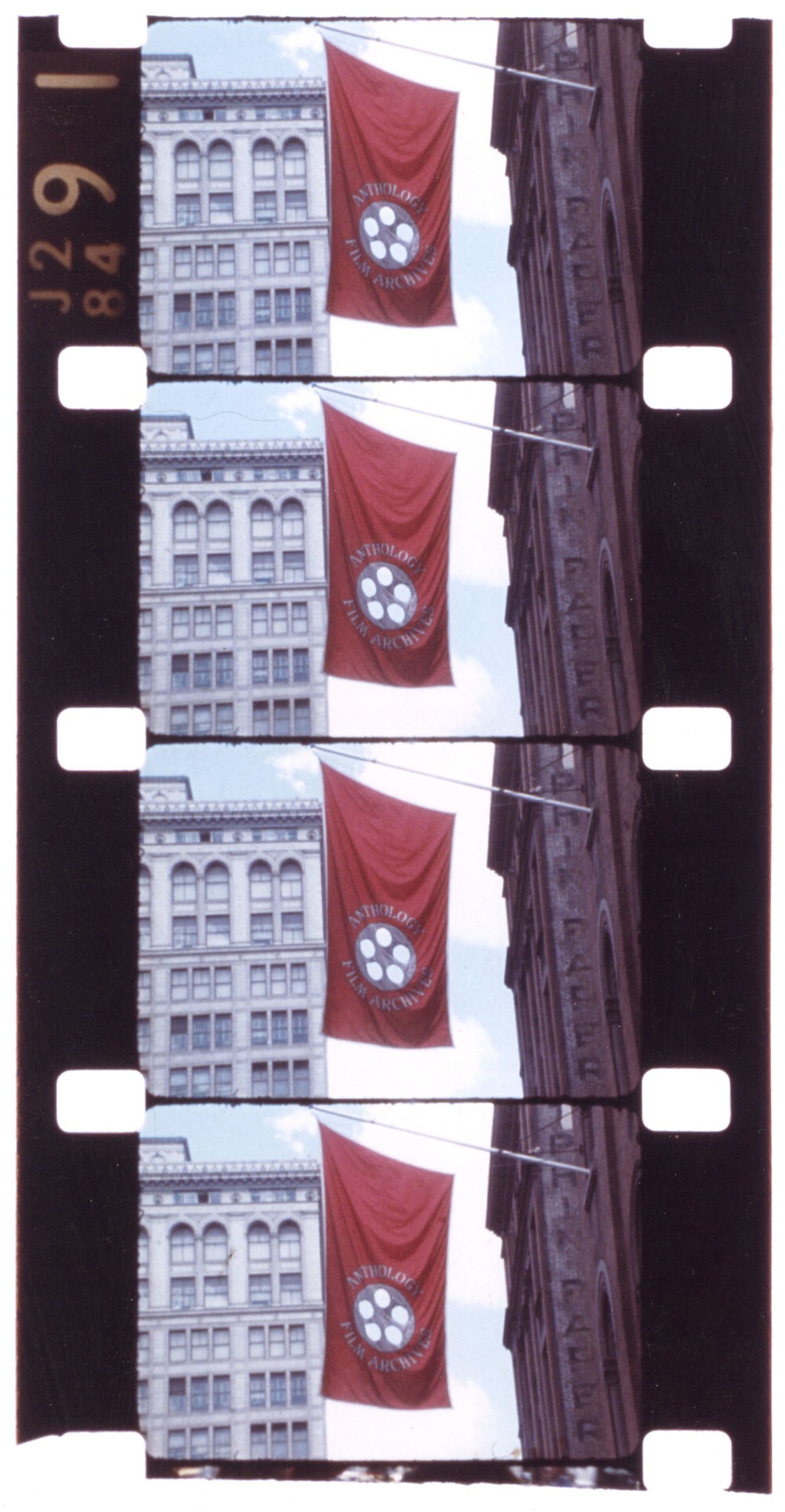
16mm still of Anthology Film Archives, 1970, at its first location on 425 Lafayette Street, with banner designed by Jerome Hill.
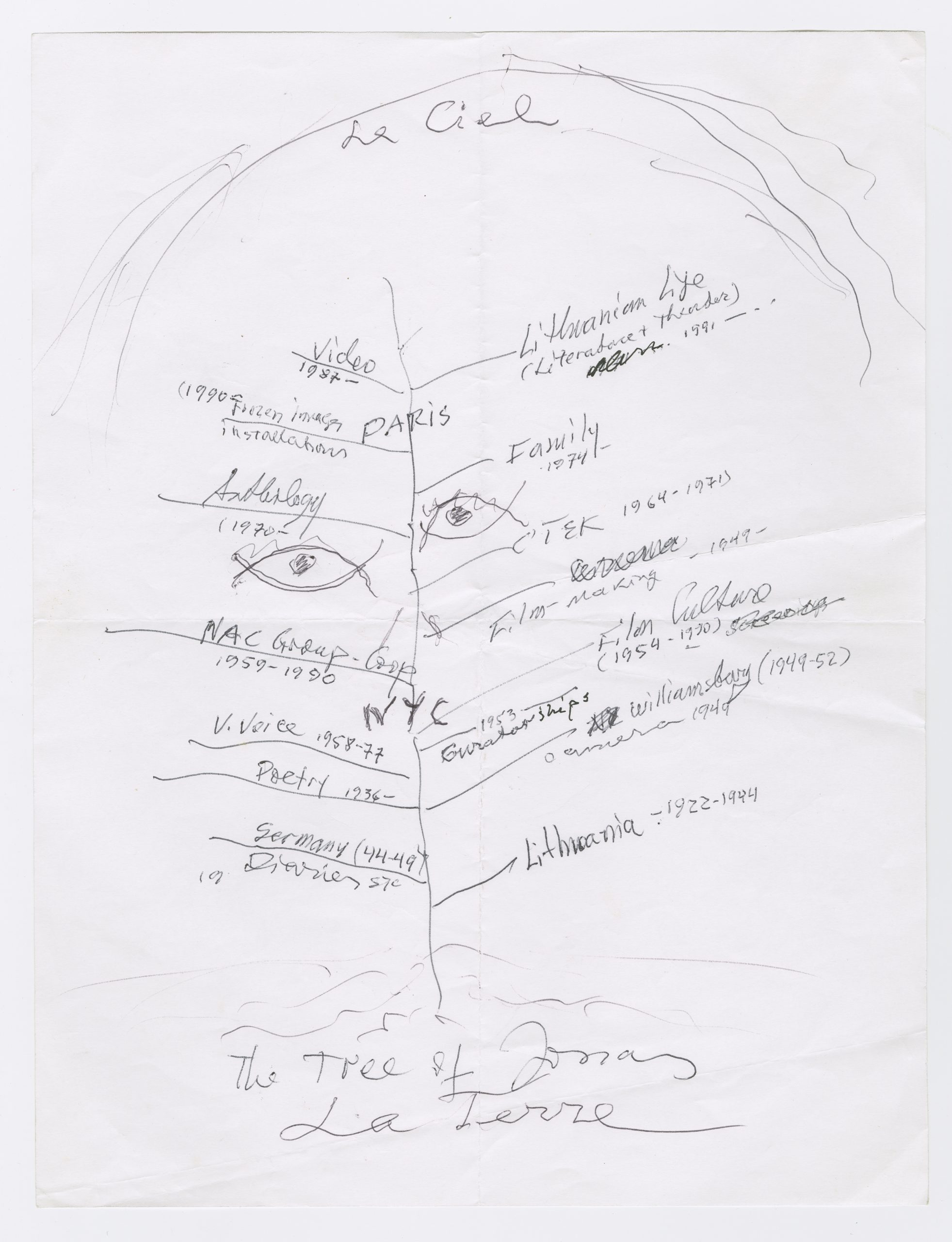
Untitled drawing on paper, c.1997
